KUZU x Bower Cafe
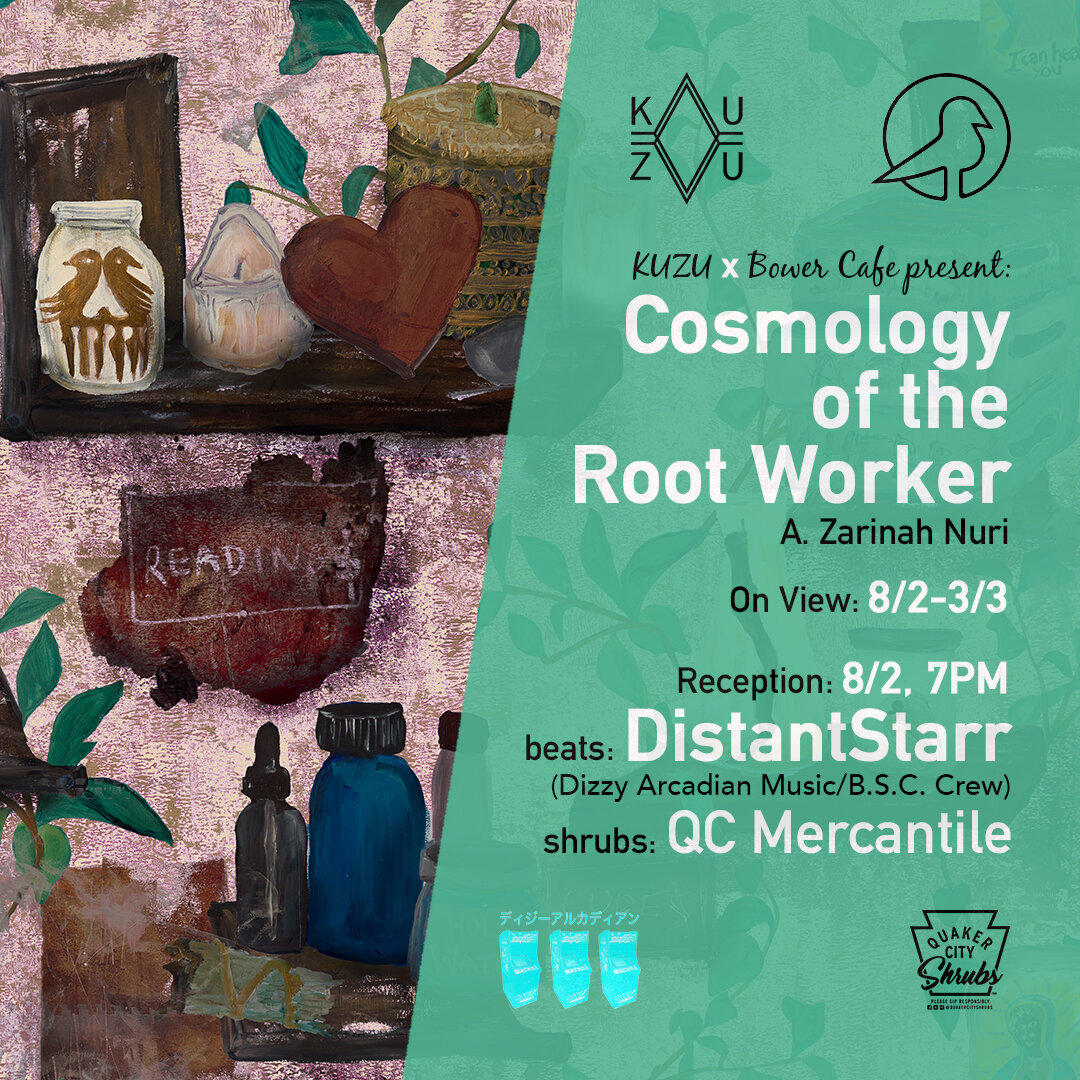
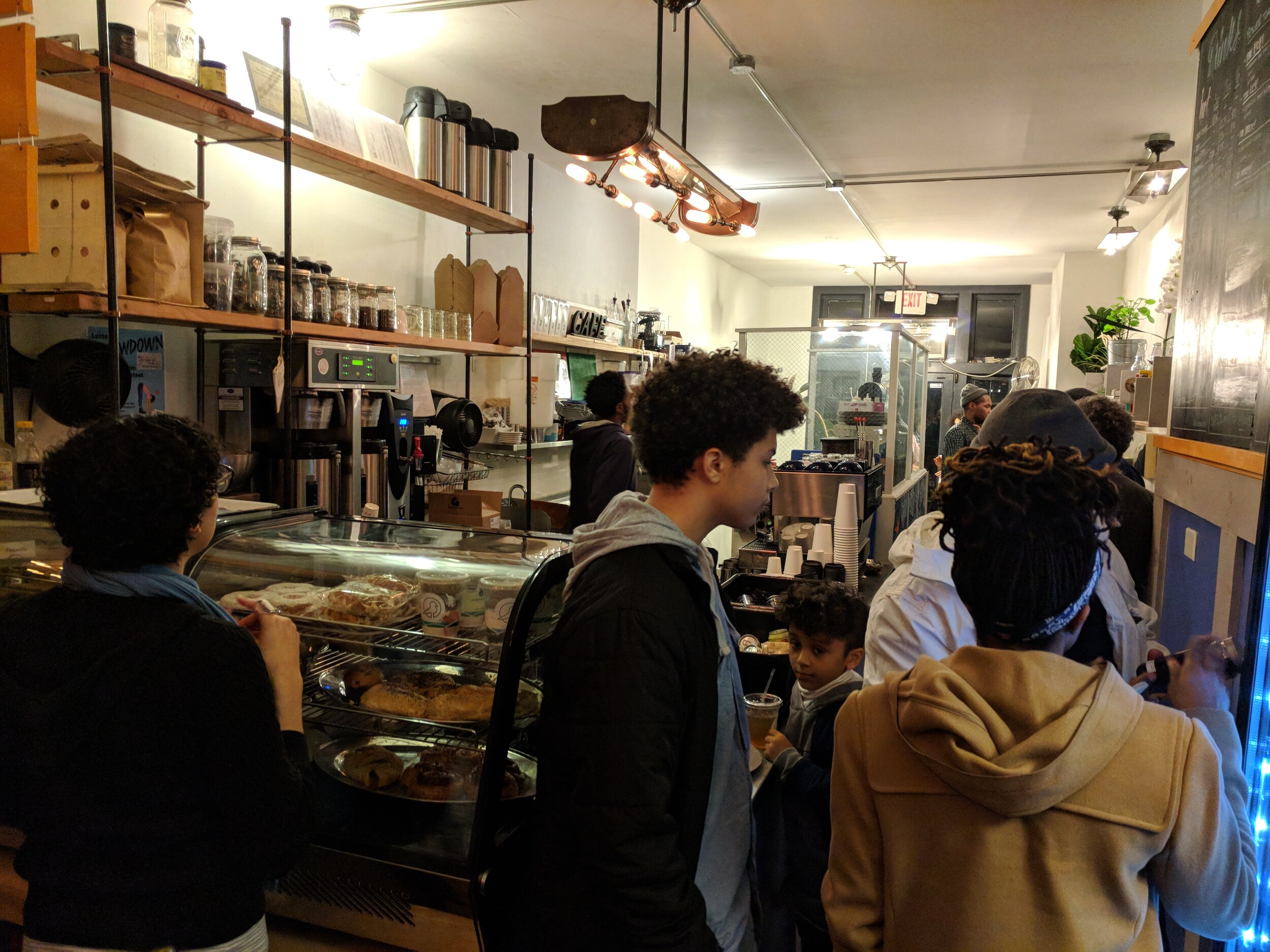

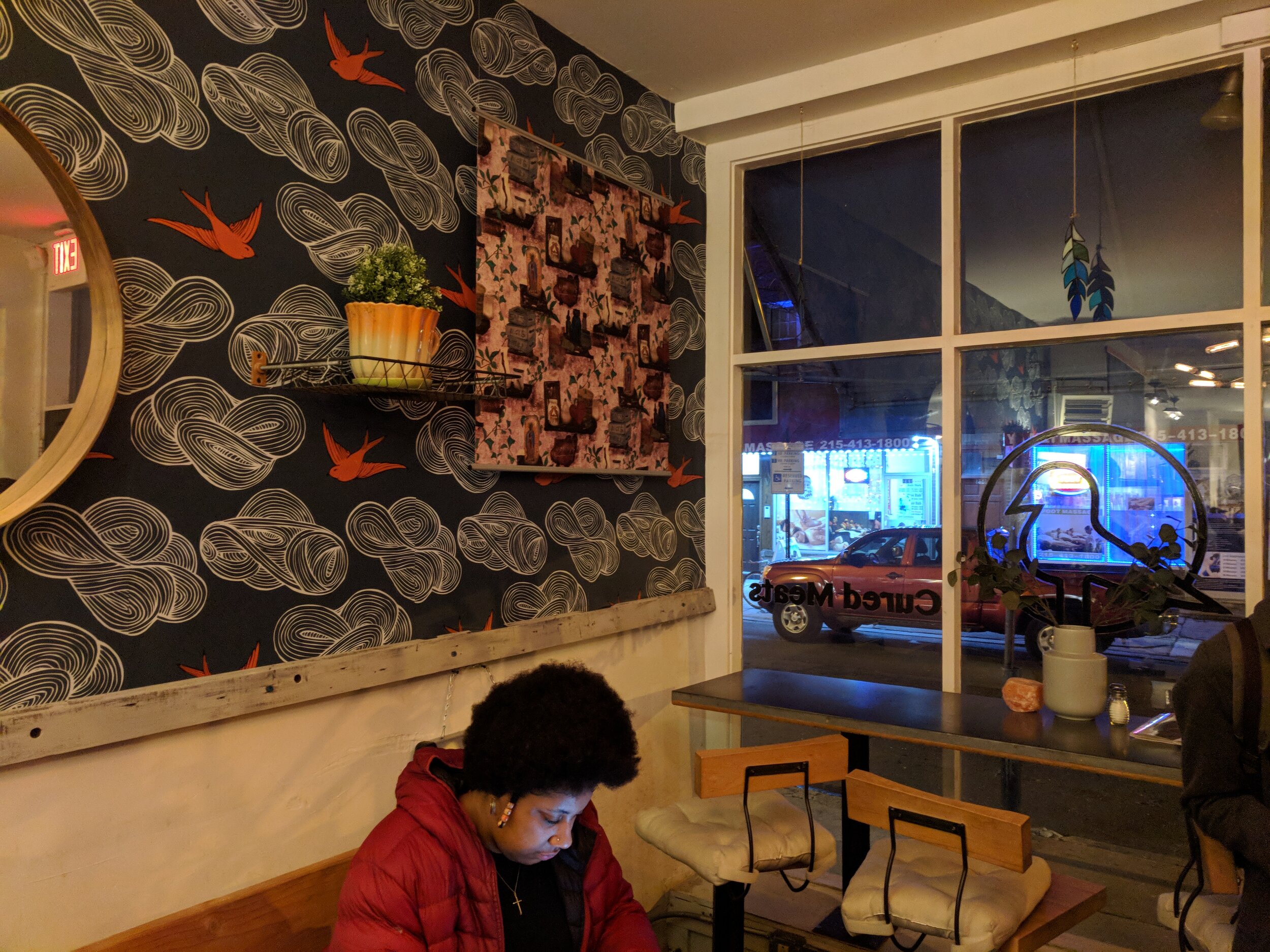
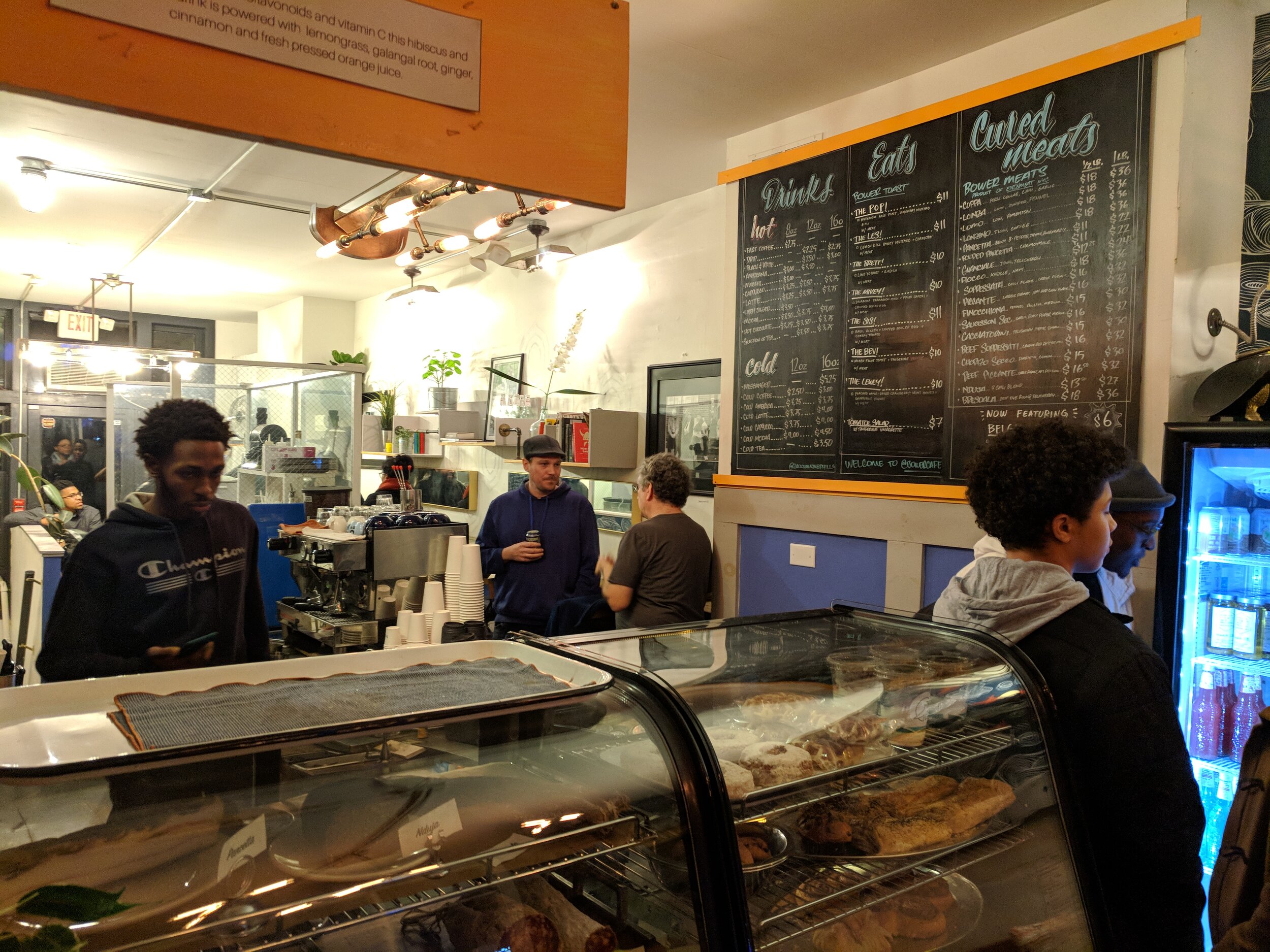
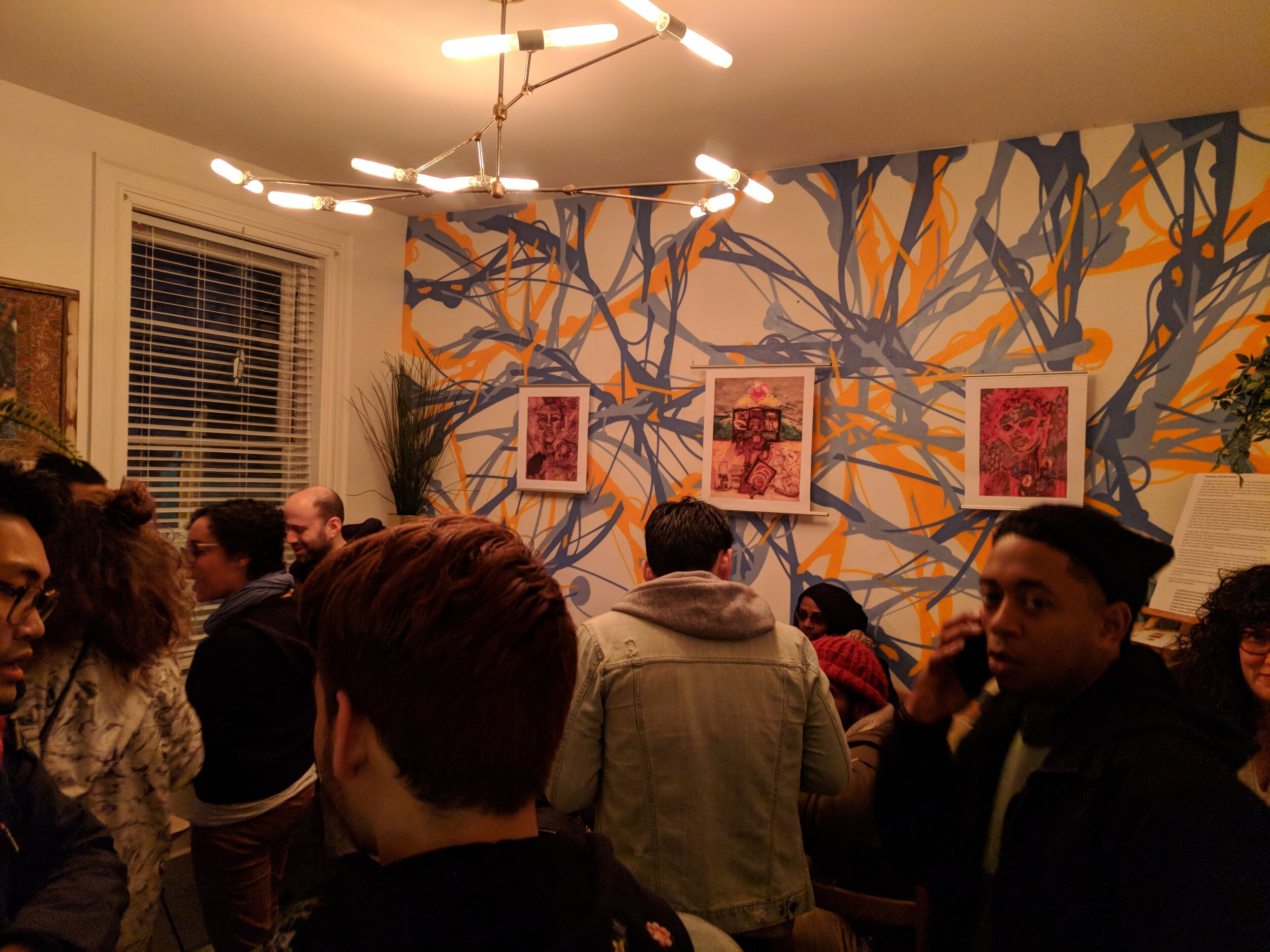

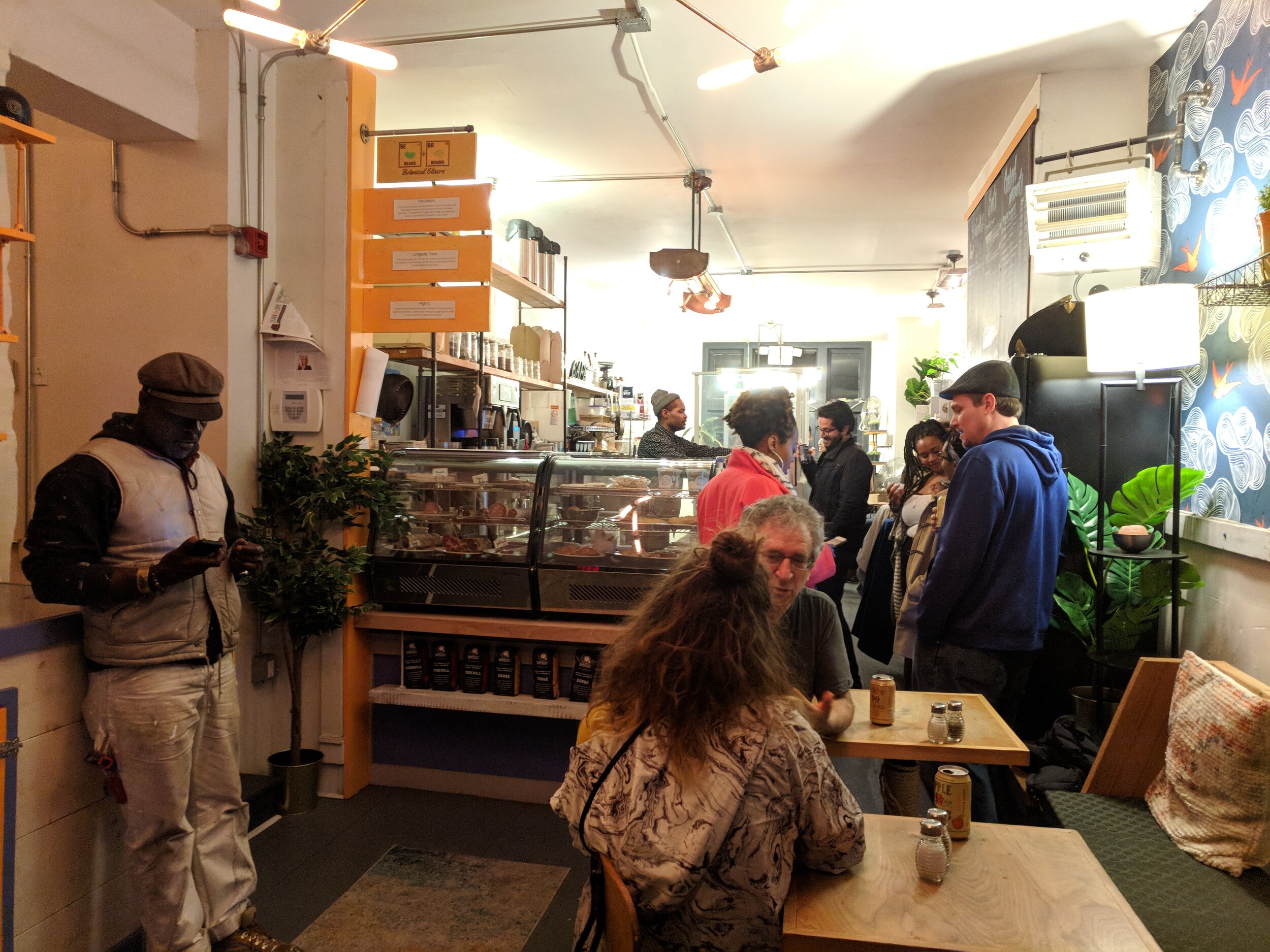
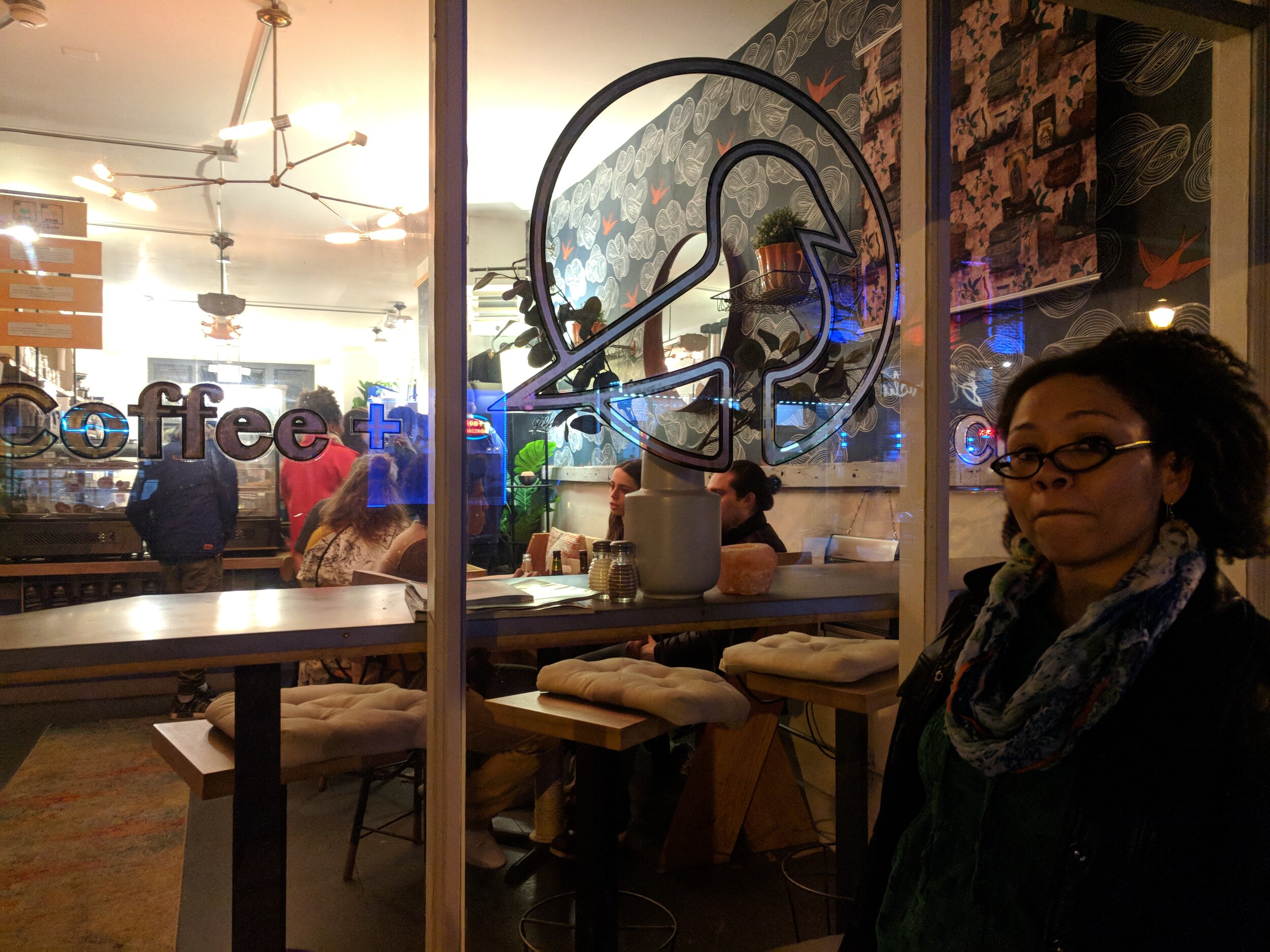

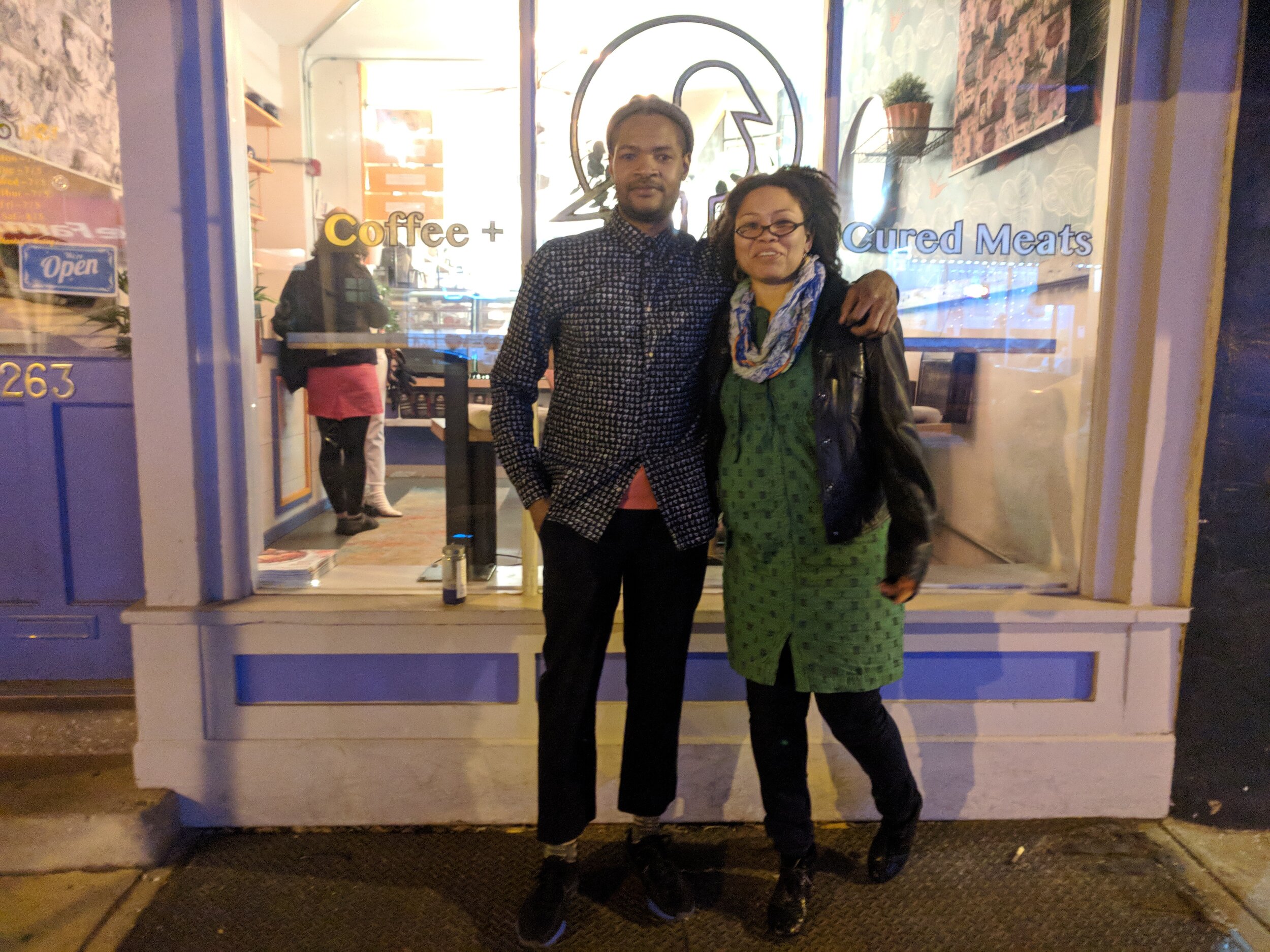
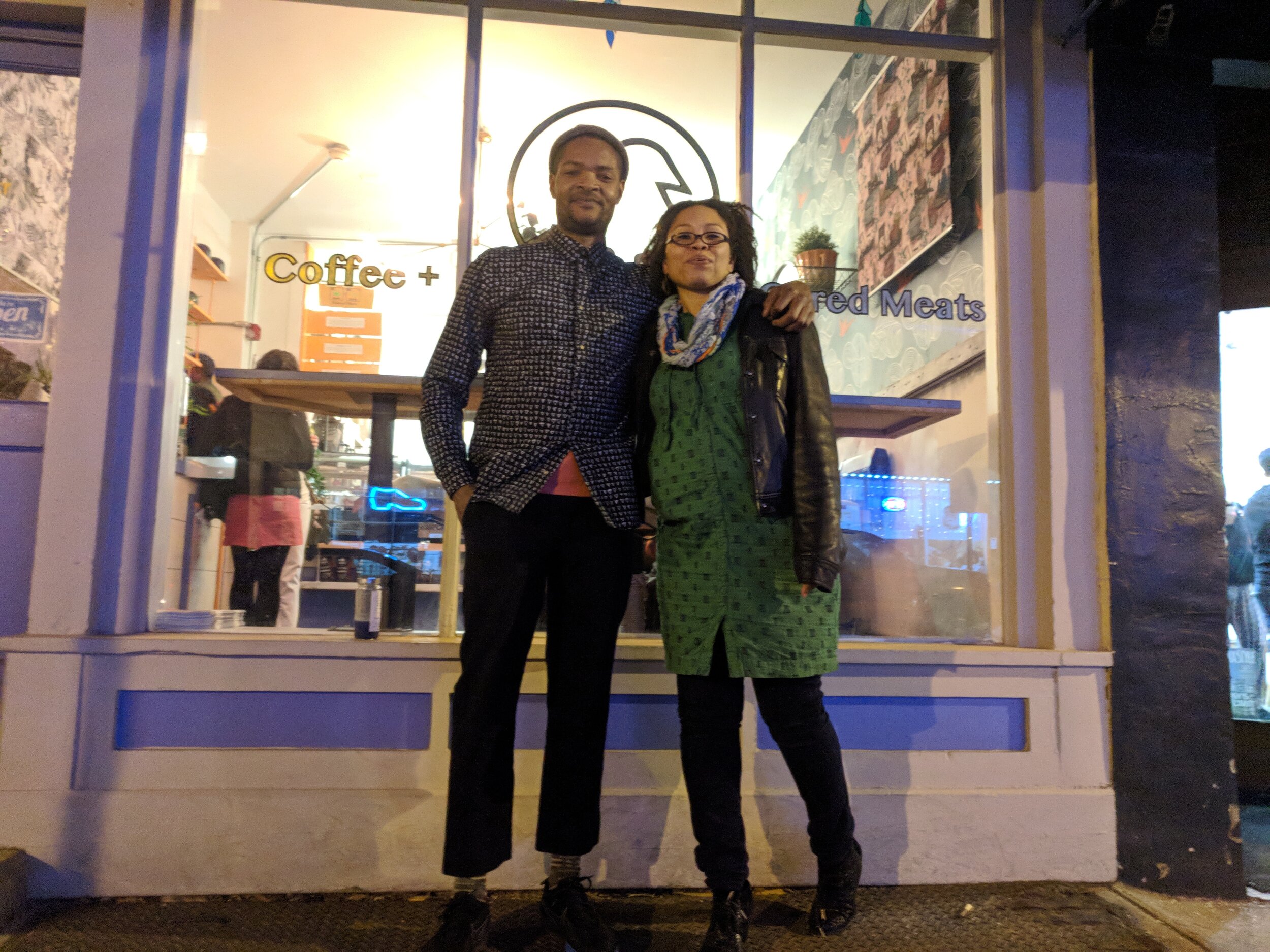
KUZU x Bower Cafe
Cosmology of the Root Worker, A. Zarinah Nuri
KUZU x Bower Cafe presents the work of Philadelphia-based artist and textile designer A. Zarinah Nuri. First of the KUZU x Bower Cafe Second Friday Series, “Cosmology of the Root Worker” will be on view at Bower Cafe between Feb 8 - Mar 3, 2019. Join us for the opening reception with music by DistantStarr (Dizzy Arcadian Music/B.S.C. Crew) on Feb 8, 2019 at 7 PM.
The Ladies of the Conjure Collective, Ms. Spring Thing, Madame Believer, Our Lady of Thought, Your Highness of Flyness, work the roots using certain tools to heal the sick, cleanse, and manifest change. Their tools, mottos, rituals of the Ring Shout and remembrance and communication with the ancestors, is chronicled within Nuri’s images.
Root work (also known as hoodoo, conjure, working the roots) is an ever shifting underground African-American spiritual and magical practice. In the Antebellum era, “root work” was a way for slave communities to create their own refuge and healing methodologies. It combines knowledge from old Central and West African traditions, aspects of Christianity, and American herbal wisdom reconstituted/re-imagined in the American South. This practice continues on today in the contemporary world. The philosophy and practice of hoodoo implicates physical illness as a manifestation of negative supernatural causes and as having spiritual origin. Illness or lack (money, love, etc.) can also signify that there is a miscommunication with one’s ancestors. Root work serves as an interloper of sorts, a method interpretation of the unknown and contact with those who have come before us. Many of the tools of the practice are natural curios: shells, stones, roots, herbs, holy water and metal objects.
A “sister science” to hoodoo is a movement practice known as the “Ring Shout”, a sacred circle dance originally practiced on plantations in the American South. A direct descendant of many dances in West-Africa and the Congo, reinterpreted or re-membered, the “Ring Shout” gave those enslaved in the U.S. a way to mourn, celebrate, and ask for guidance. The dance involves hand clapping, foot stomping, and praises/shouts. It moves roundabout in a circle.
The wooden figures known as “Nkisi” provide a way to enlist support for the living. Their potent physical presence or aura has been interpreted as frightening, a signifier of the strength and spiritual prowess of Nkisi. A “client” of those who work the Nkisi, would make a petition or request, nails and other sharp objects are hammered into the surface of the wooden figure to activate the request using ancestral wisdom and to solidify the healing transaction into reality.
This series of work is deeply inspired by Renée Stout, Richard Yarde, the music of Akae Beka (formerly Vaughn Benjamin), writings of the African Diaspora, and the journey toward healing. All works are hand rendered through paint (acrylic and watercolor), linoleum printing, charcoal, ink, then digitally manipulated.
Credits
Creative Direction + Event Production by KUZU Creative
x Bower Cafe
Featured Artist A. Zarinah Nuri
Music by DistantStarr
Concepting by Fredric Freeman, Sera Boeno, and
Thane Wright
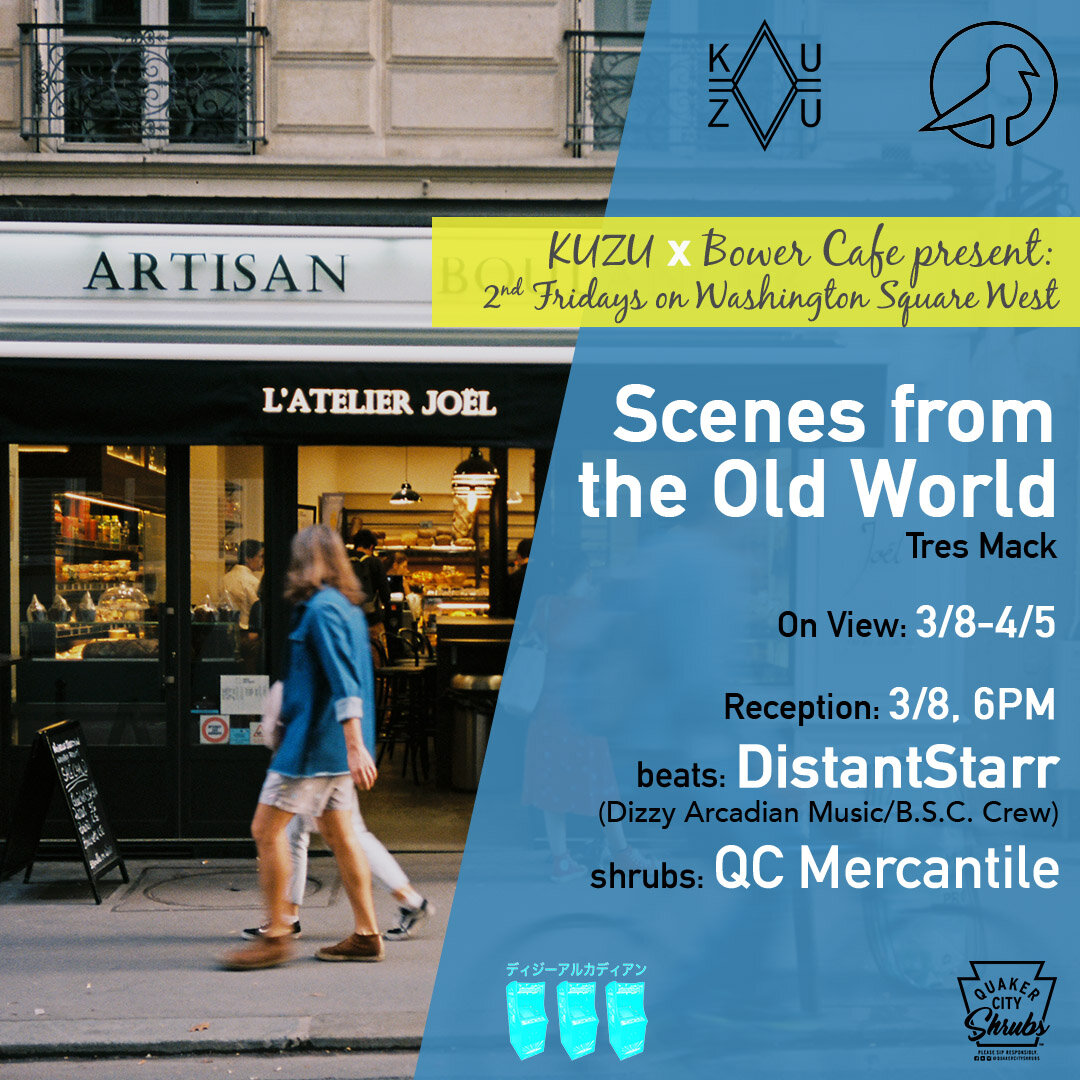
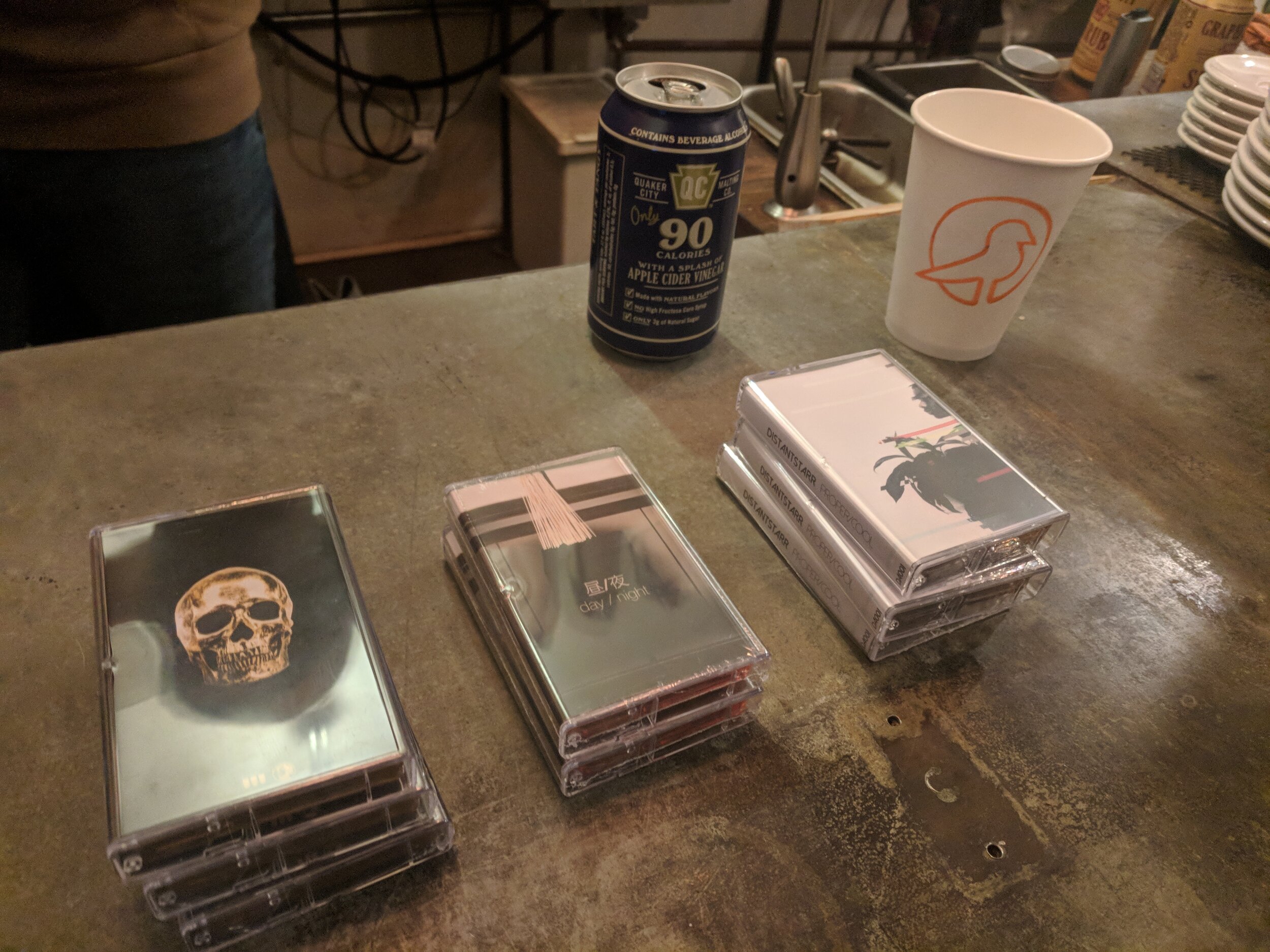
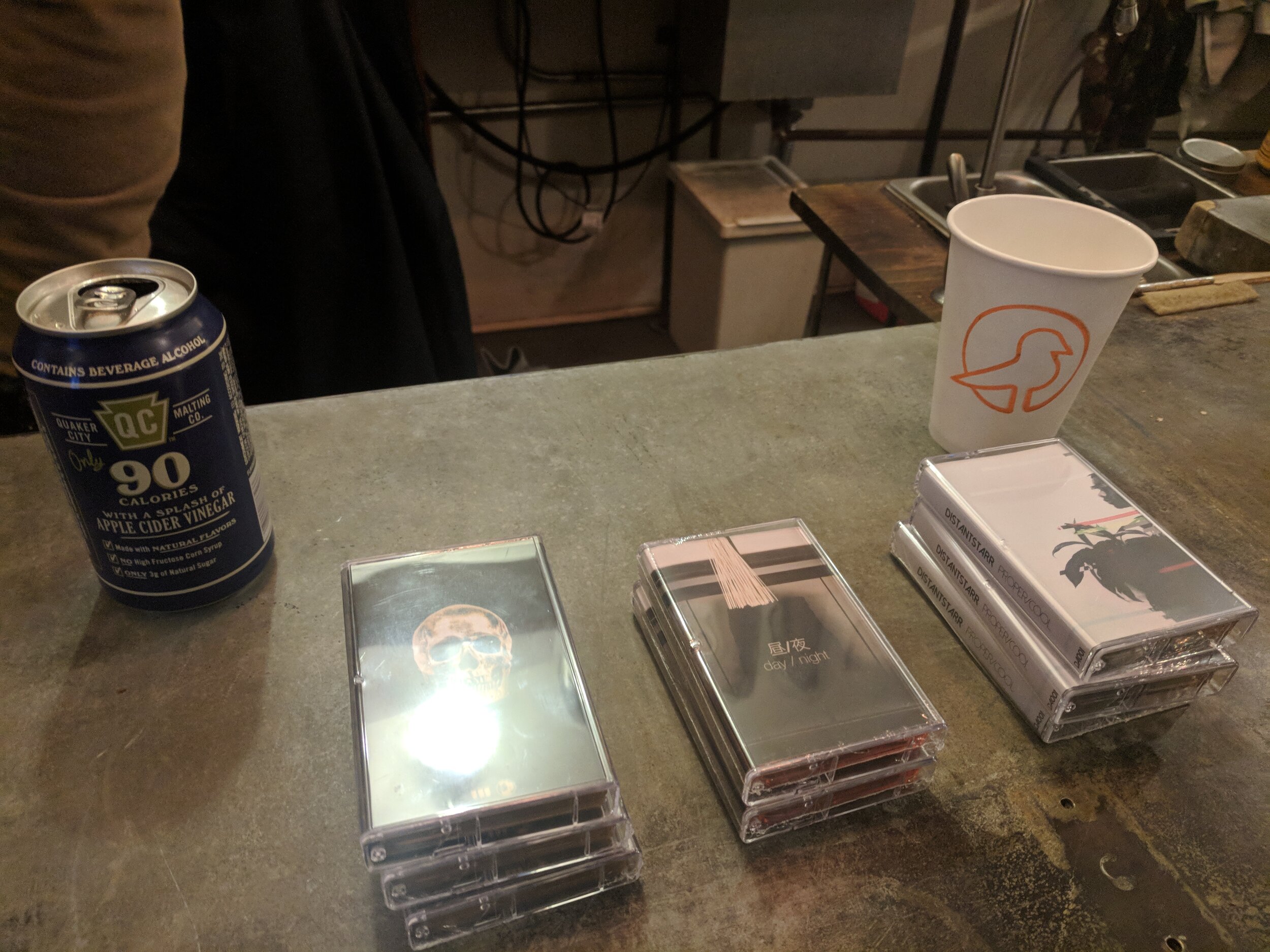
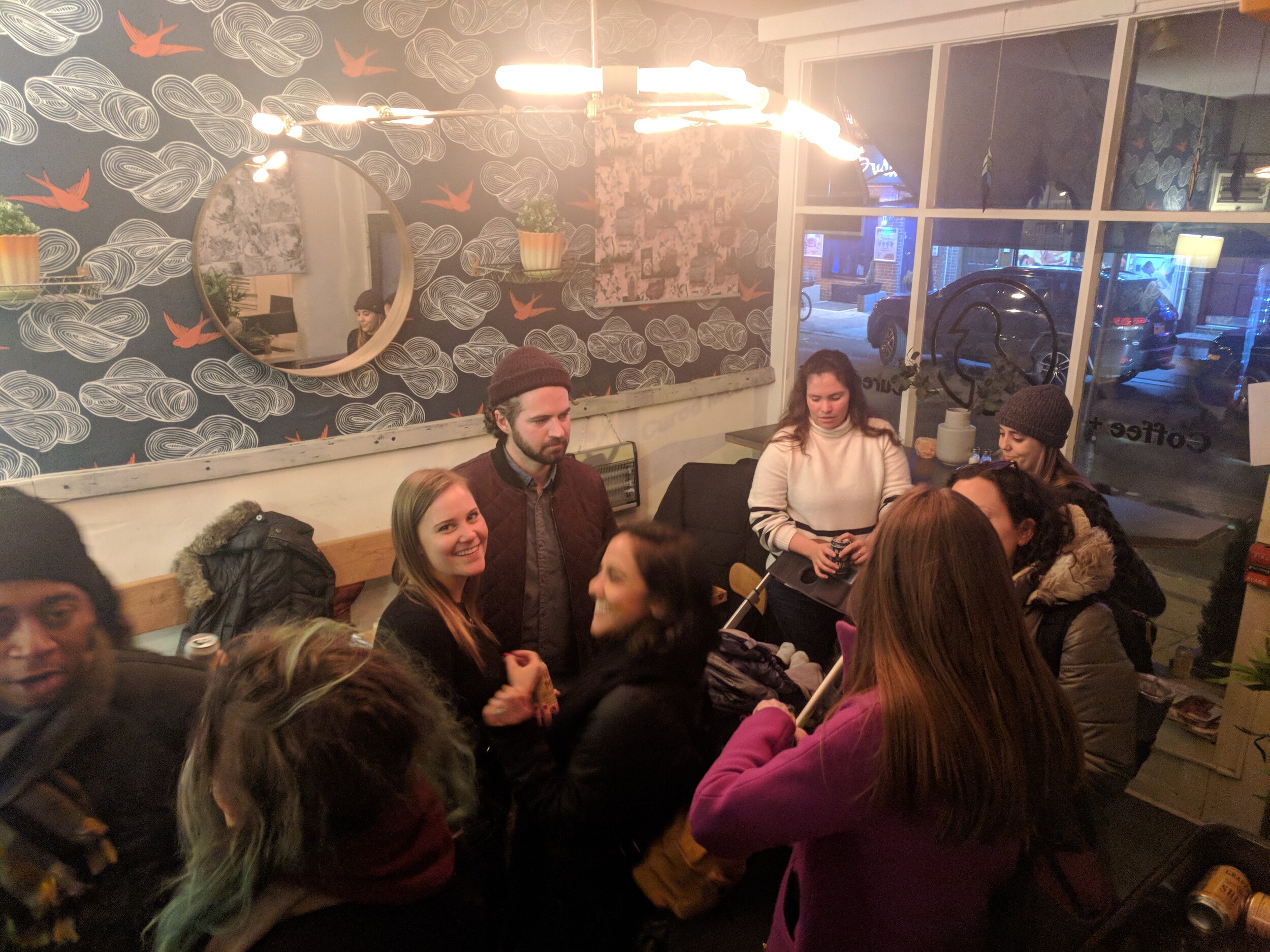
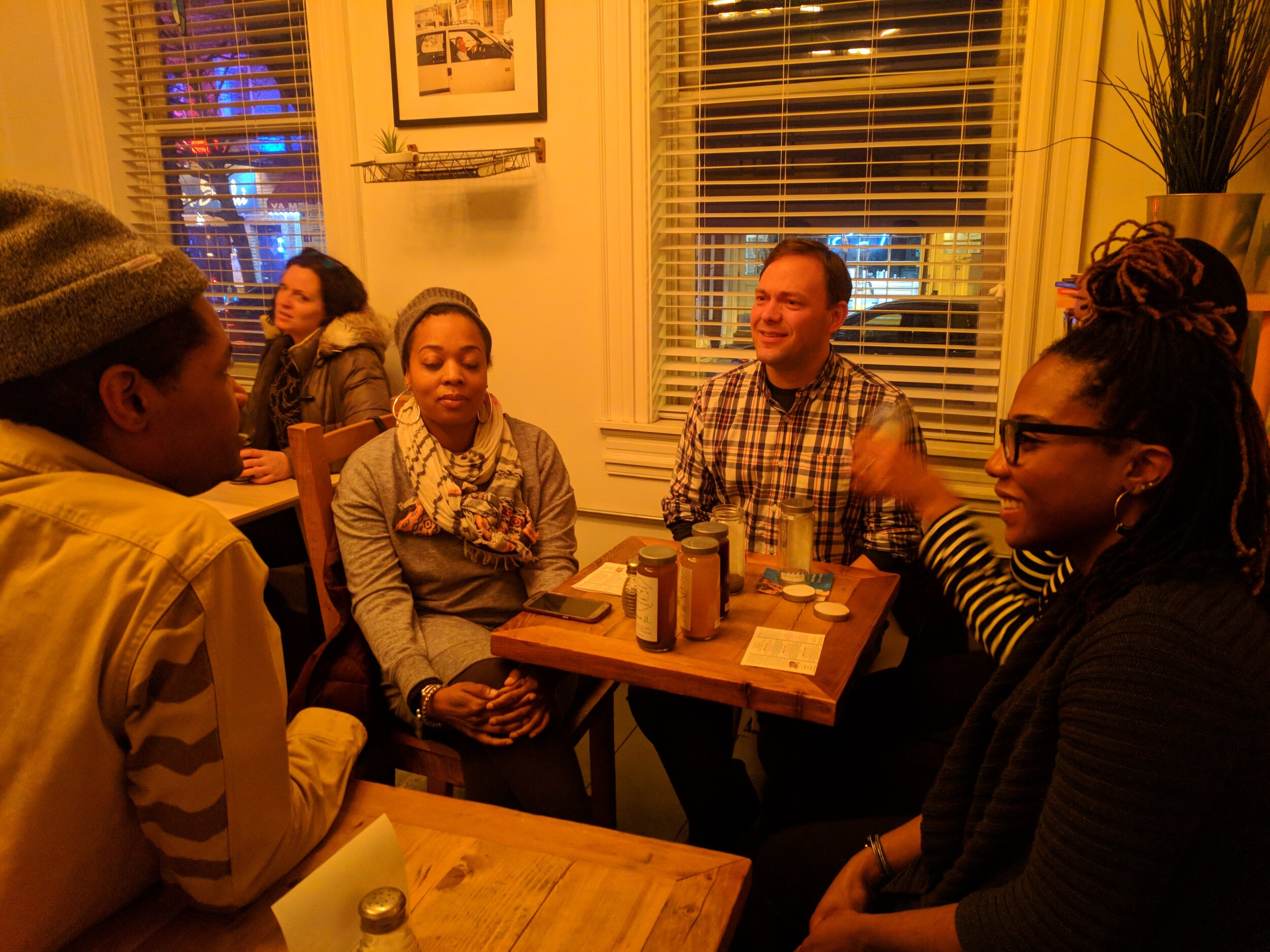
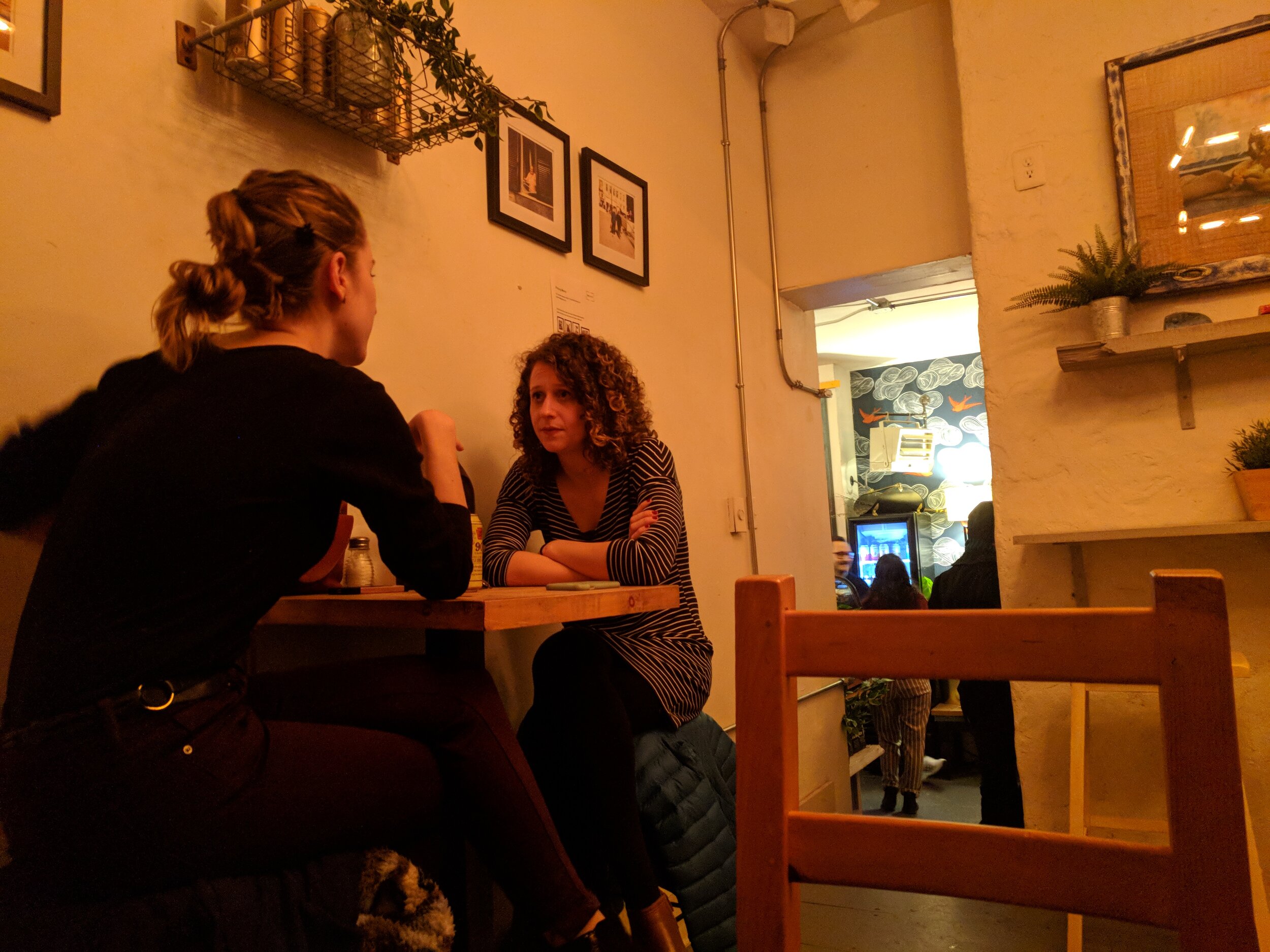
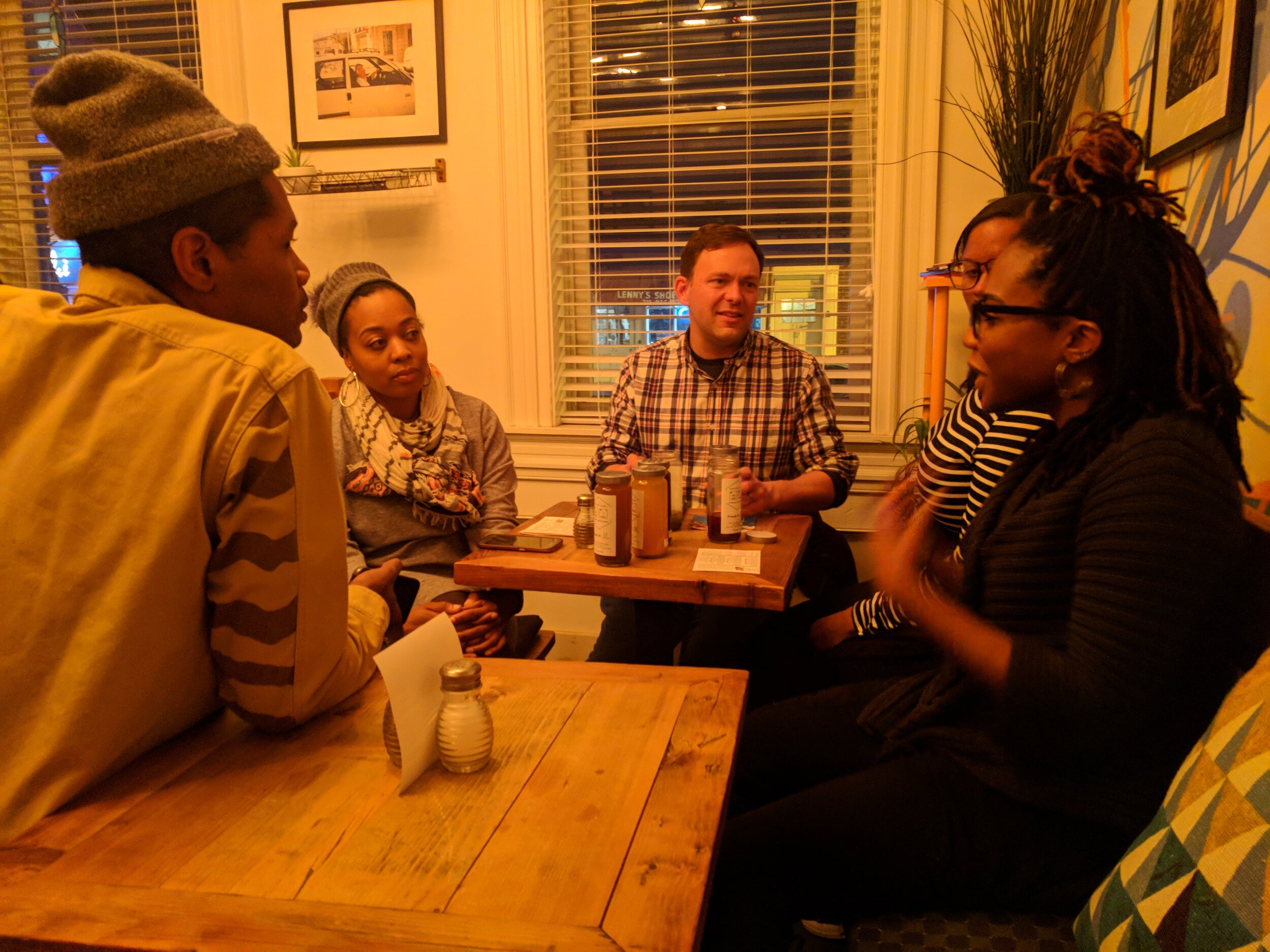
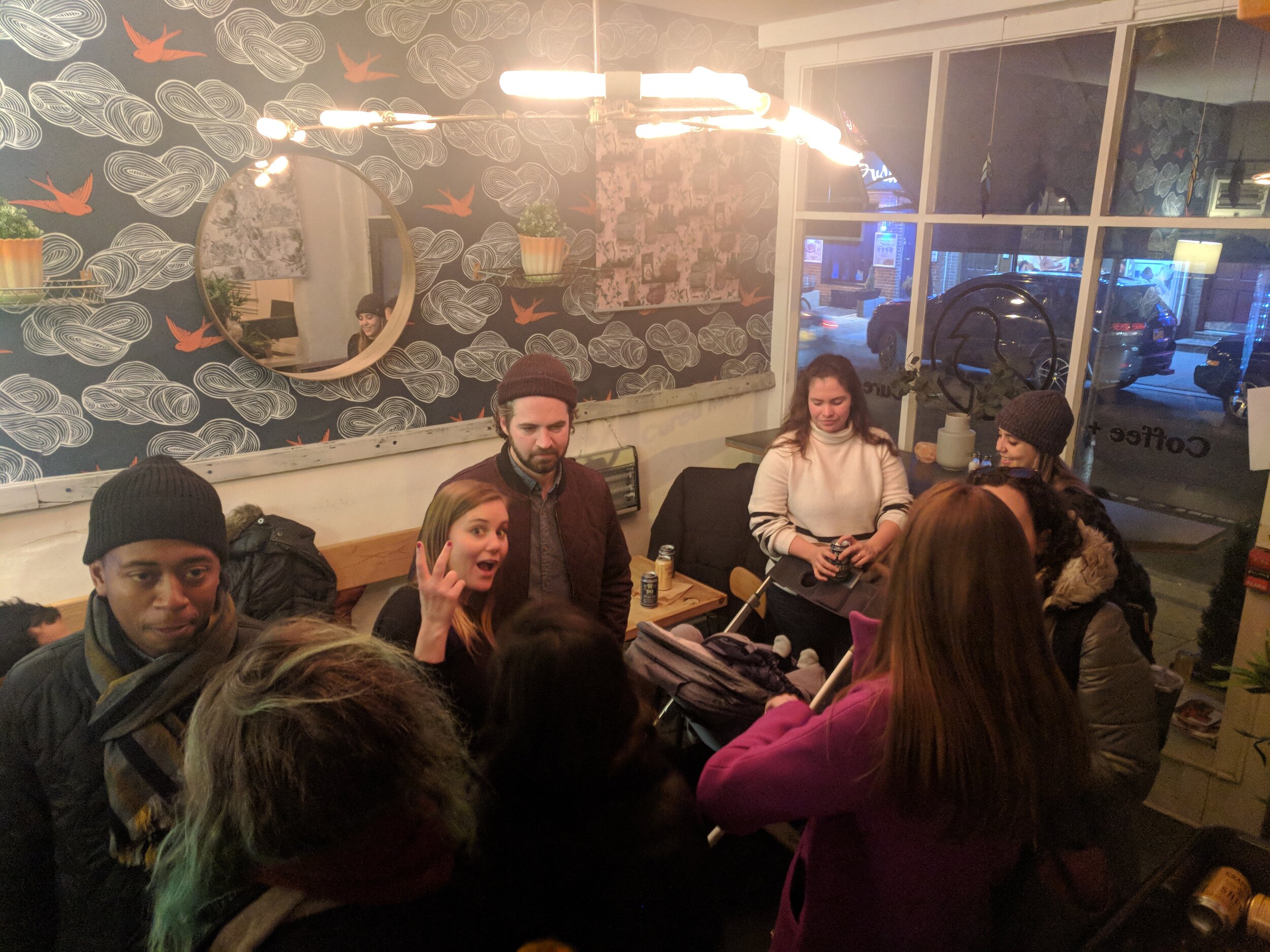

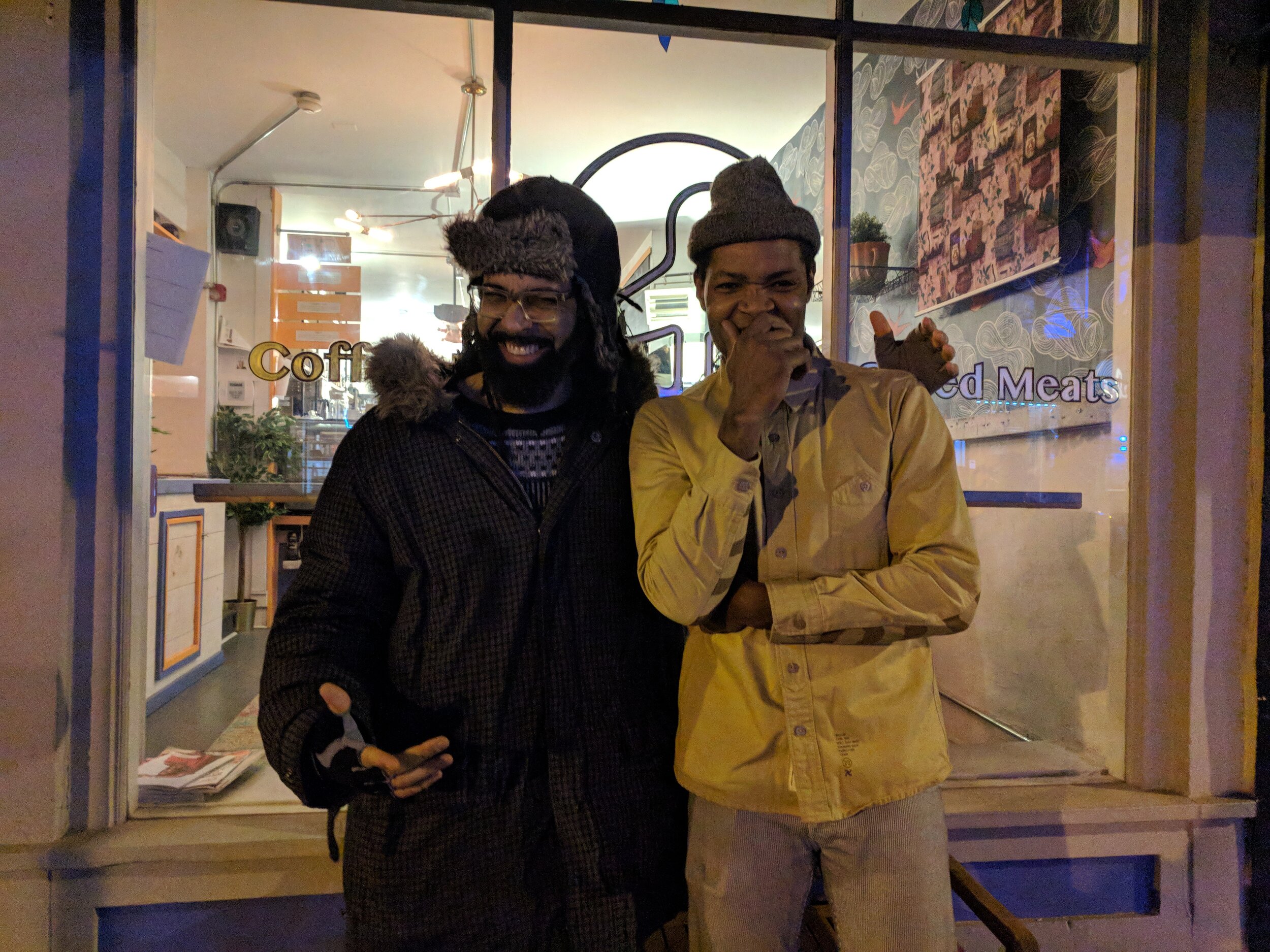
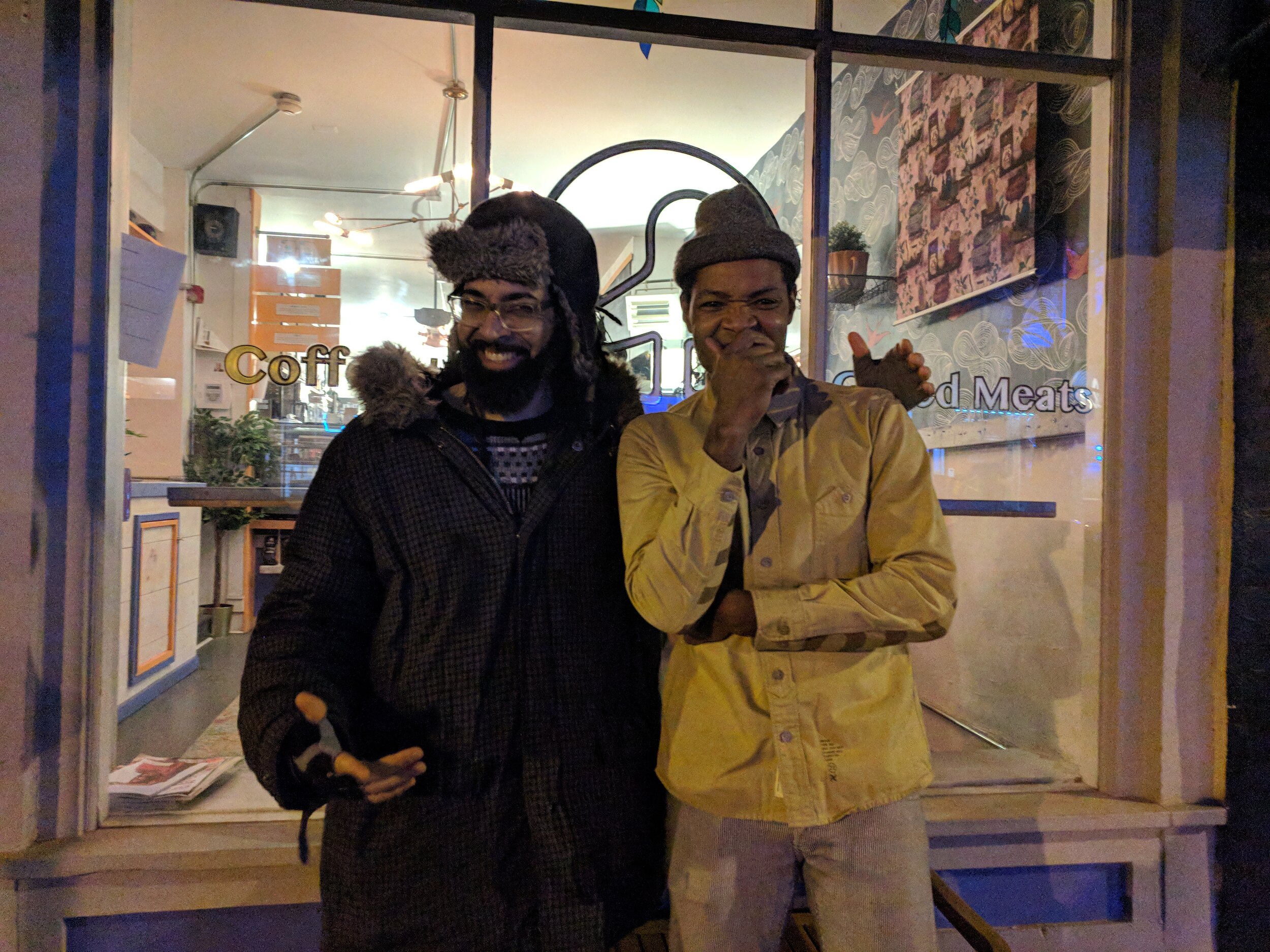
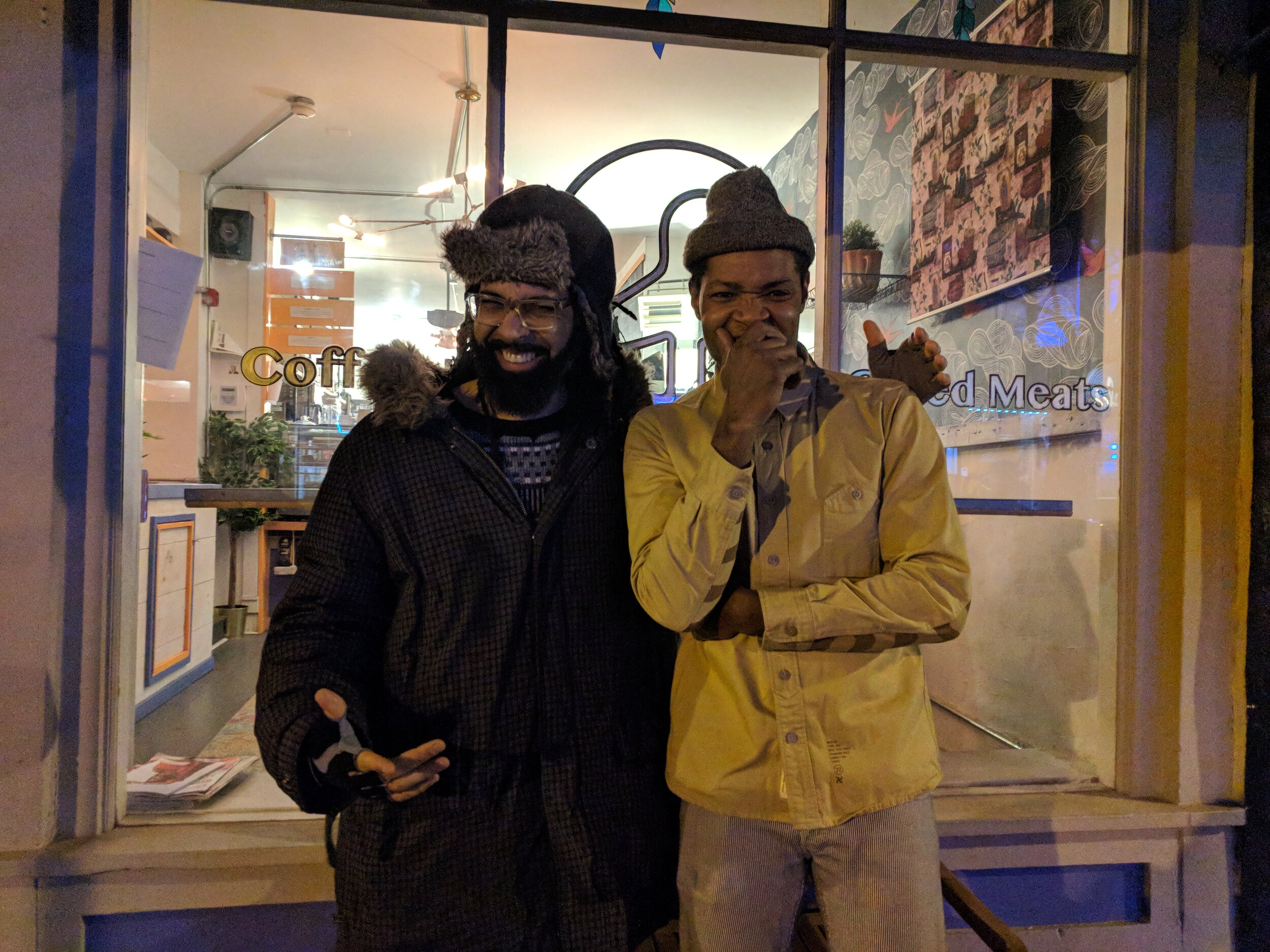
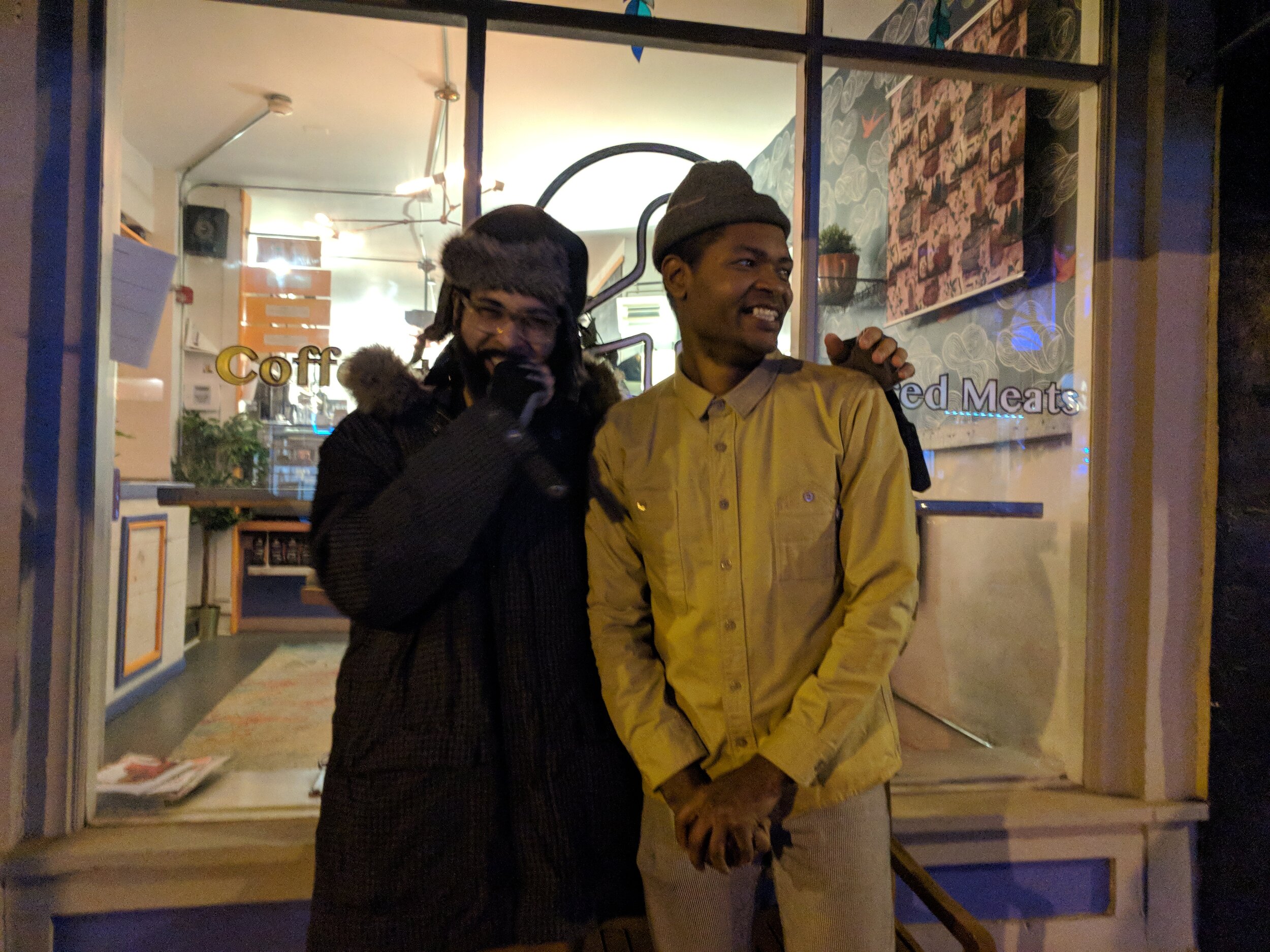
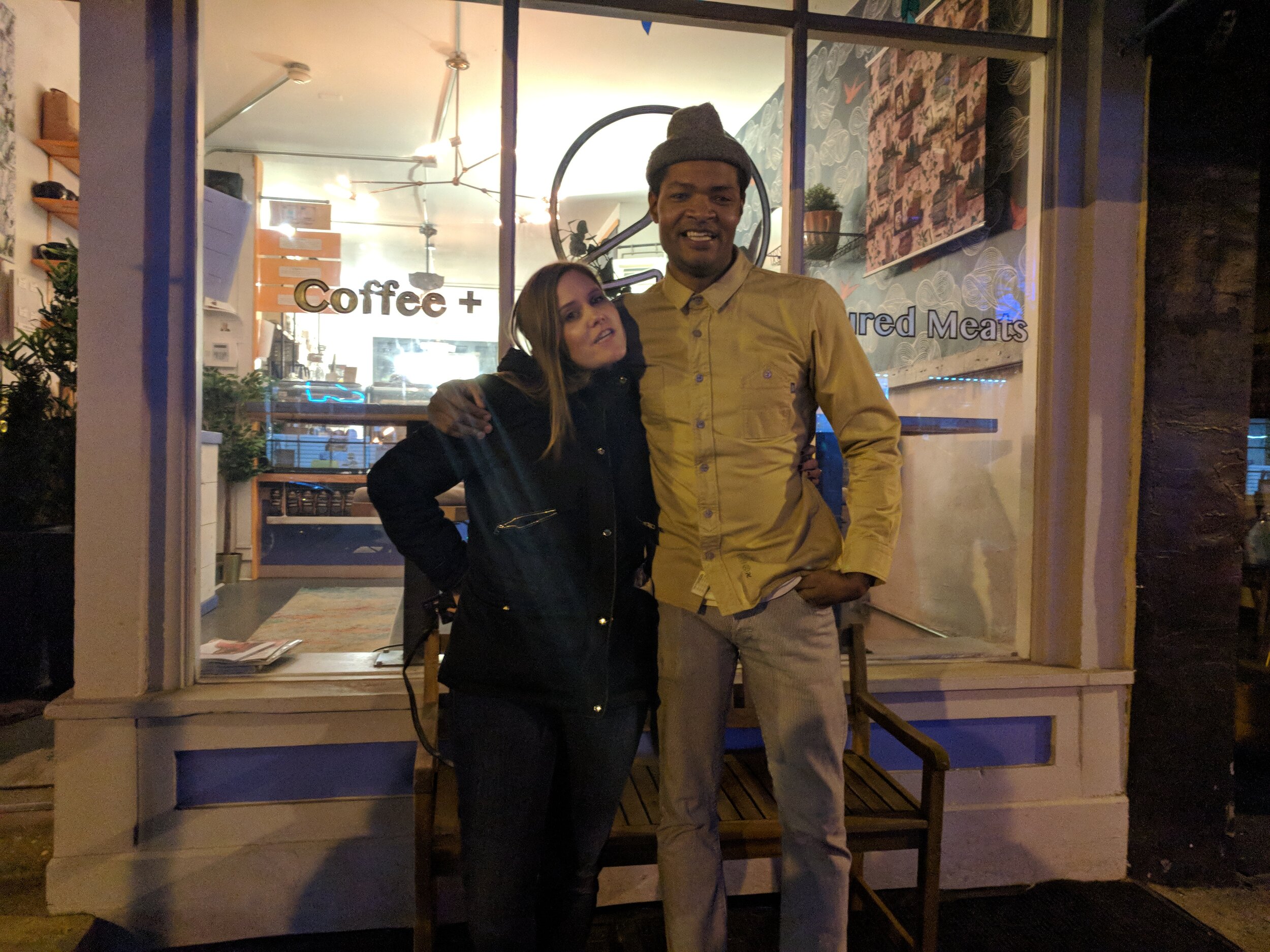
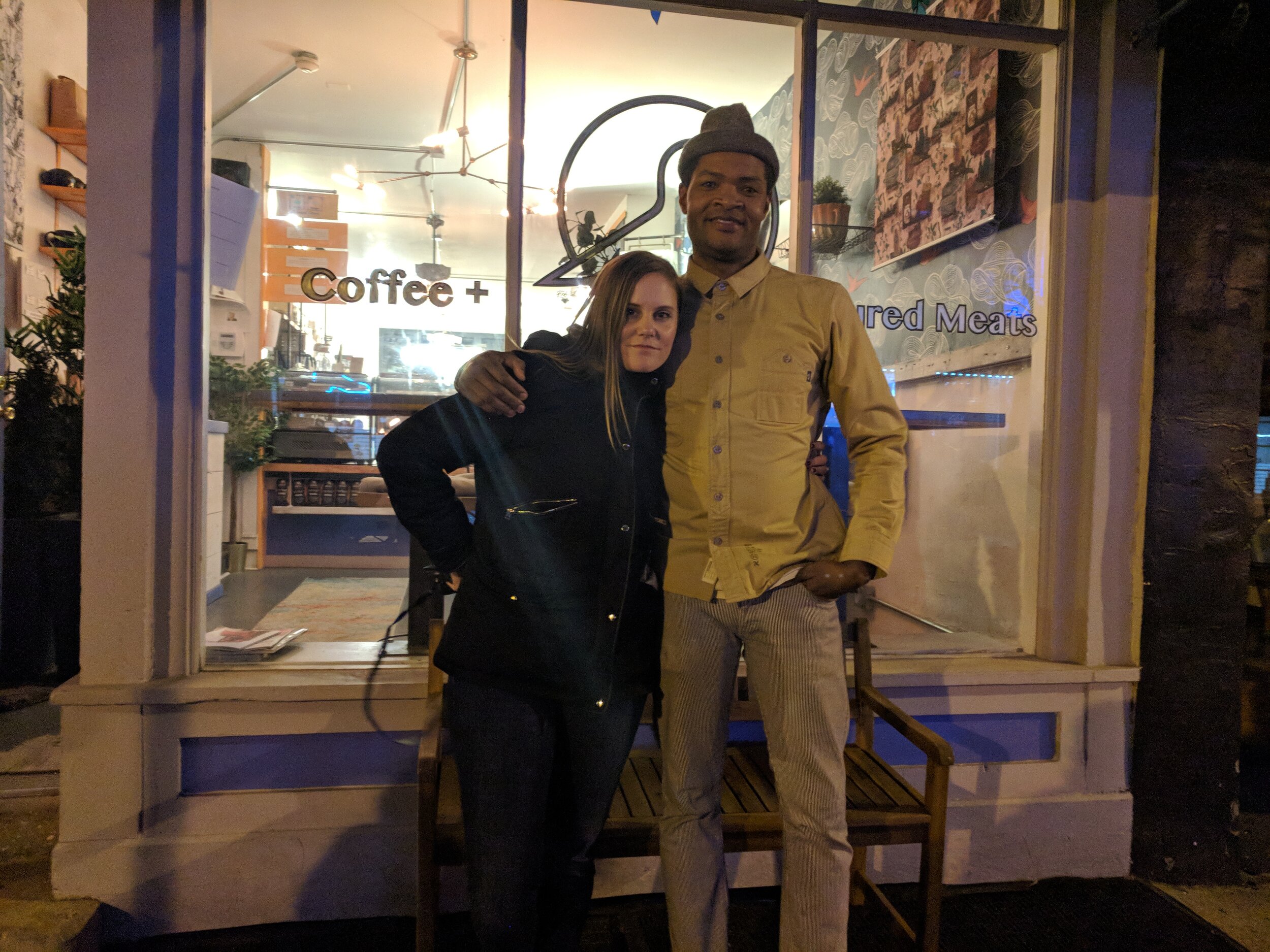
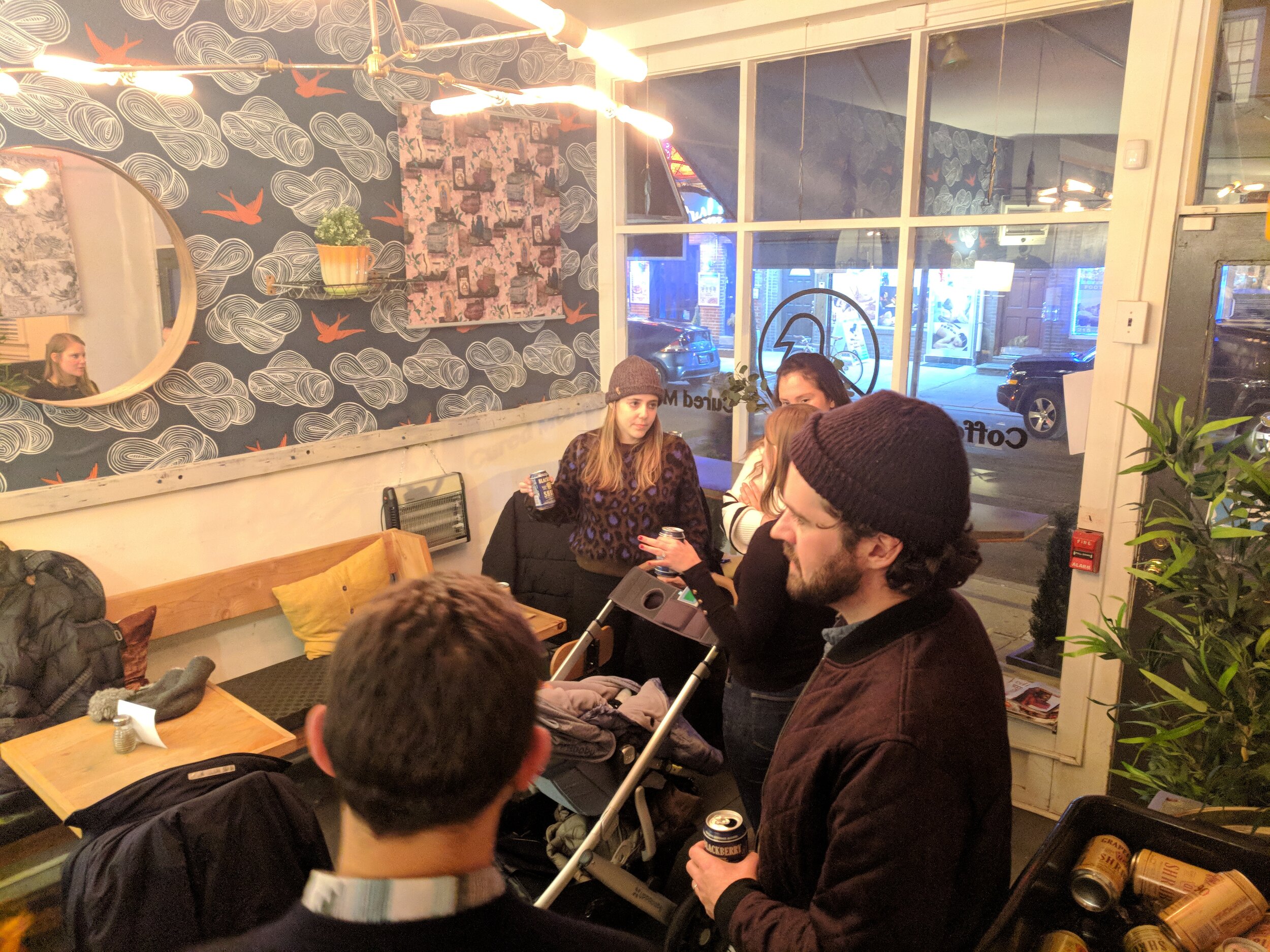
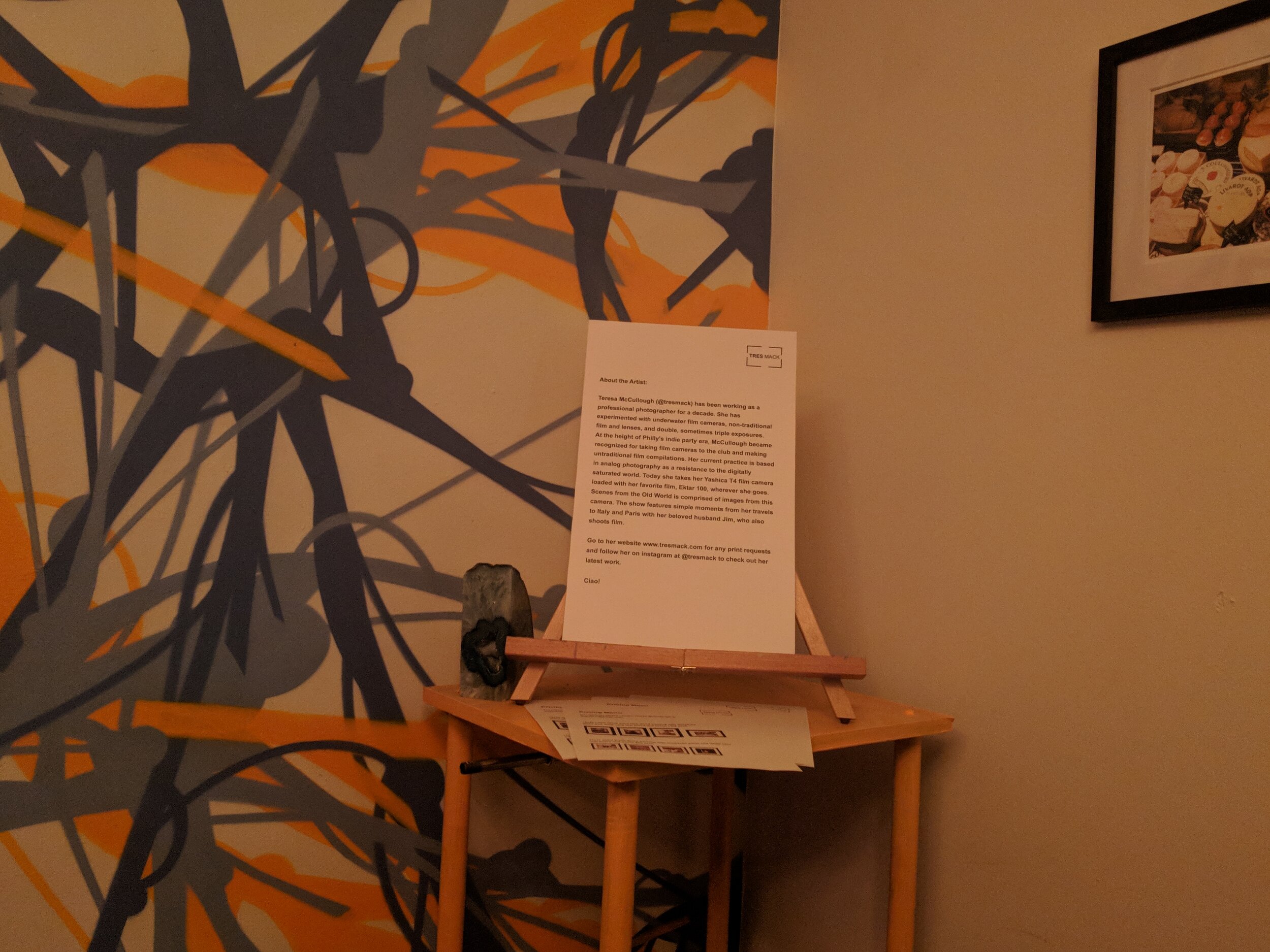
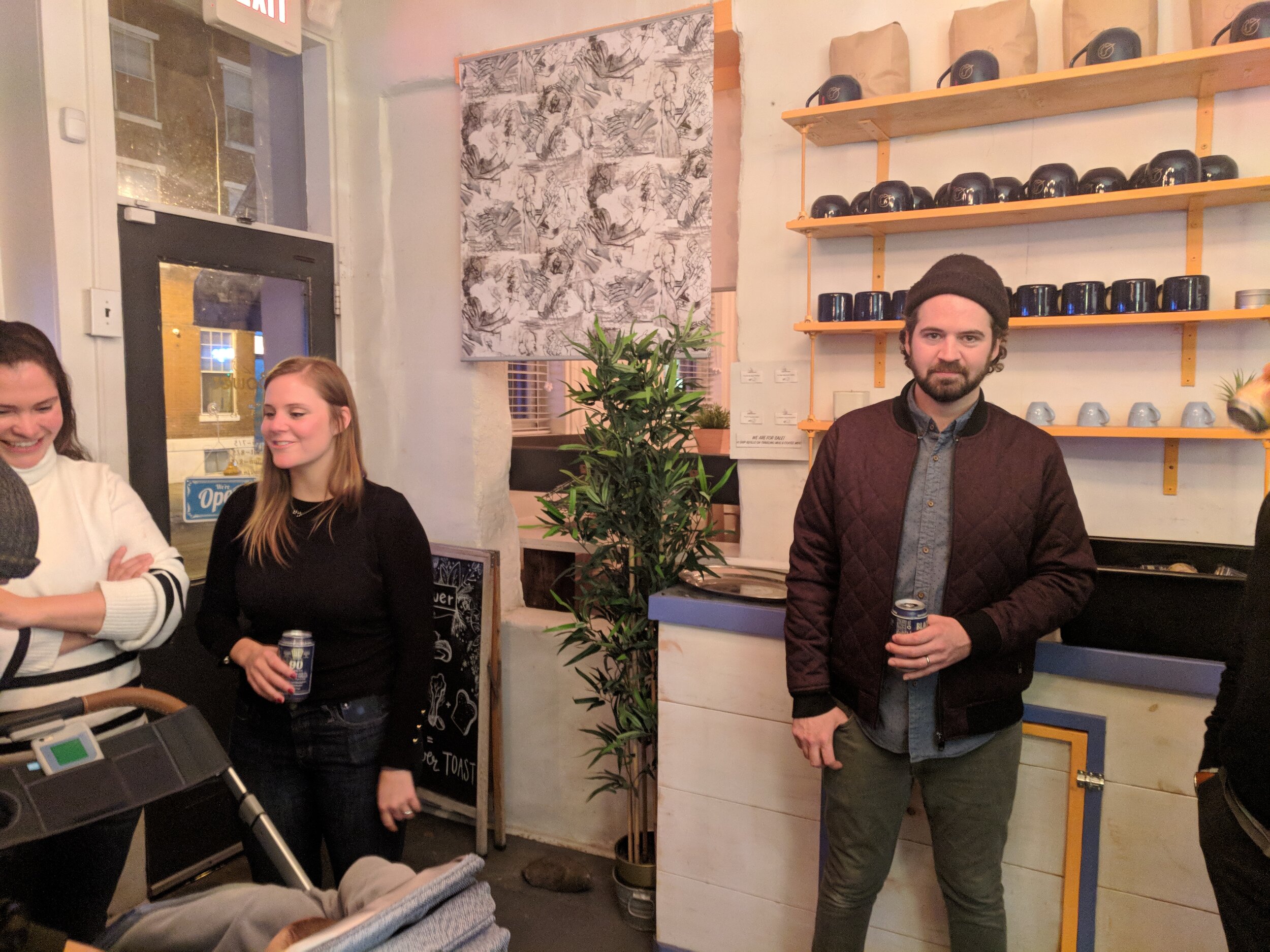
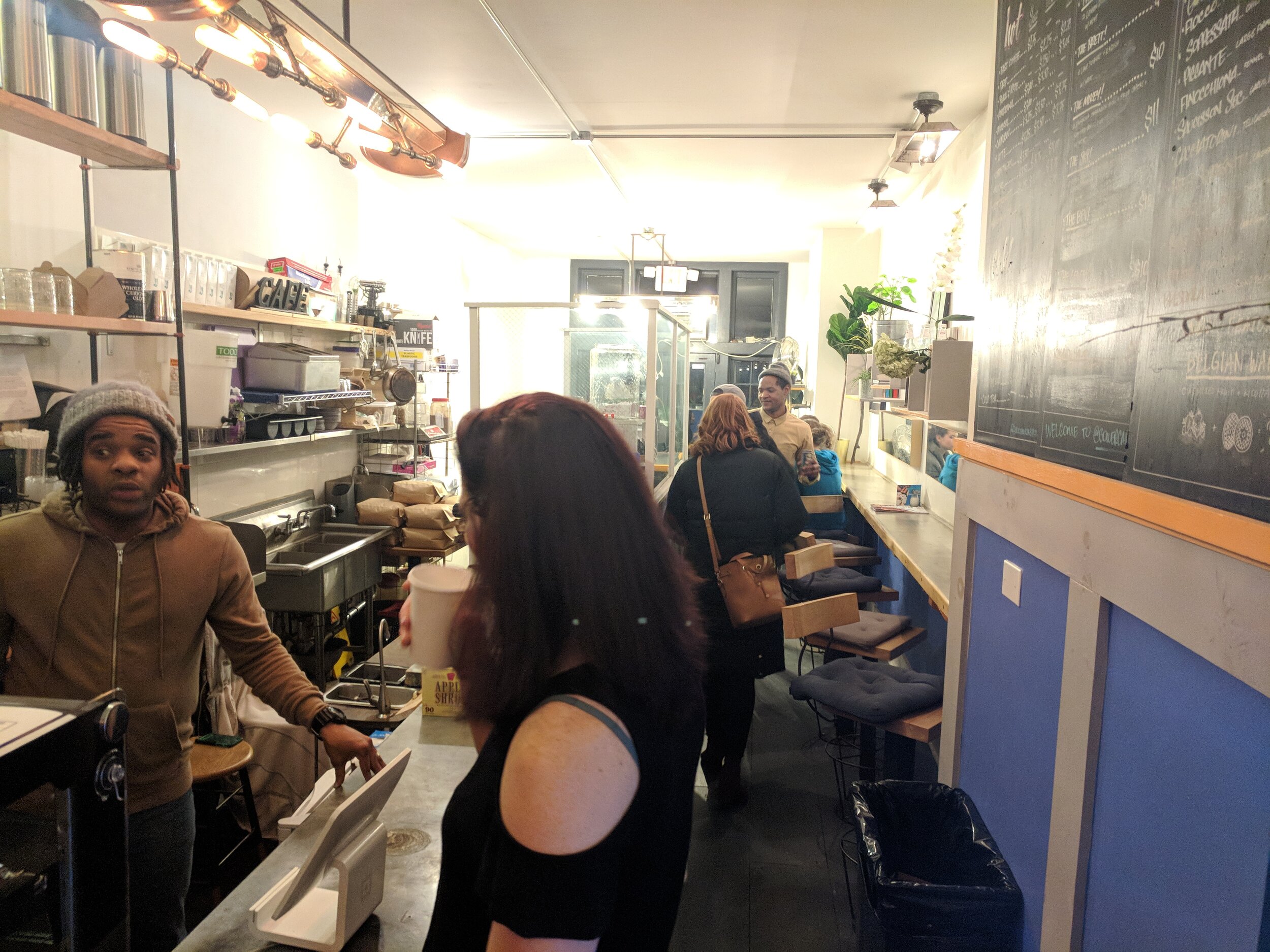
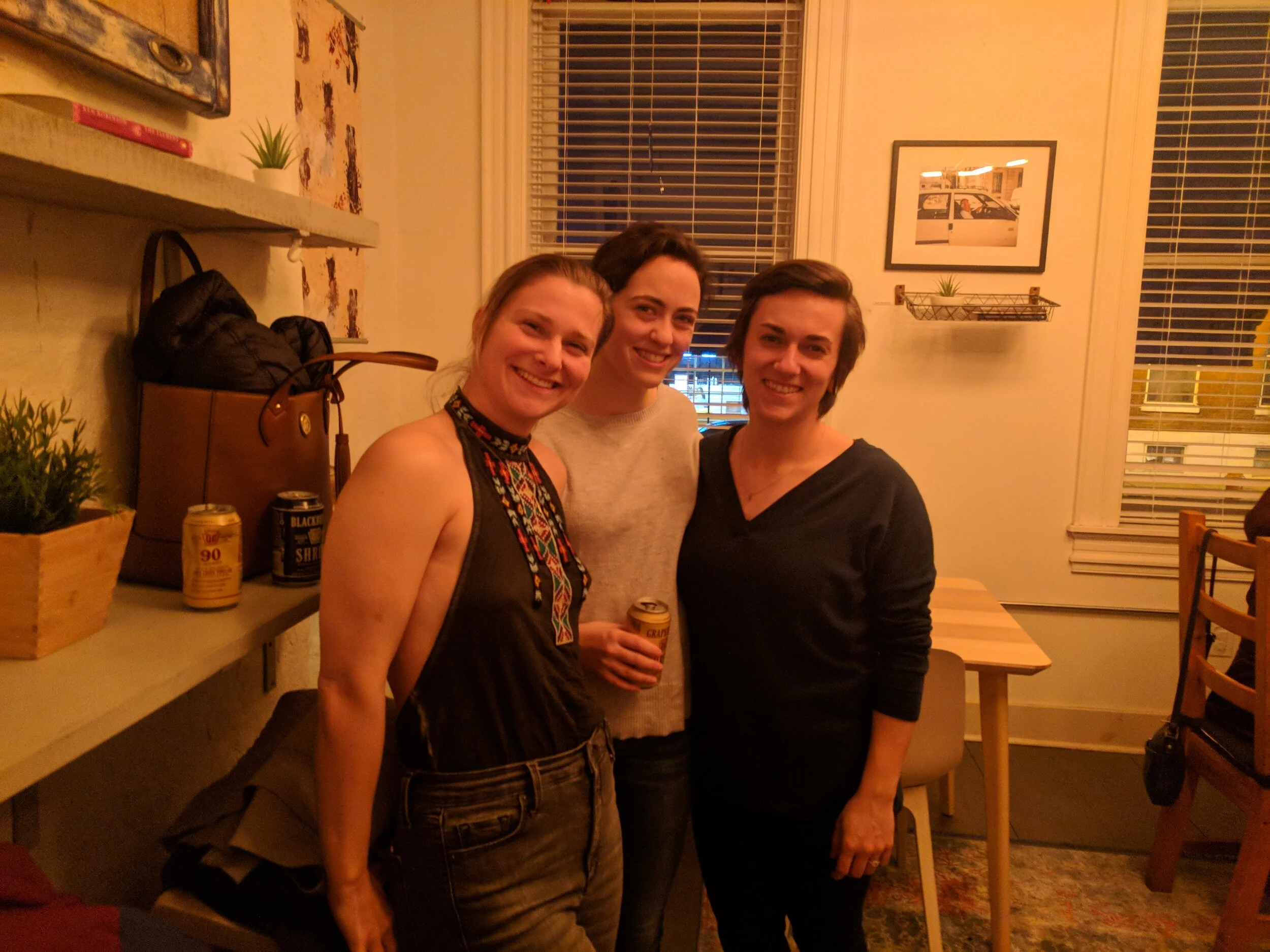
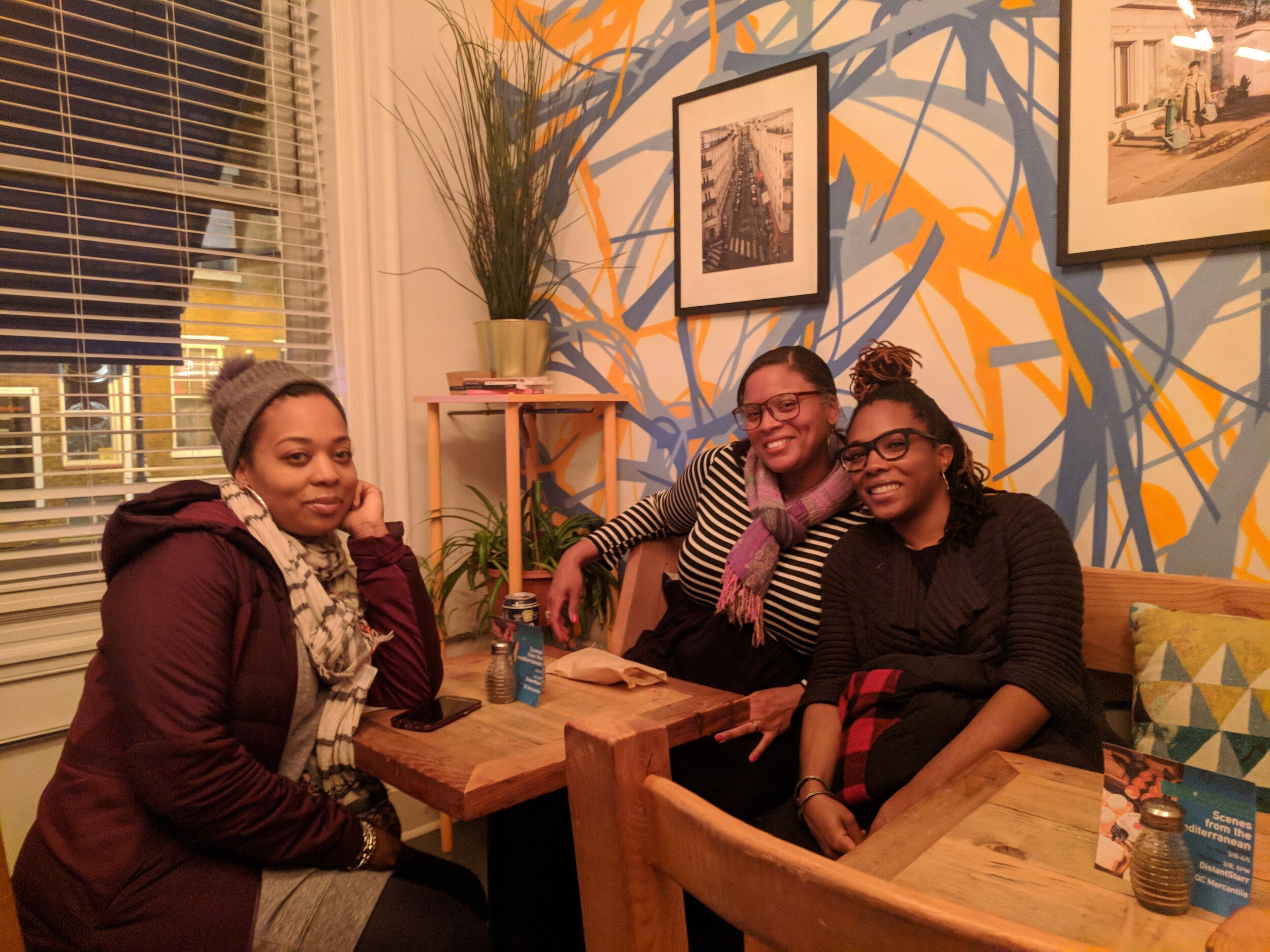
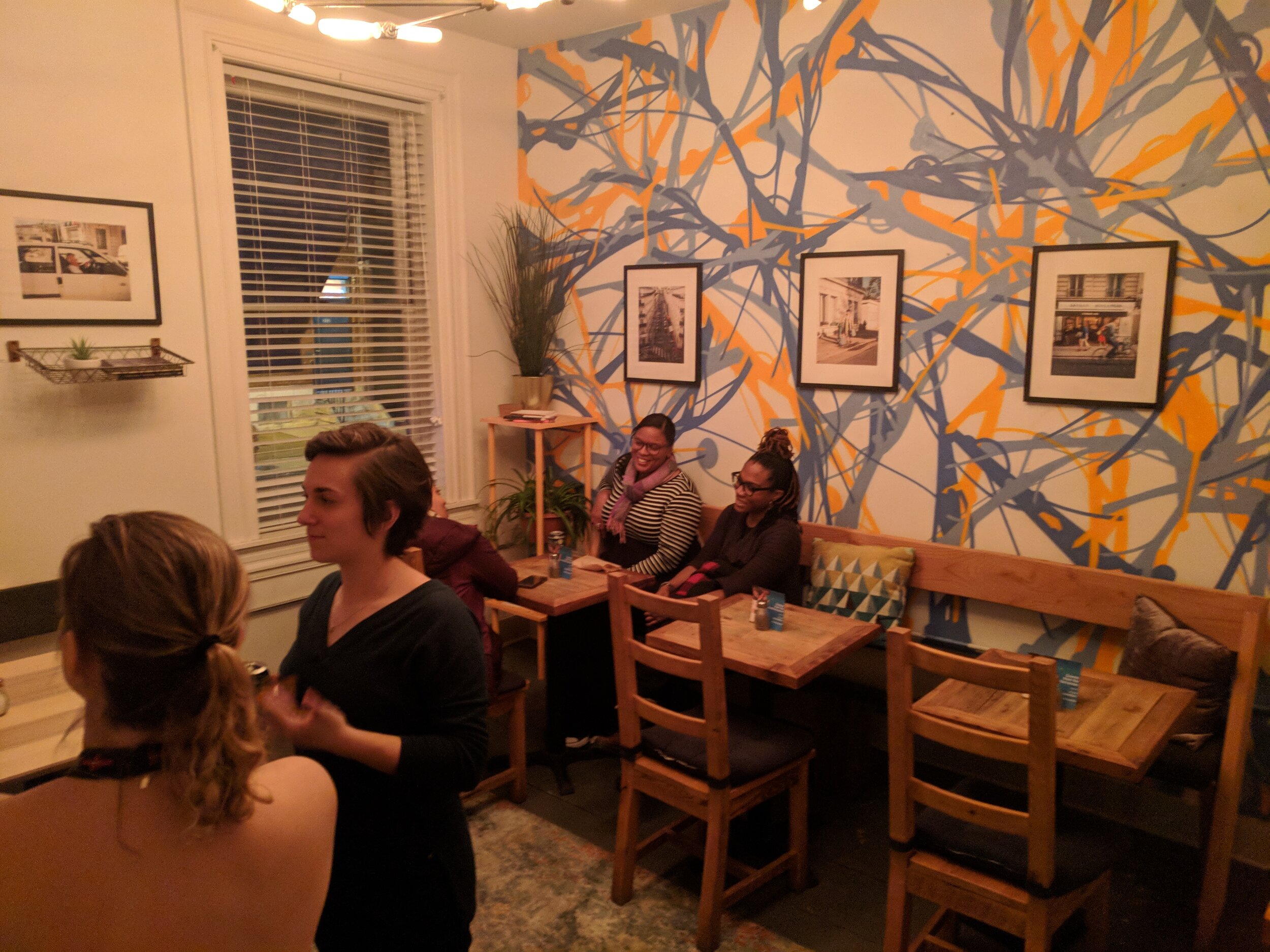
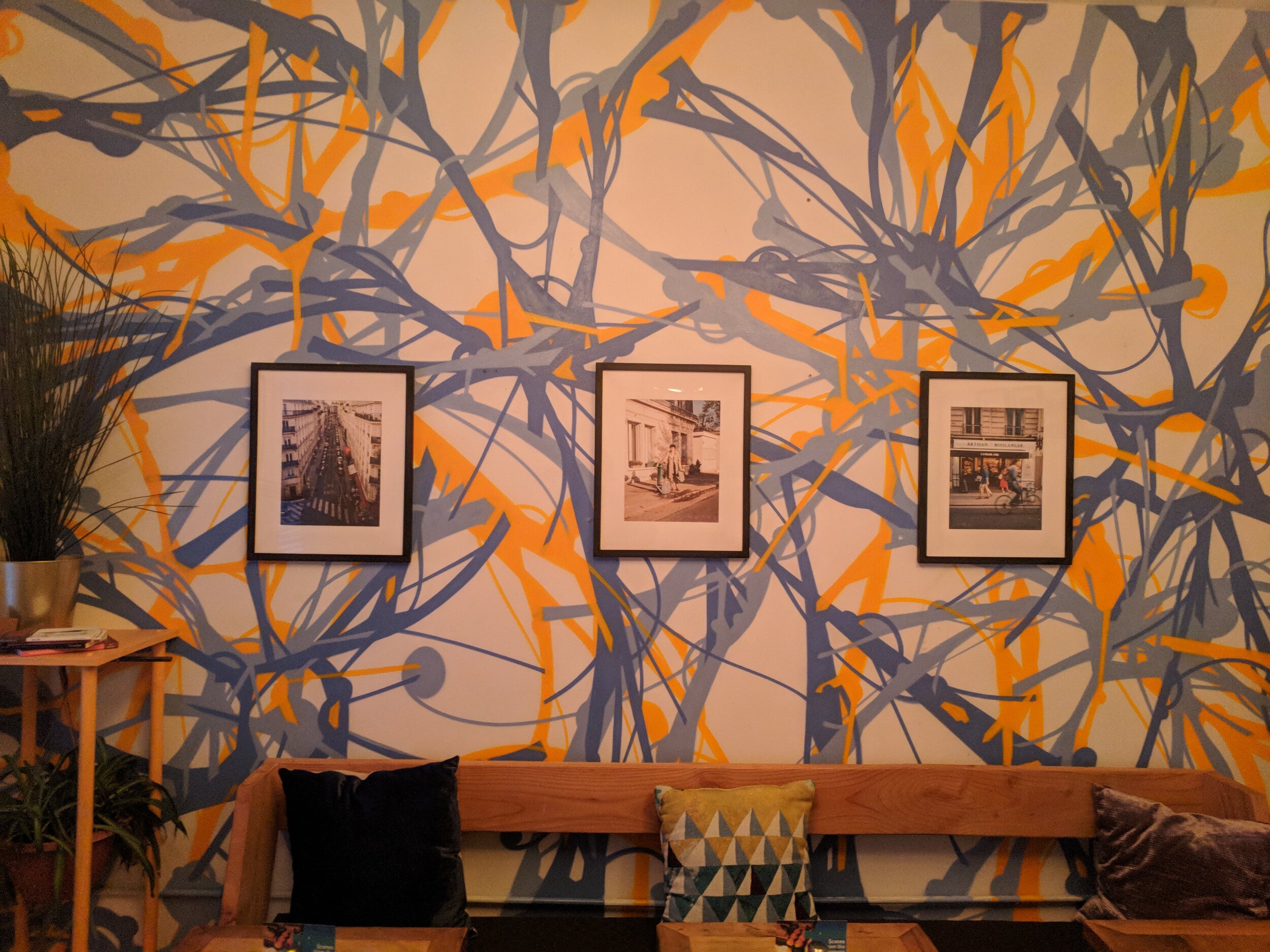
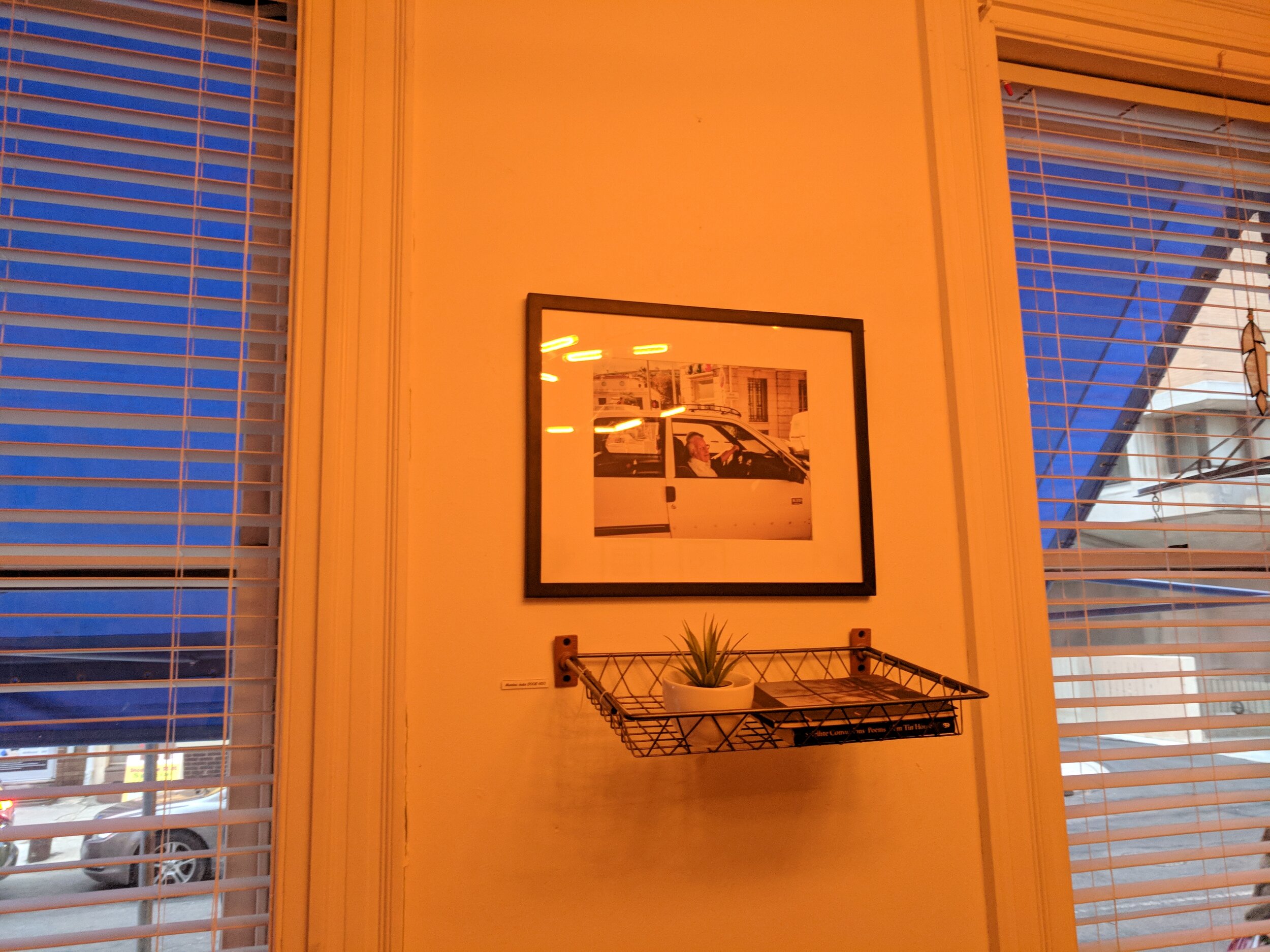
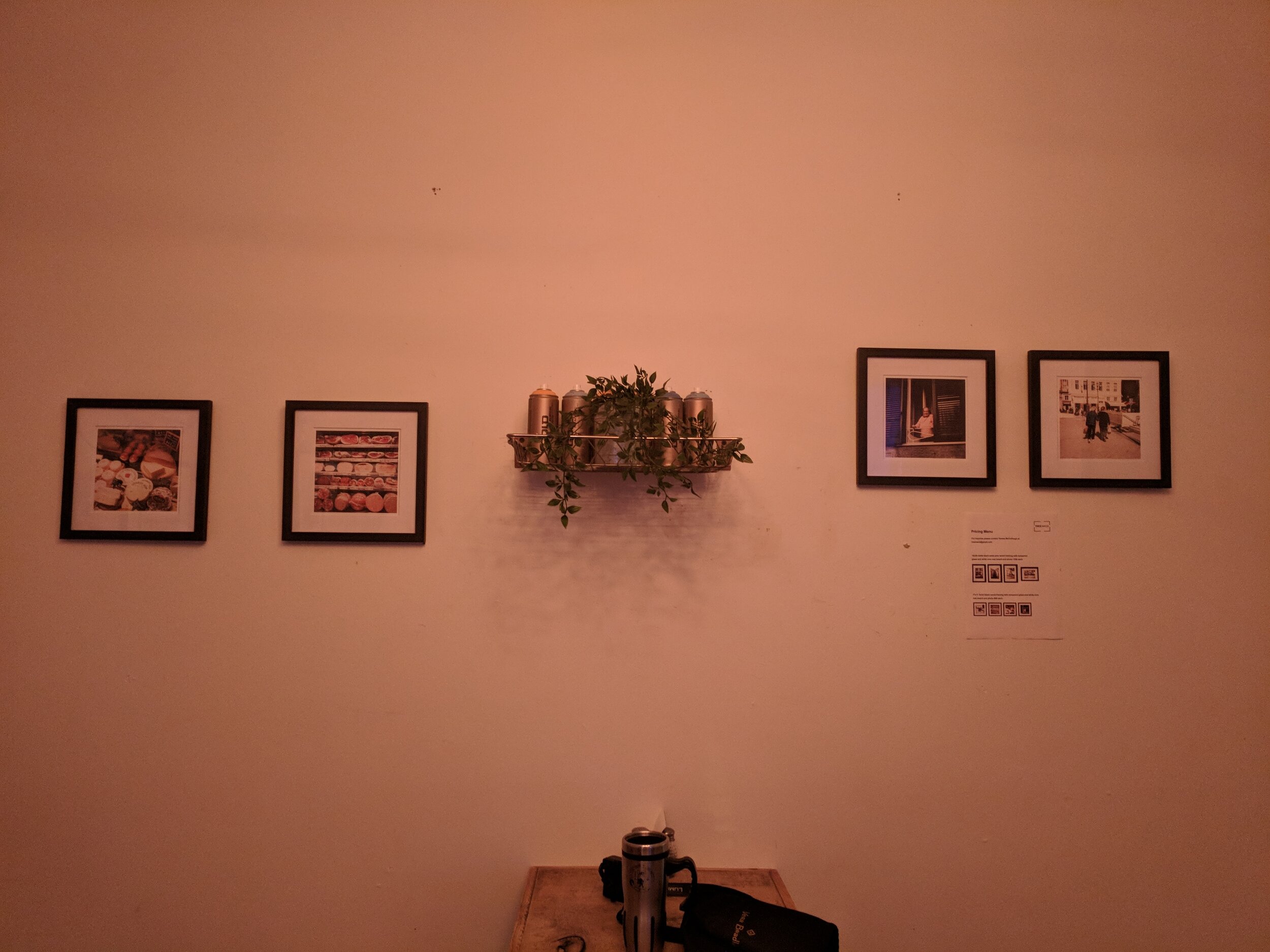
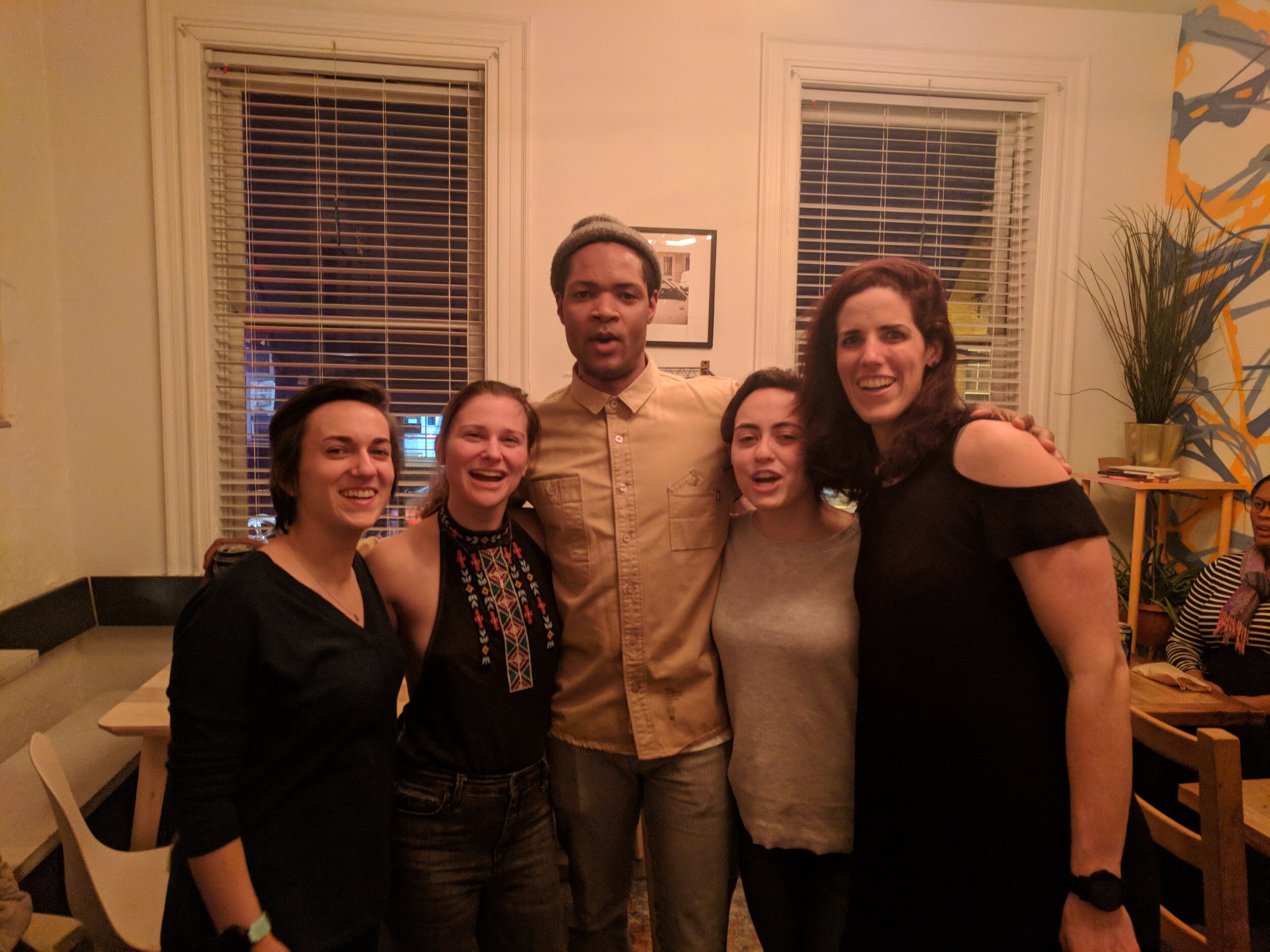
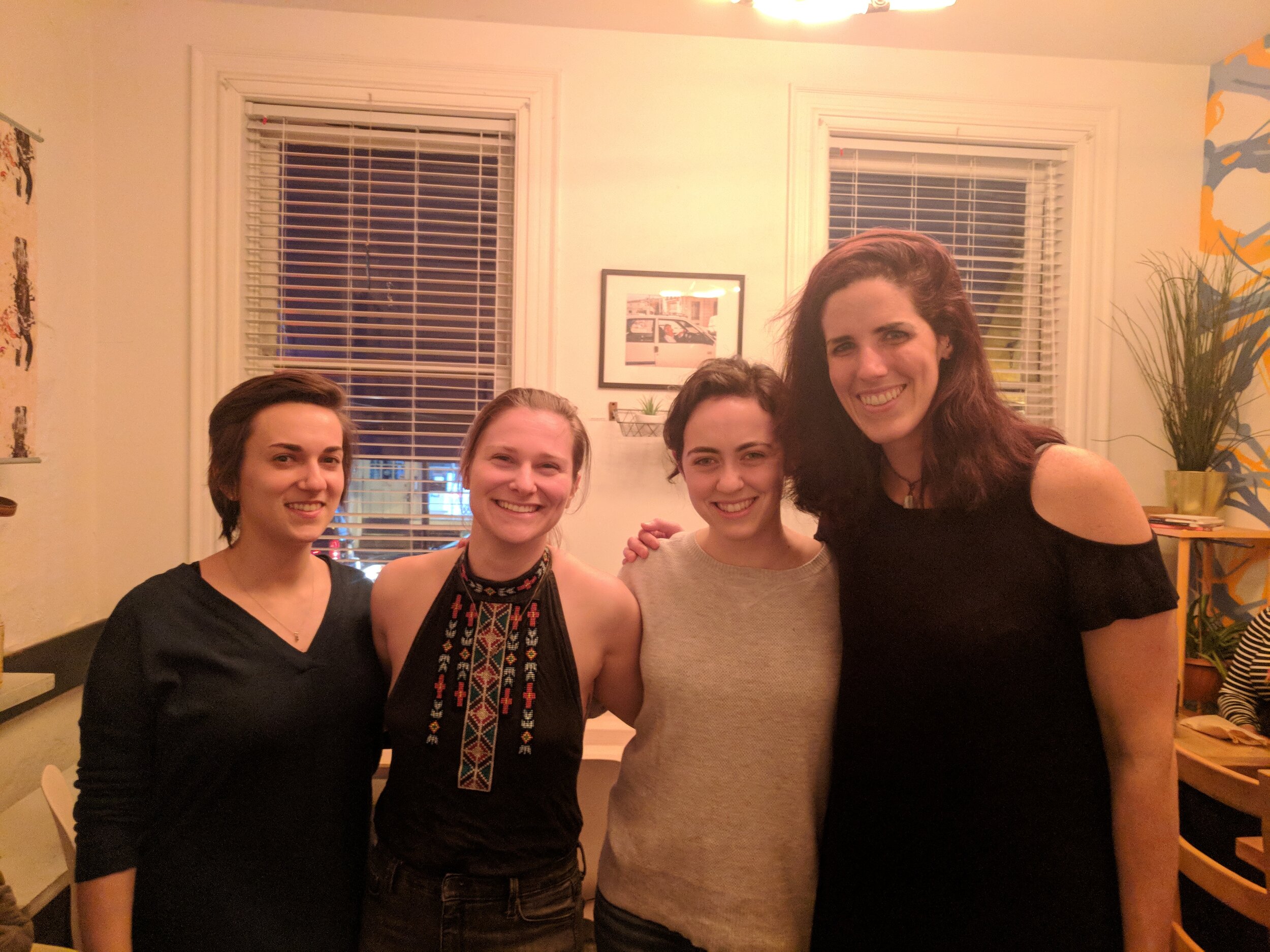
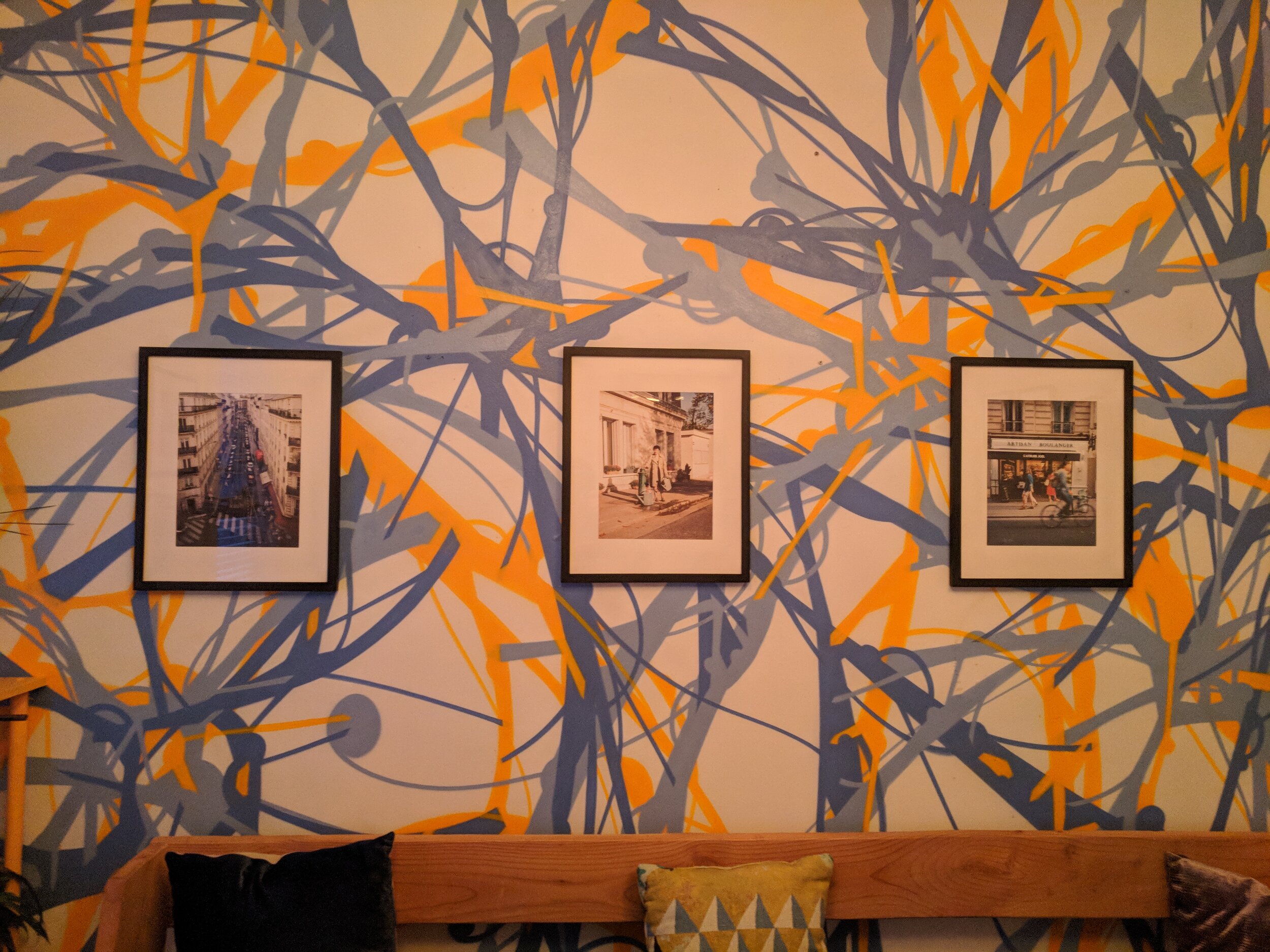
KUZU x Bower Cafe
Scenes from the old world,
TeresA McCullough (Tres mack)
Kuzu Creative House and Bower Cafe are proud to present 2nd Fridays on Washington Square West. This unique pop-up series celebrates an inclusive and diverse community of local artists, makers and all forms of creatives. Join us to check out some of the best emerging work in Philly, down some shrubs, listen to live beats and make connections!
About the Artist:
Teresa McCullough (@tresmack) has been working as a professional photographer for a decade. She has experimented with underwater film cameras, non-traditional film and lenses, and double, sometimes triple exposures, and became recognized for taking film cameras to the club and making untraditional film compilations. Her current practice is based in analog photography as a resistance to the digitally saturated world. She was picked up by Philly.com as a freelance photographer in 2011. Today she takes her Yashica T4 film camera loaded with her favorite film, Ektar 100, wherever she goes. Scene from the Old World is comprised of images from this camera. The show features simple moments from her travels to Italy and Paris with her beloved husband Jim, who also shoots film. Check out her website www.tresmack.com for any print requests and follow her on instagram @tresmack and check her out.
Credits
Creative Direction + Event Production by KUZU Creative
x Bower Cafe
Featured Artist Teresa McCullough
Music by DistantStarr
Concepting by Fredric Freeman, Sera Boeno, and
Thane Wright
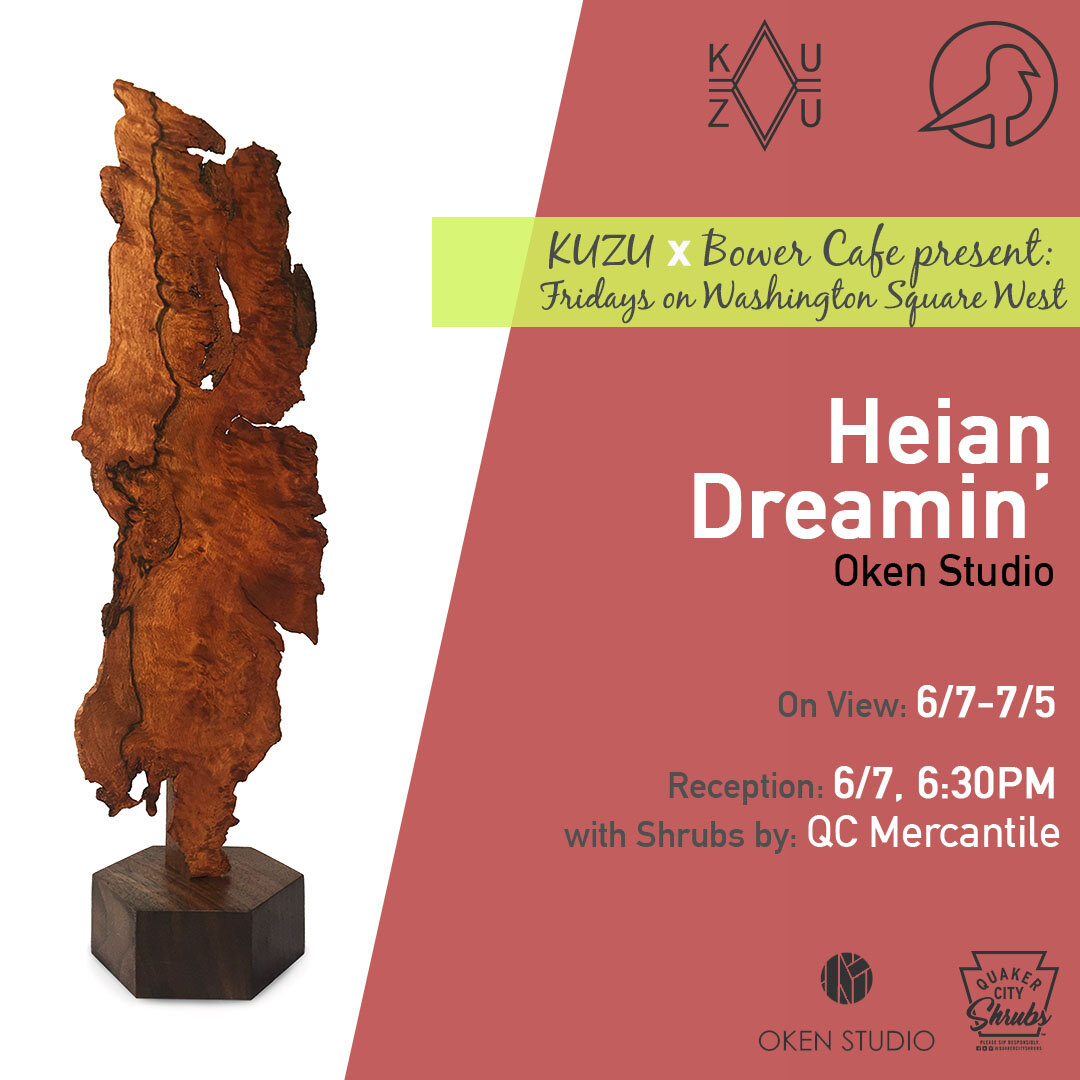
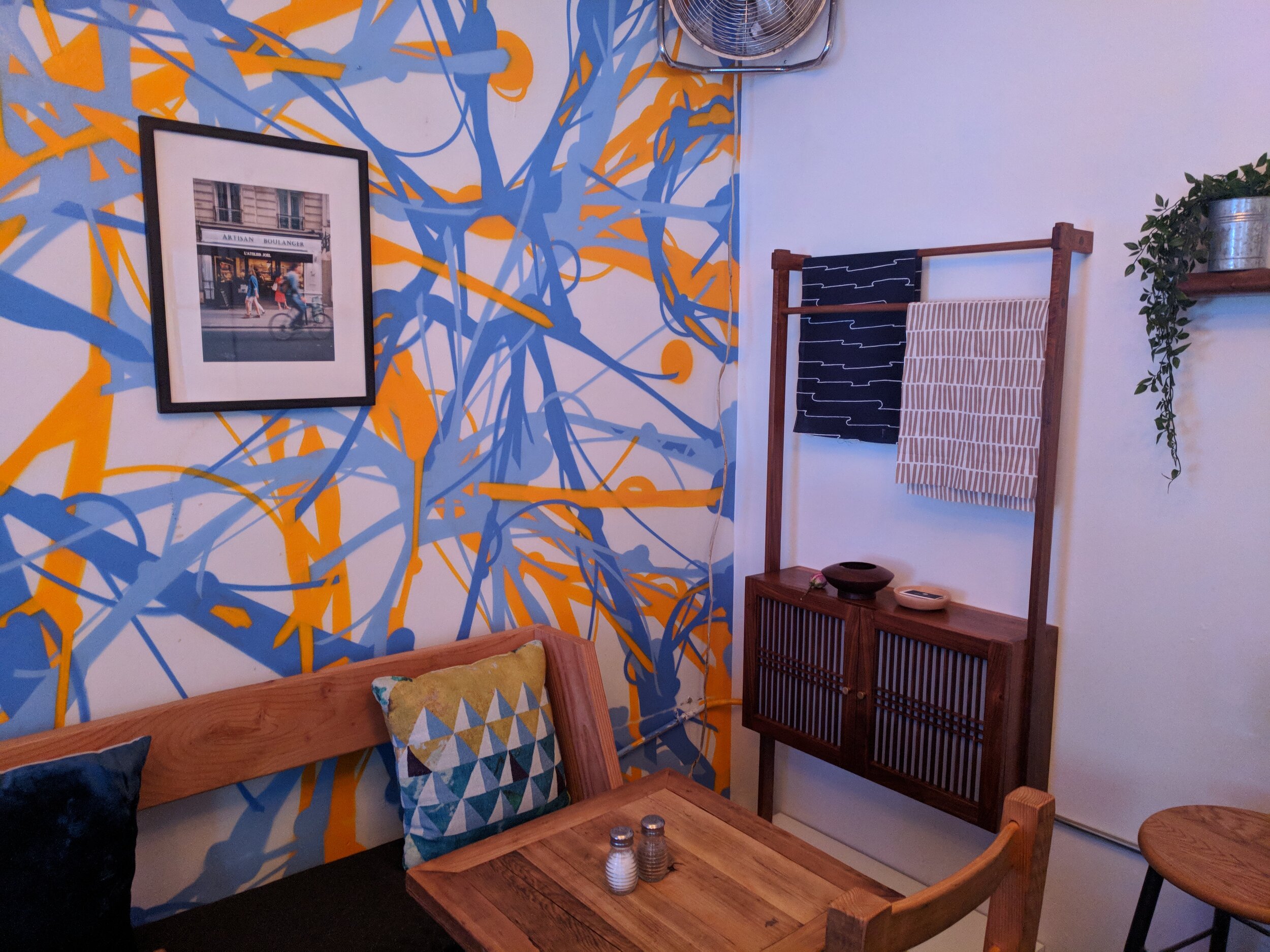
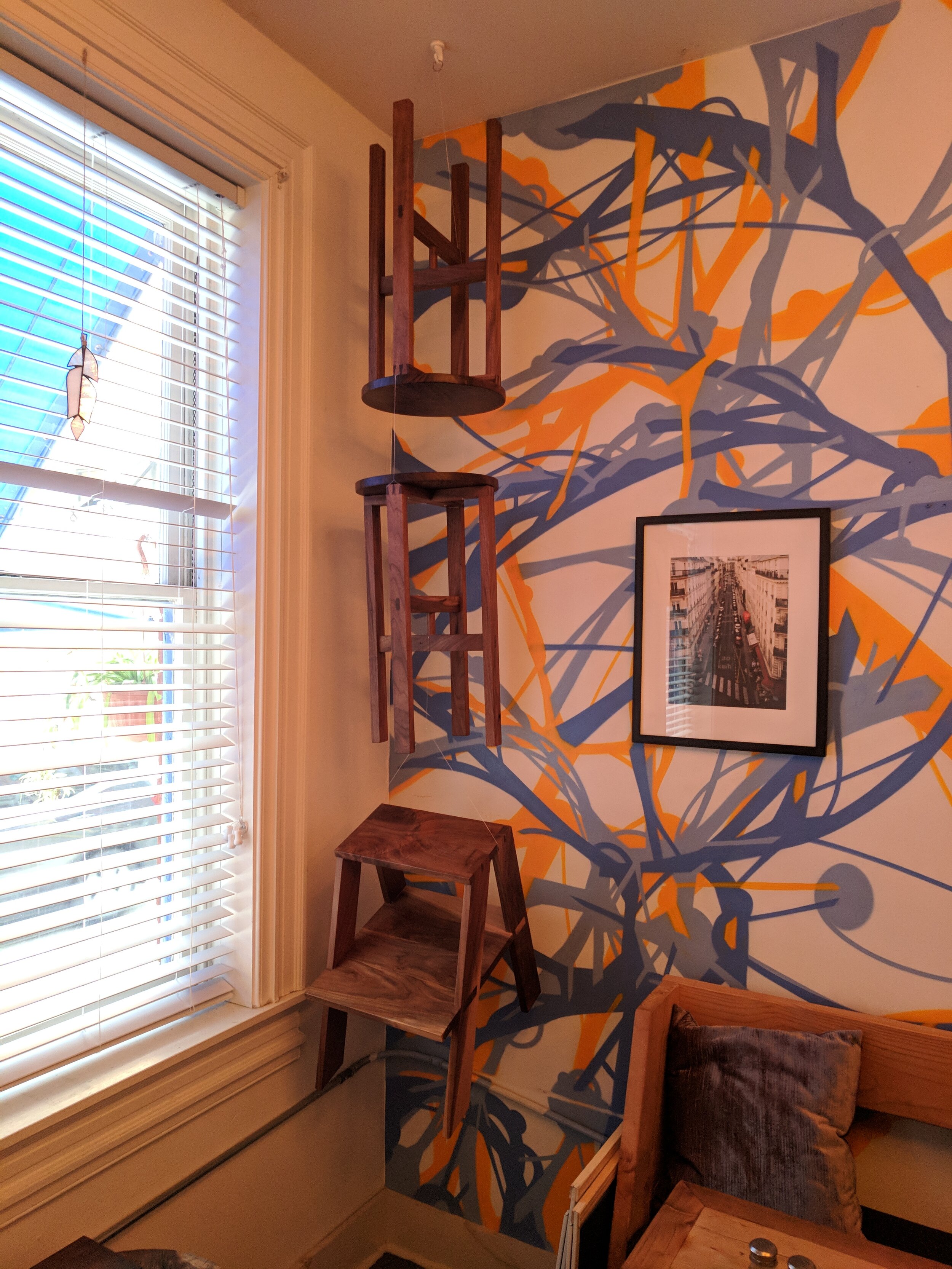
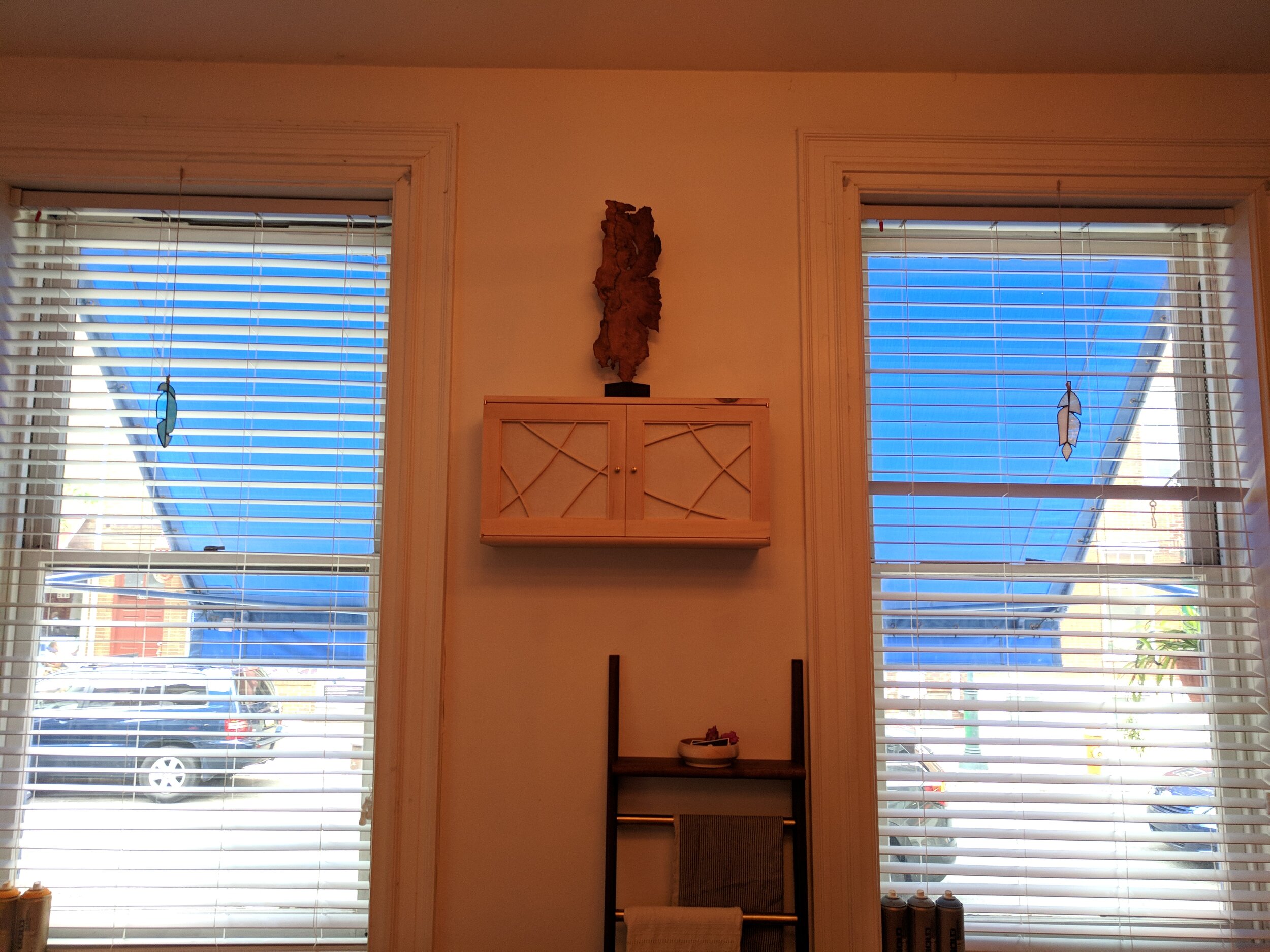
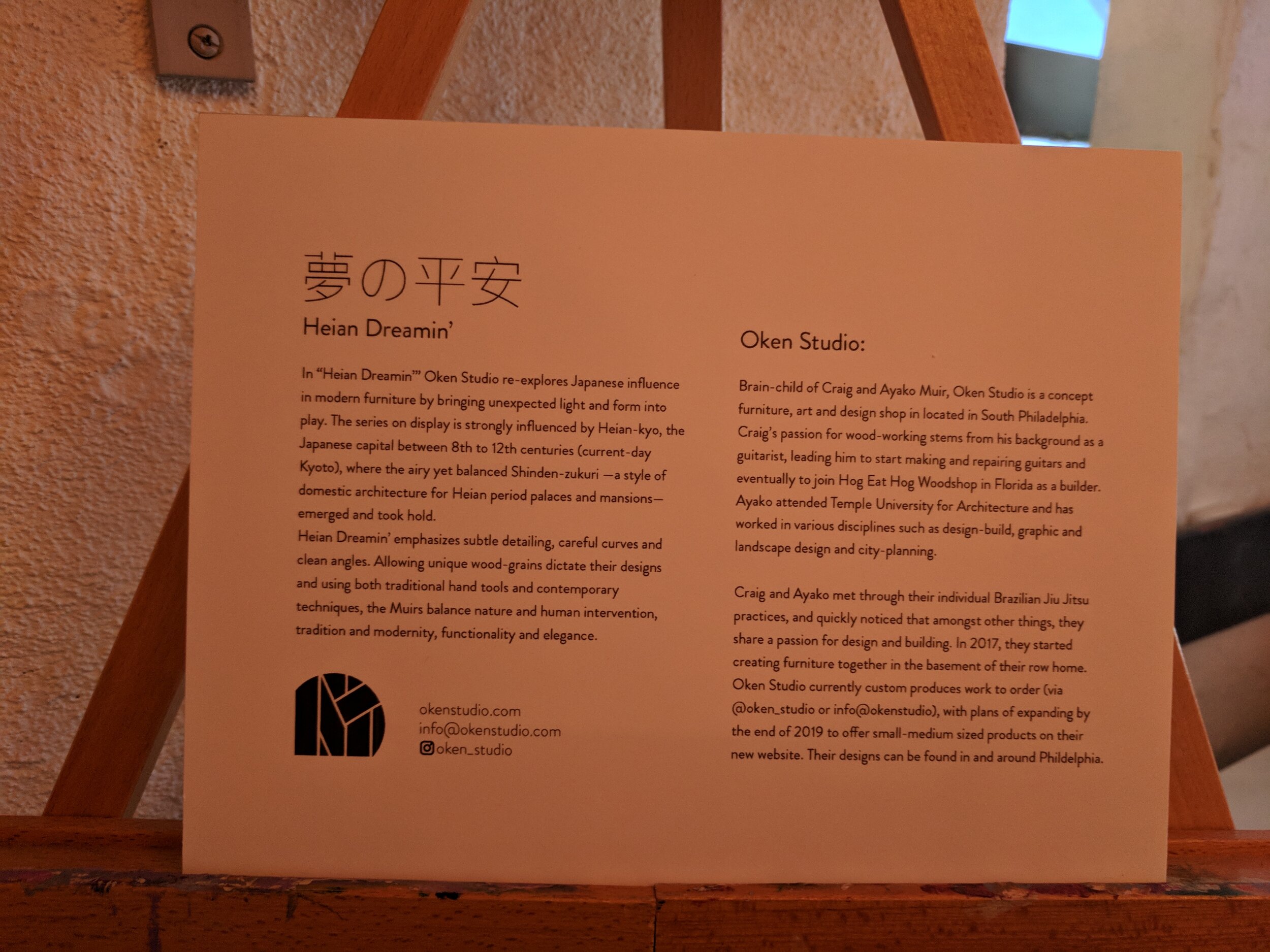
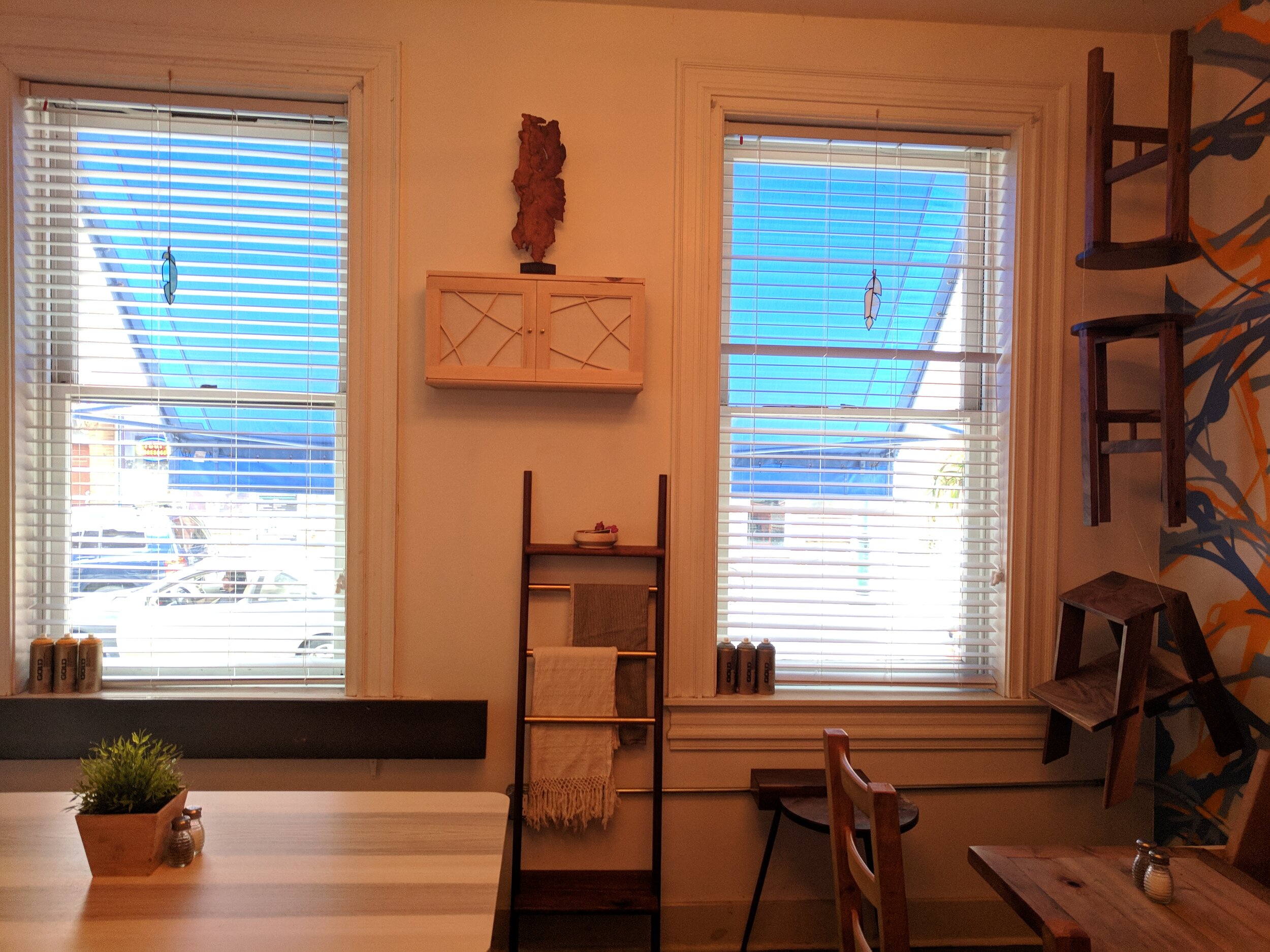
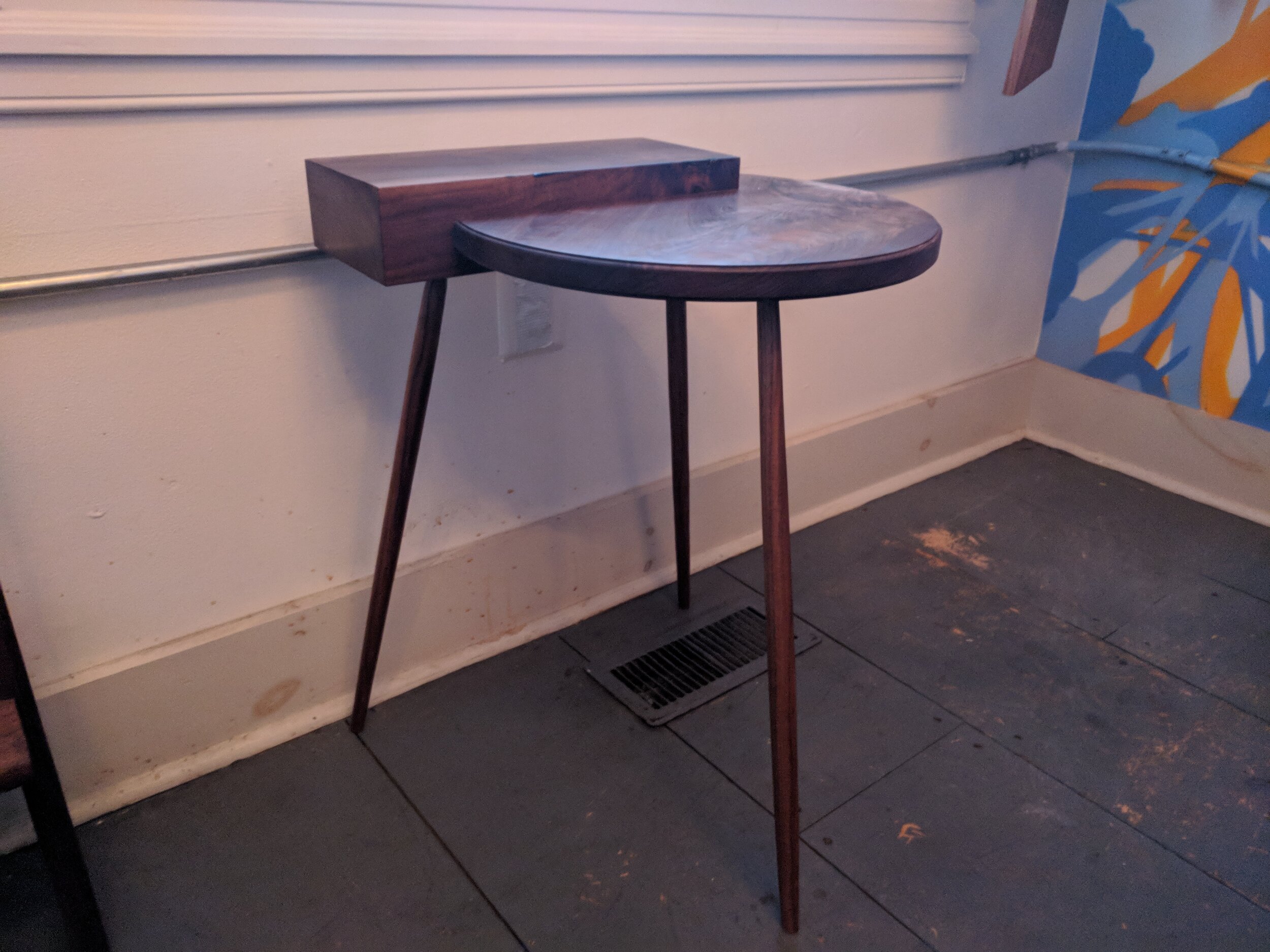
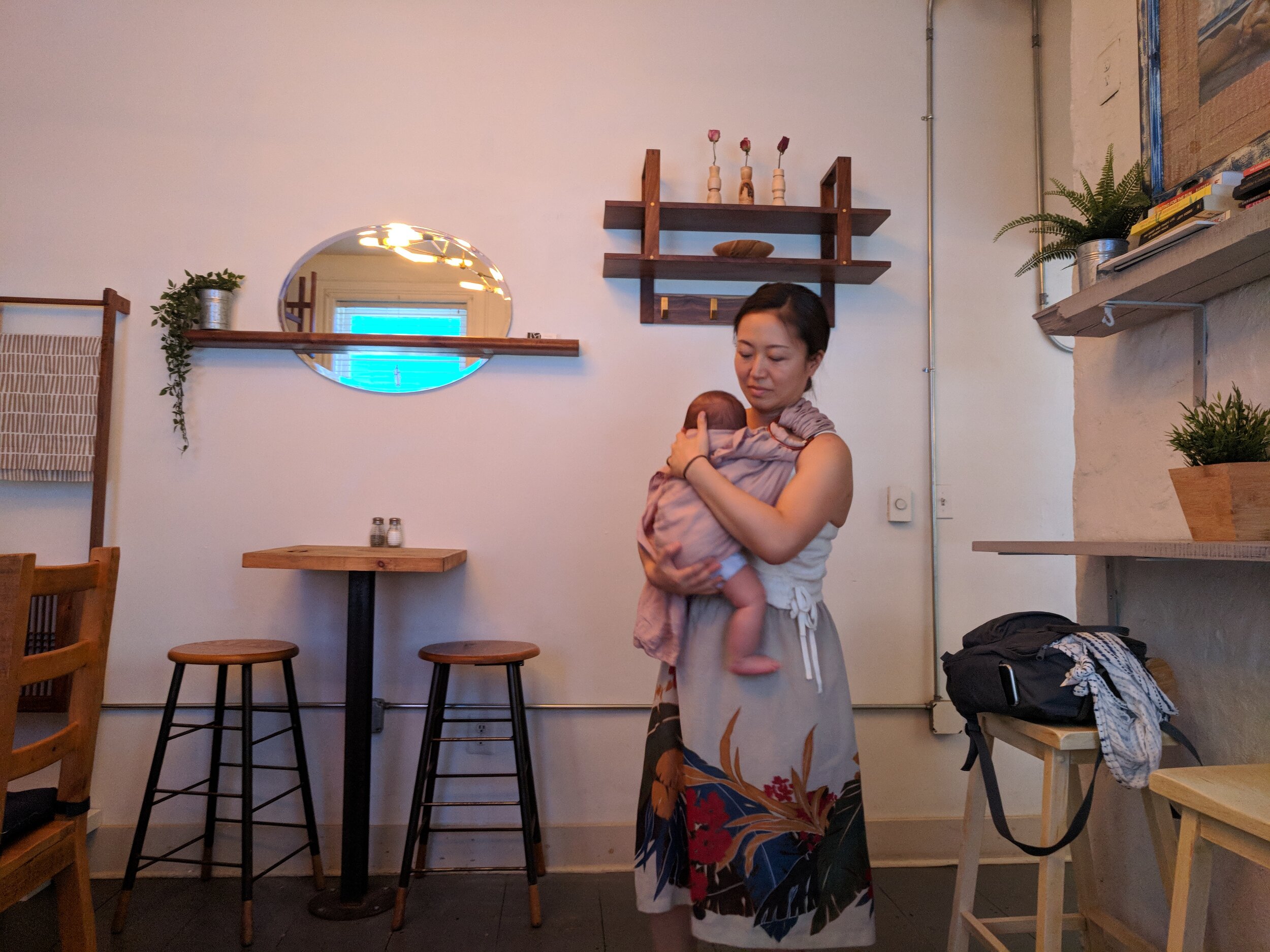
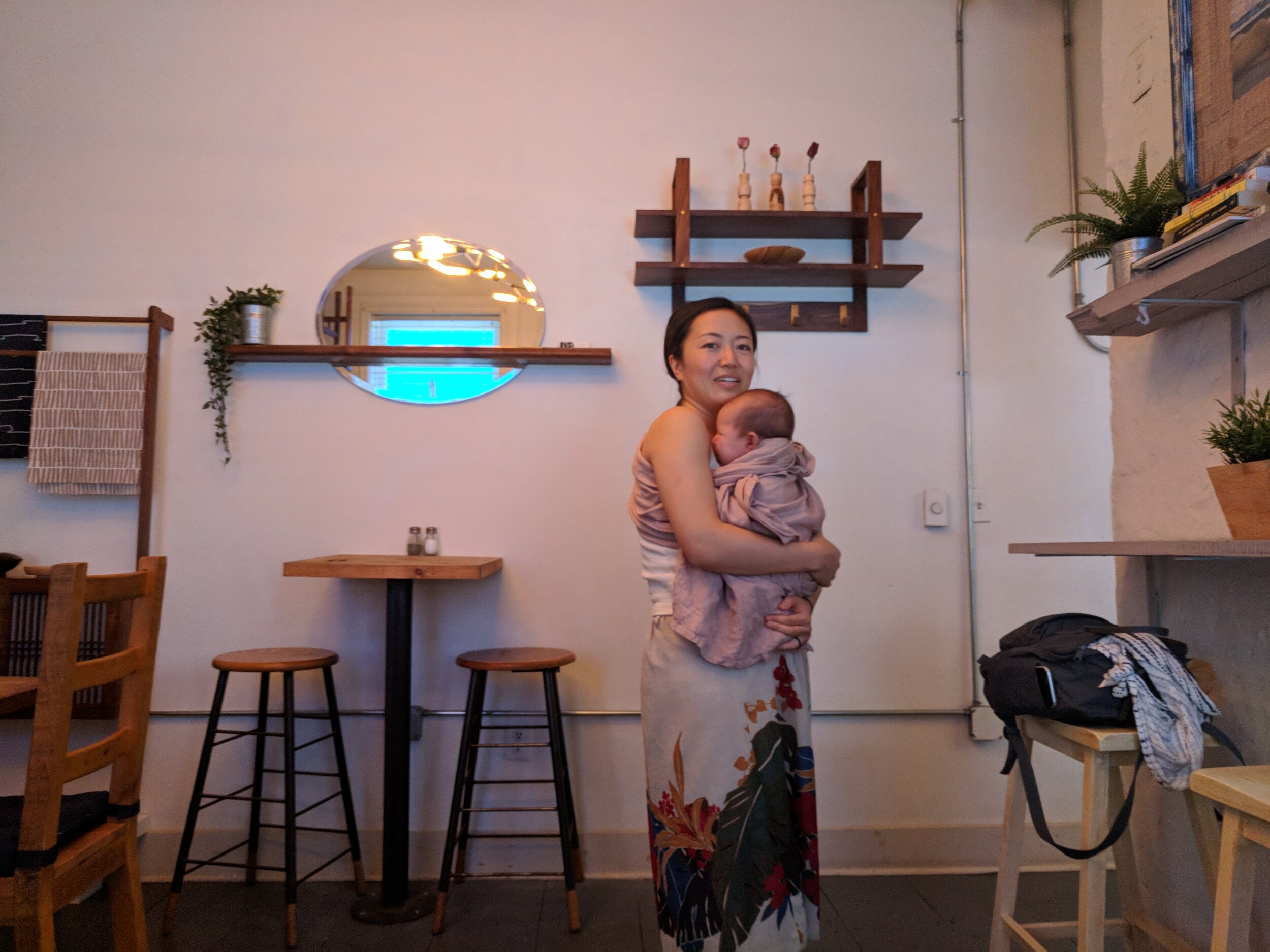
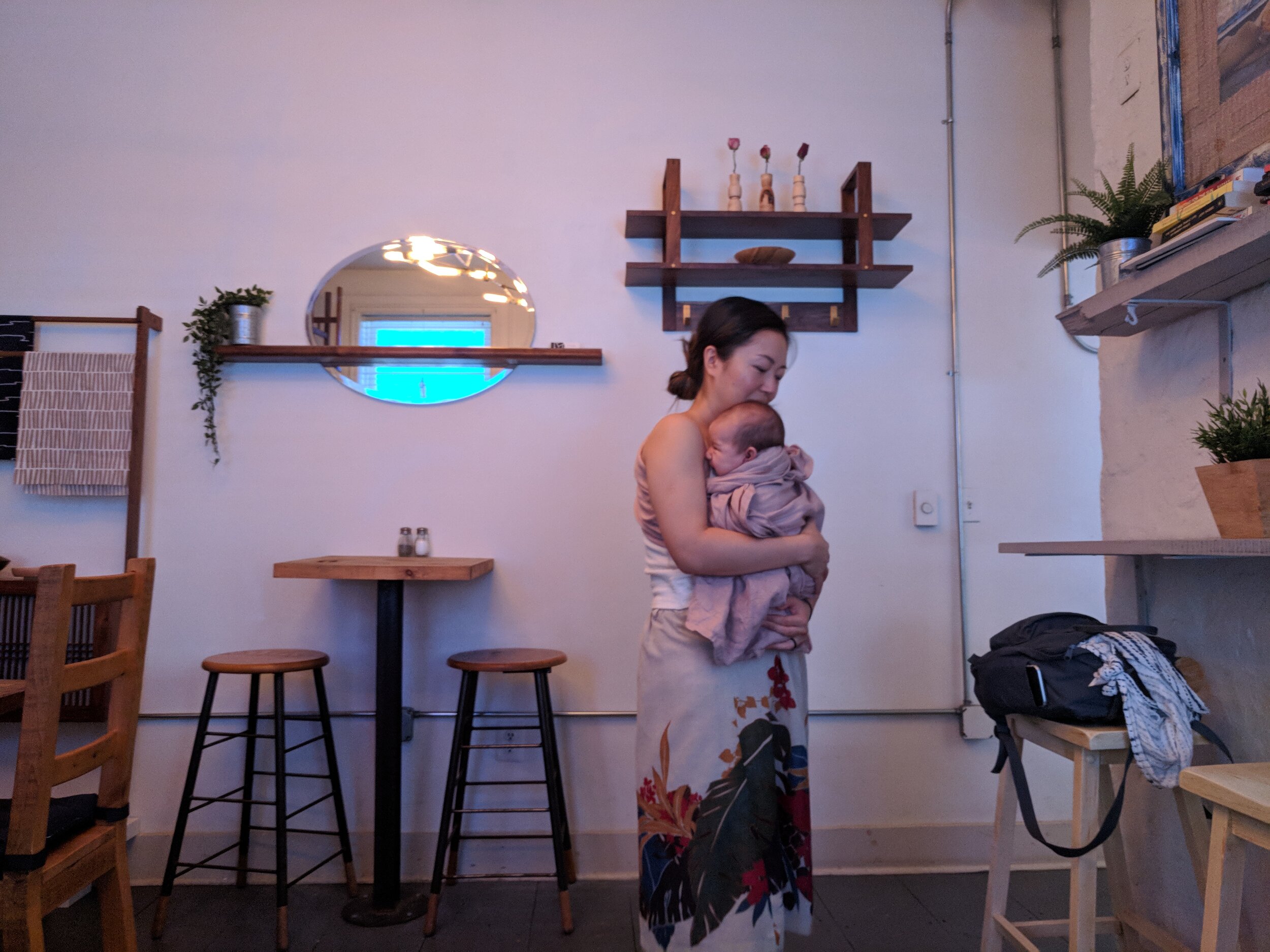
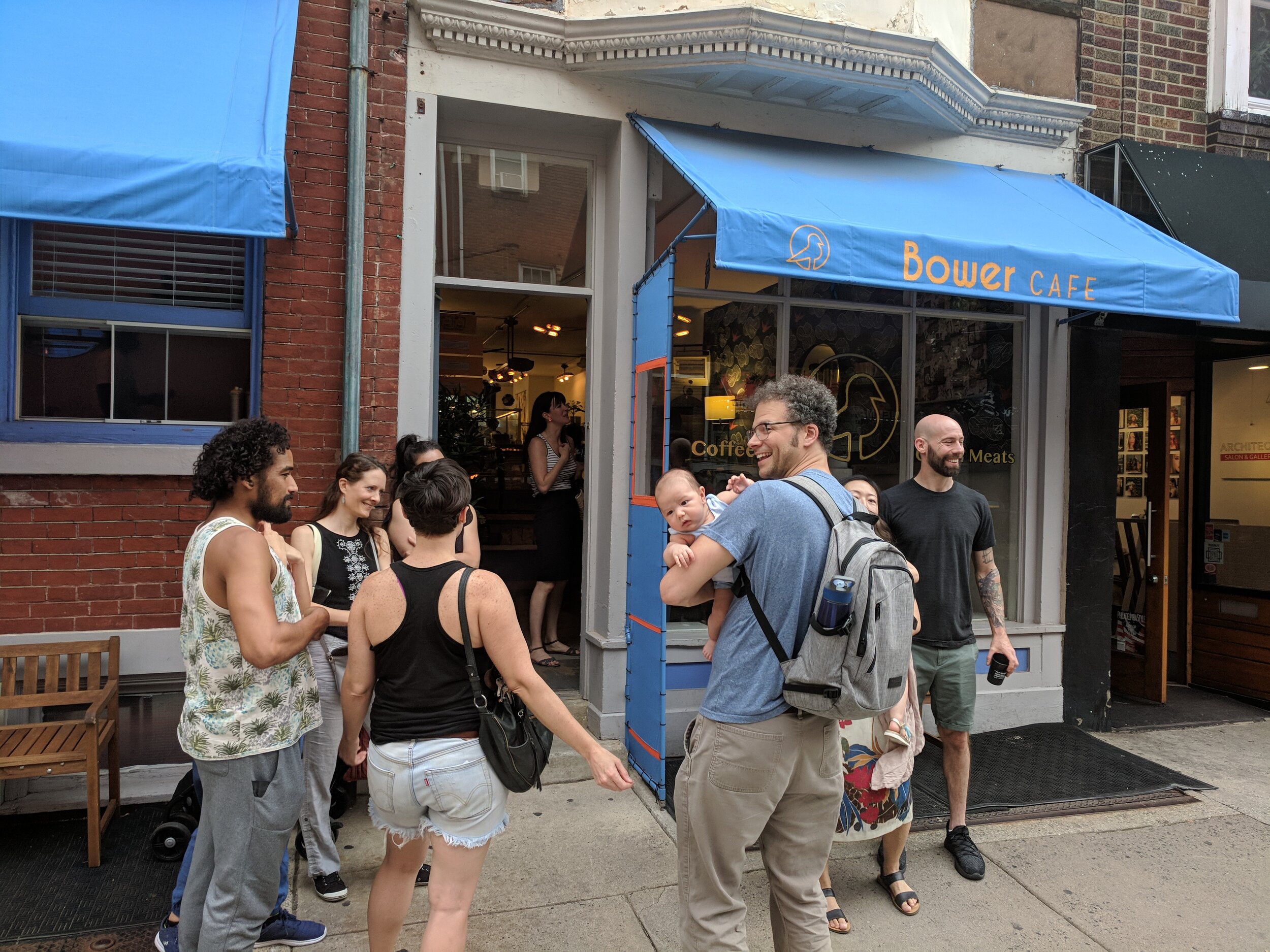
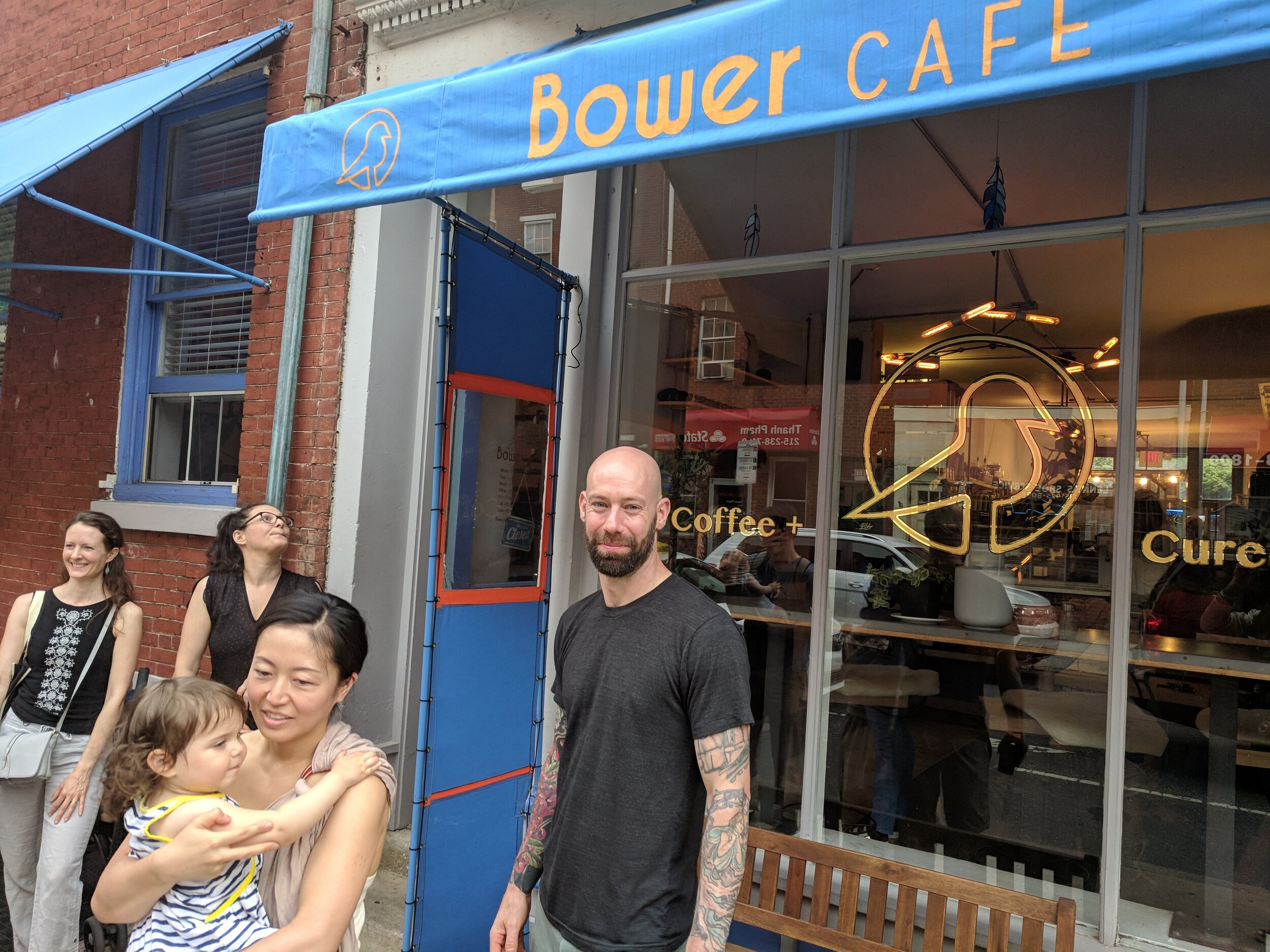
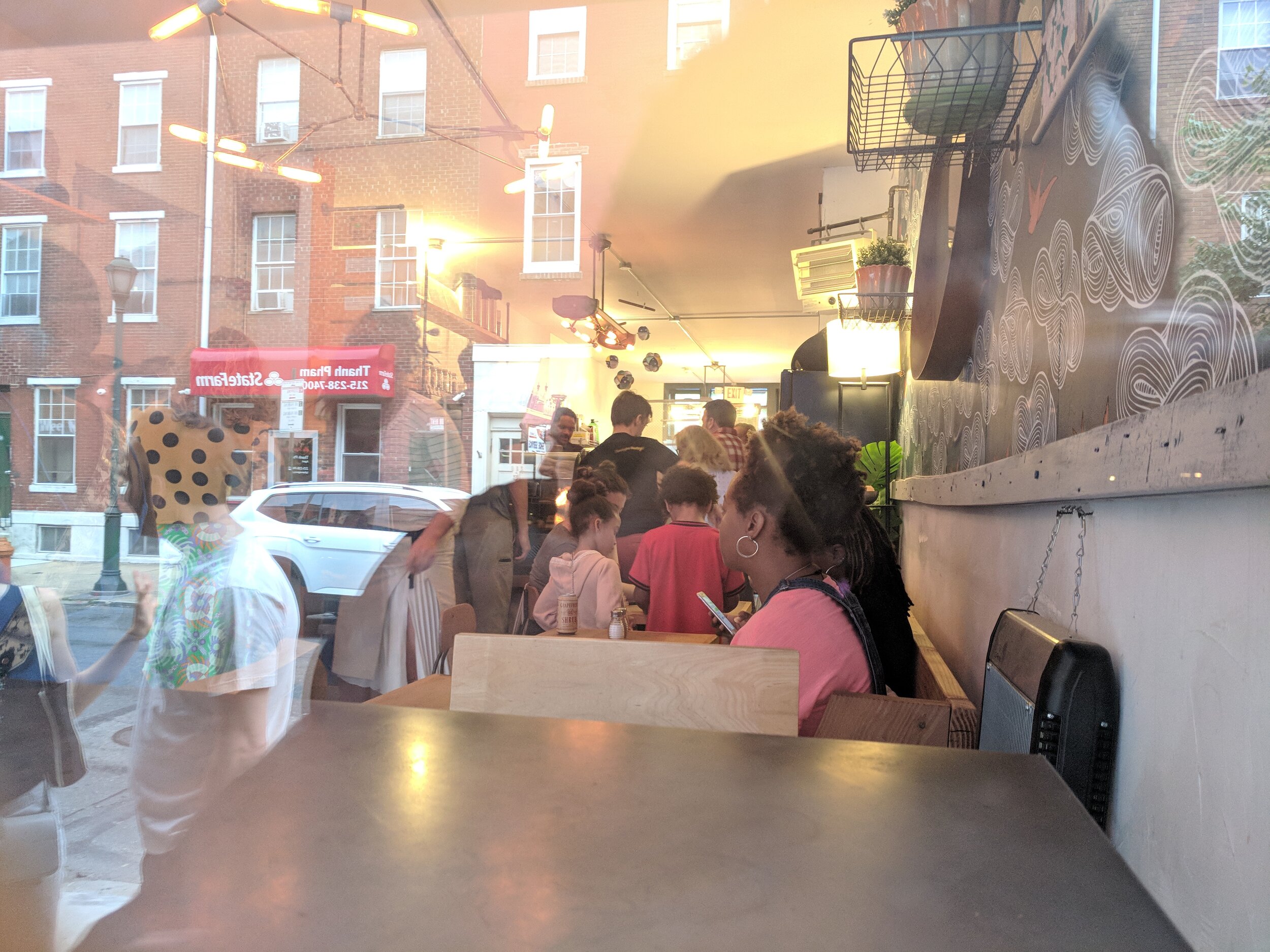
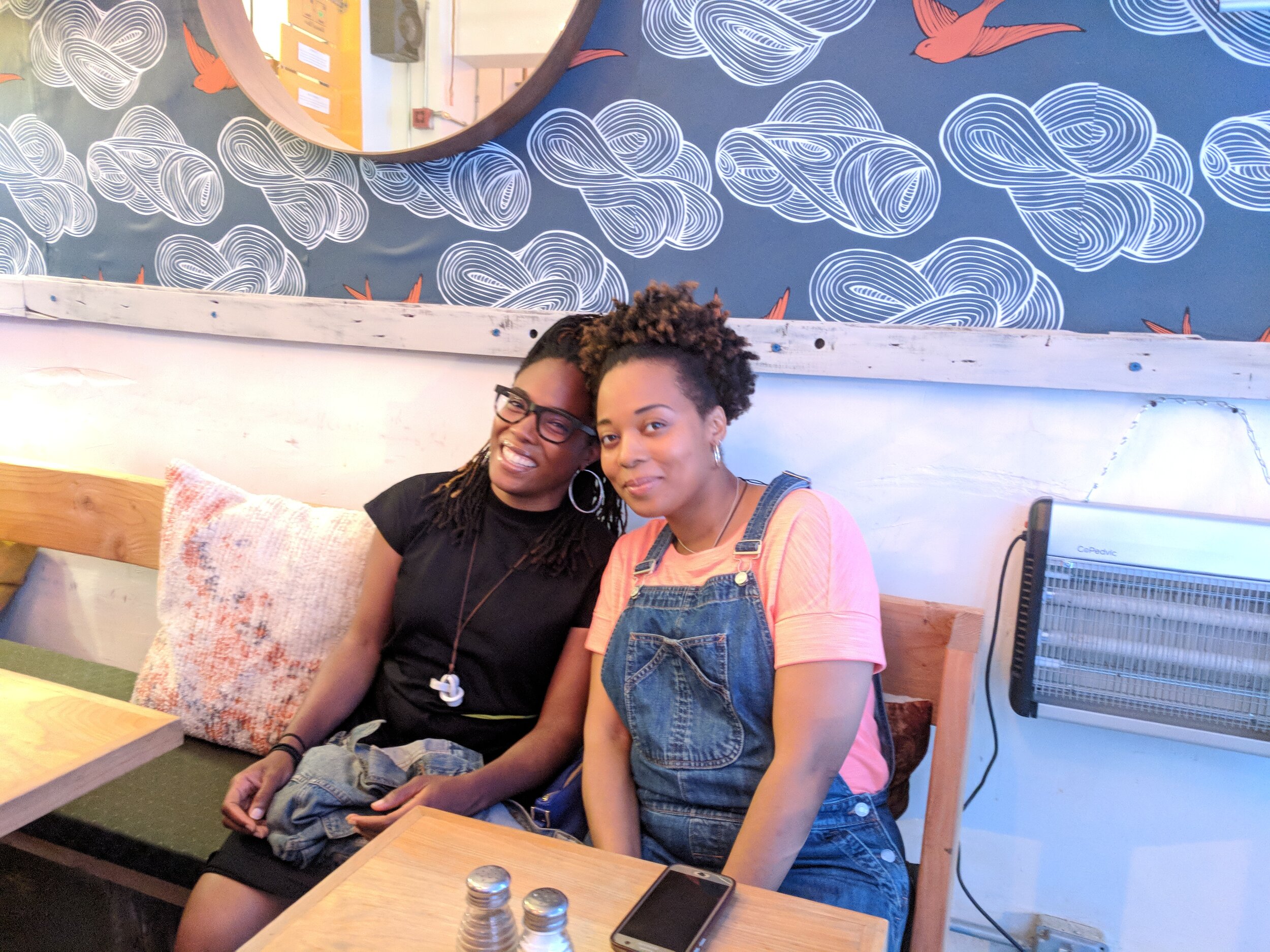

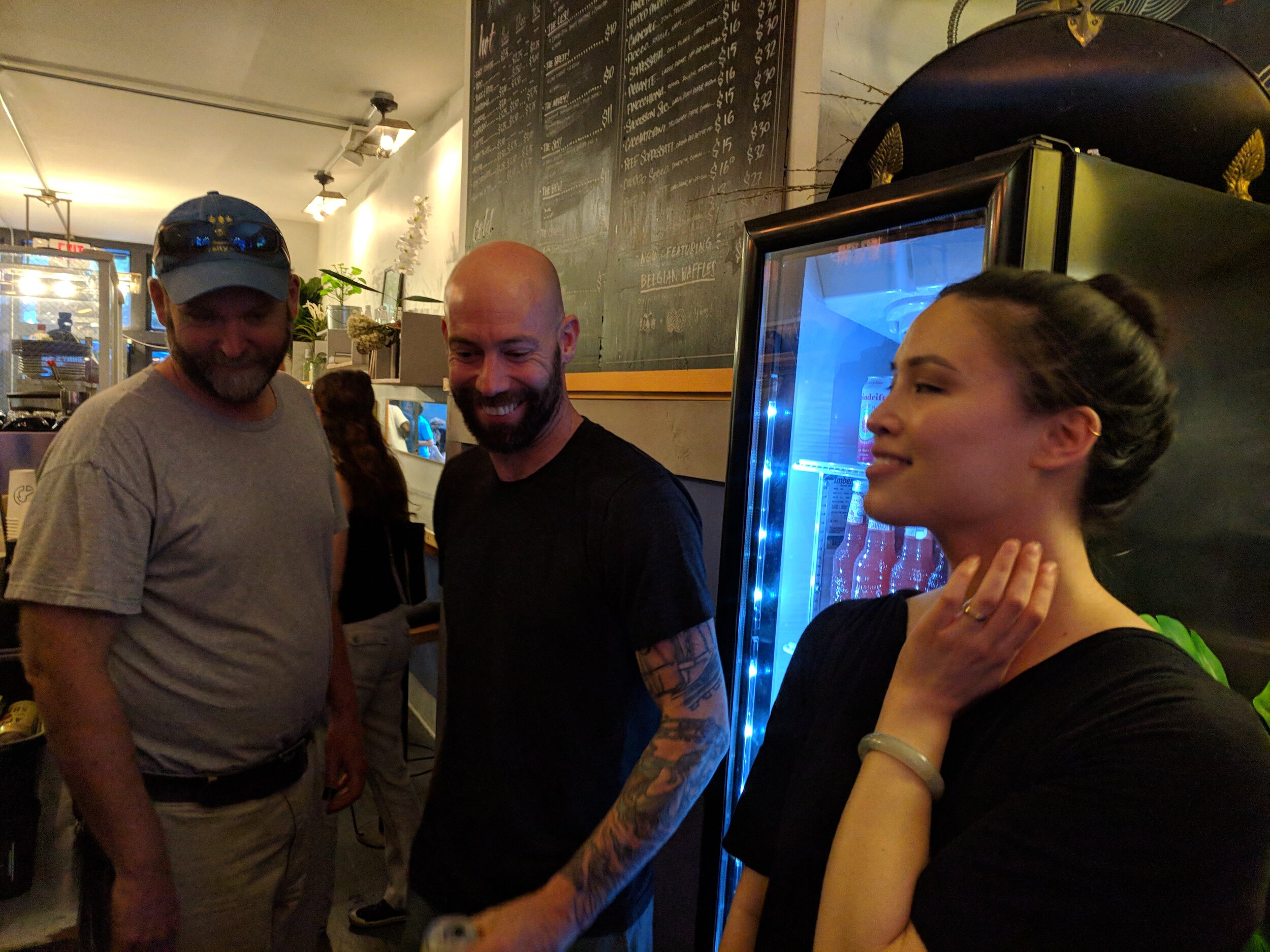
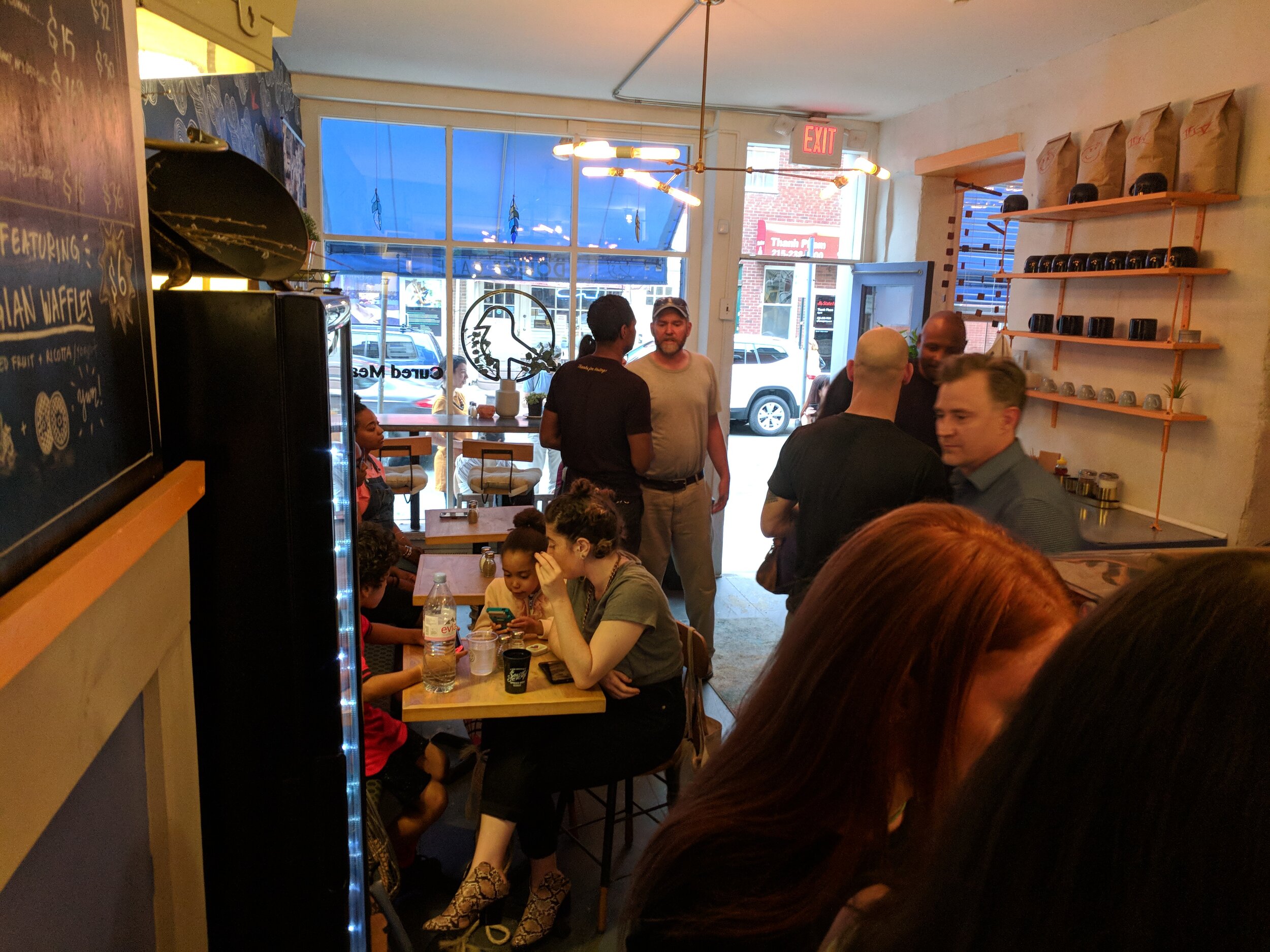
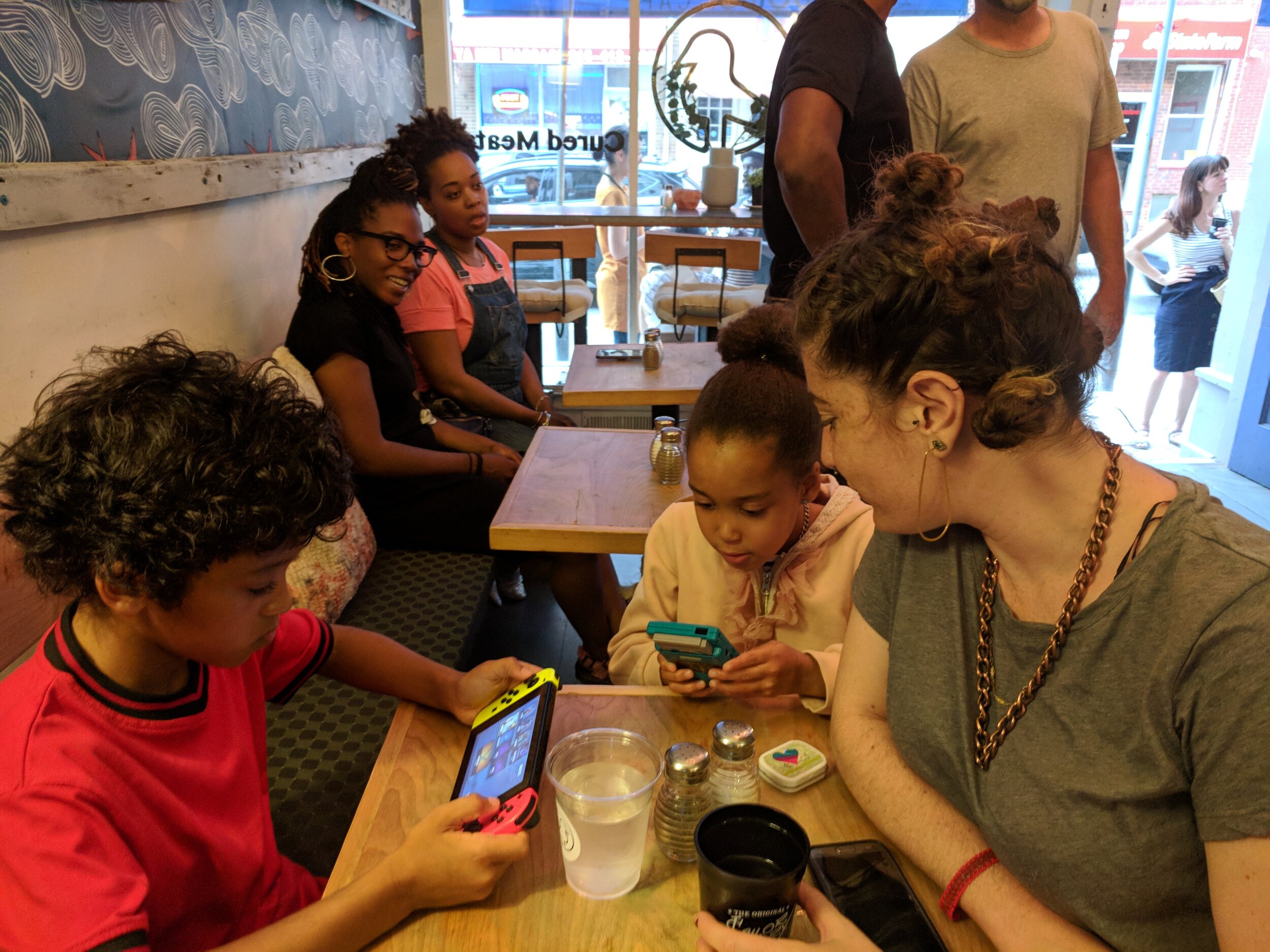
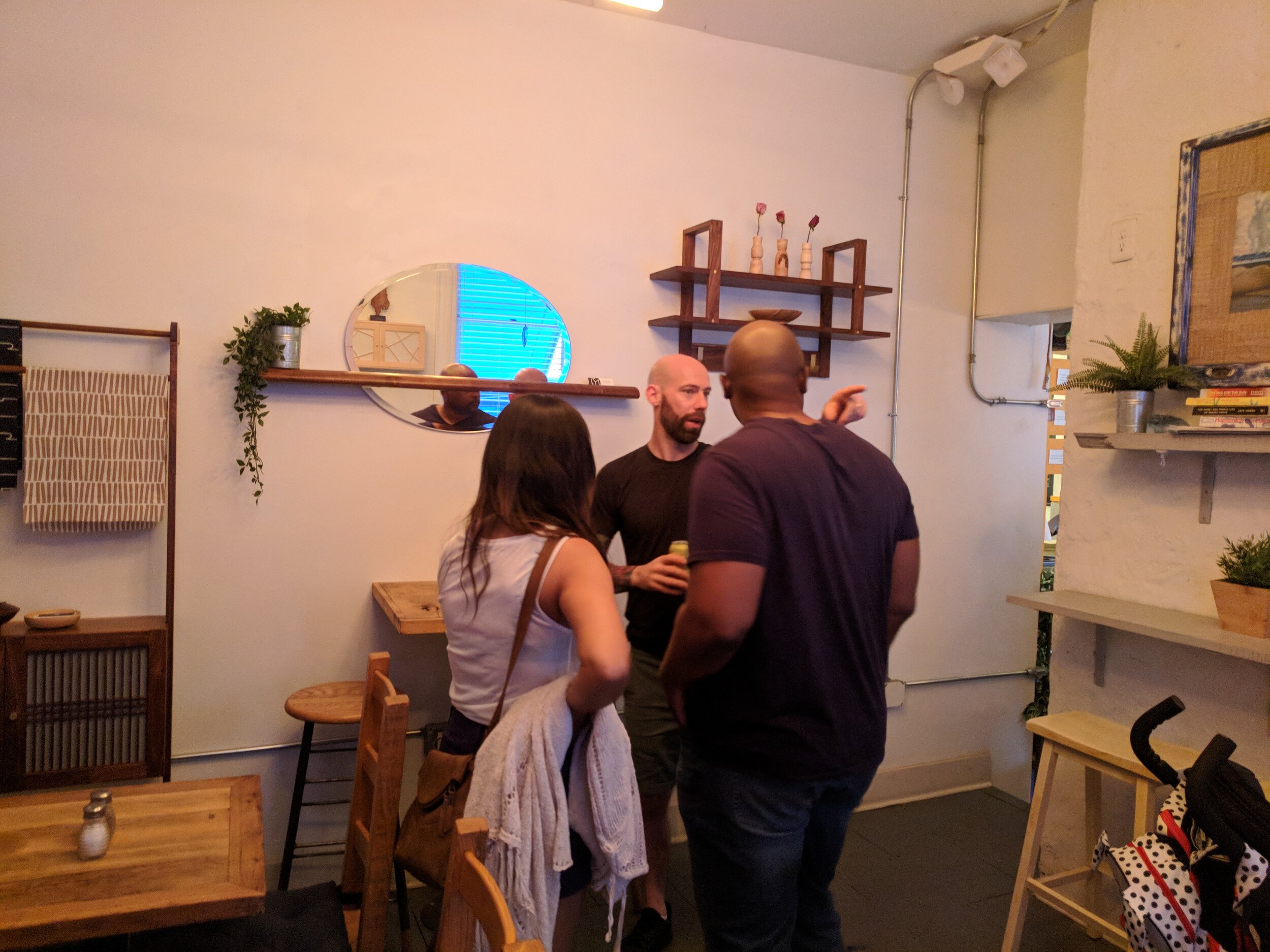
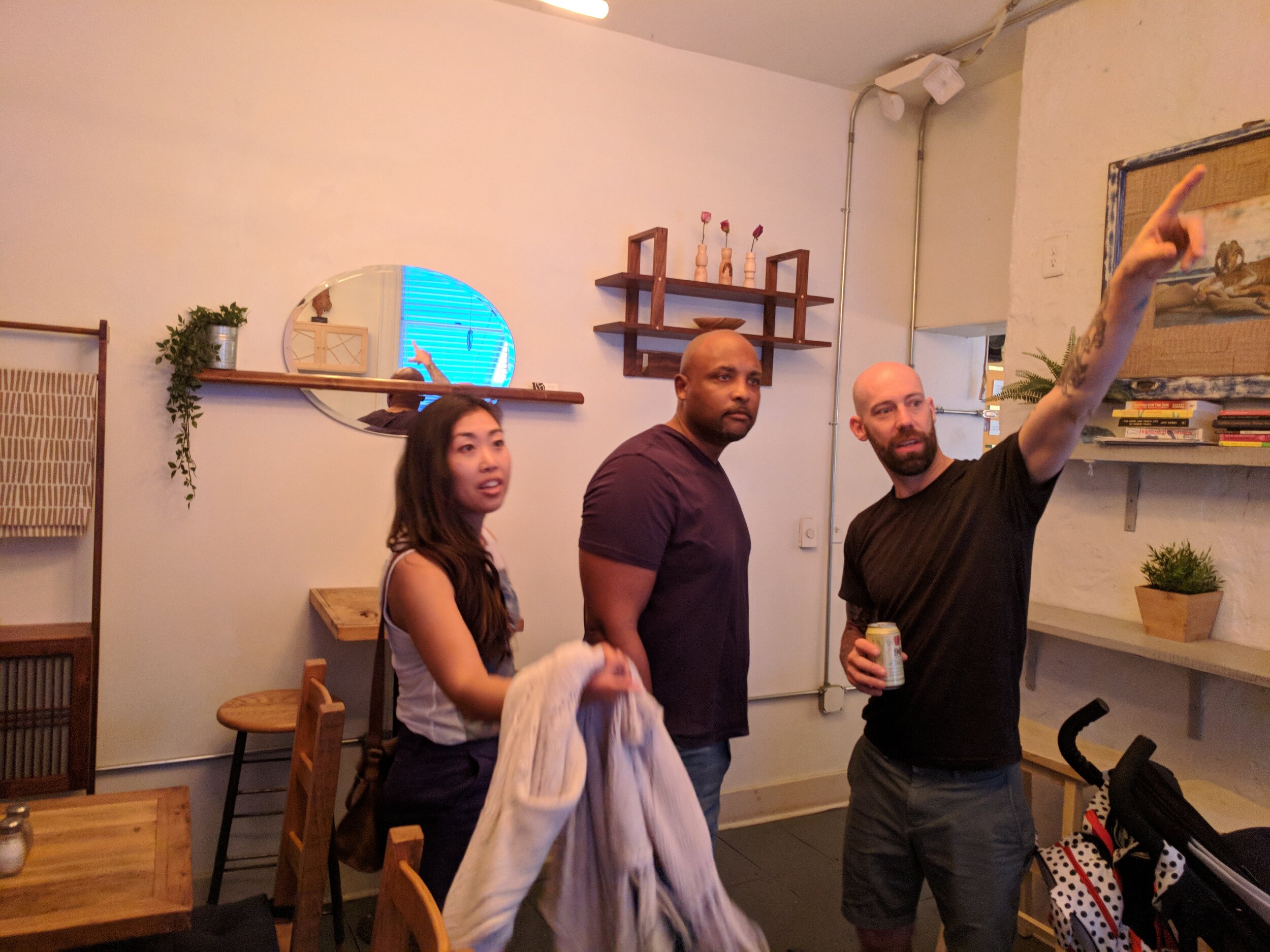
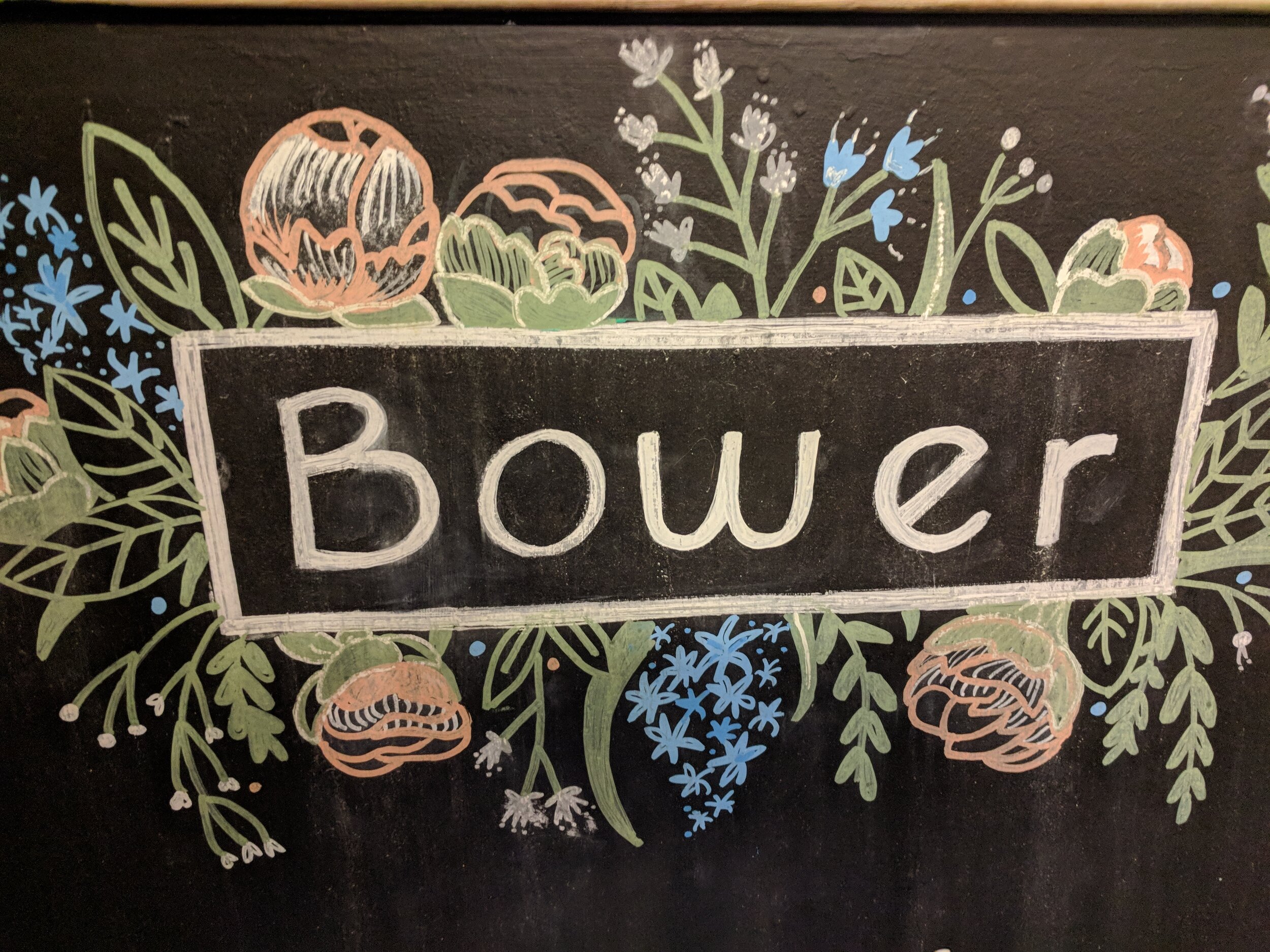
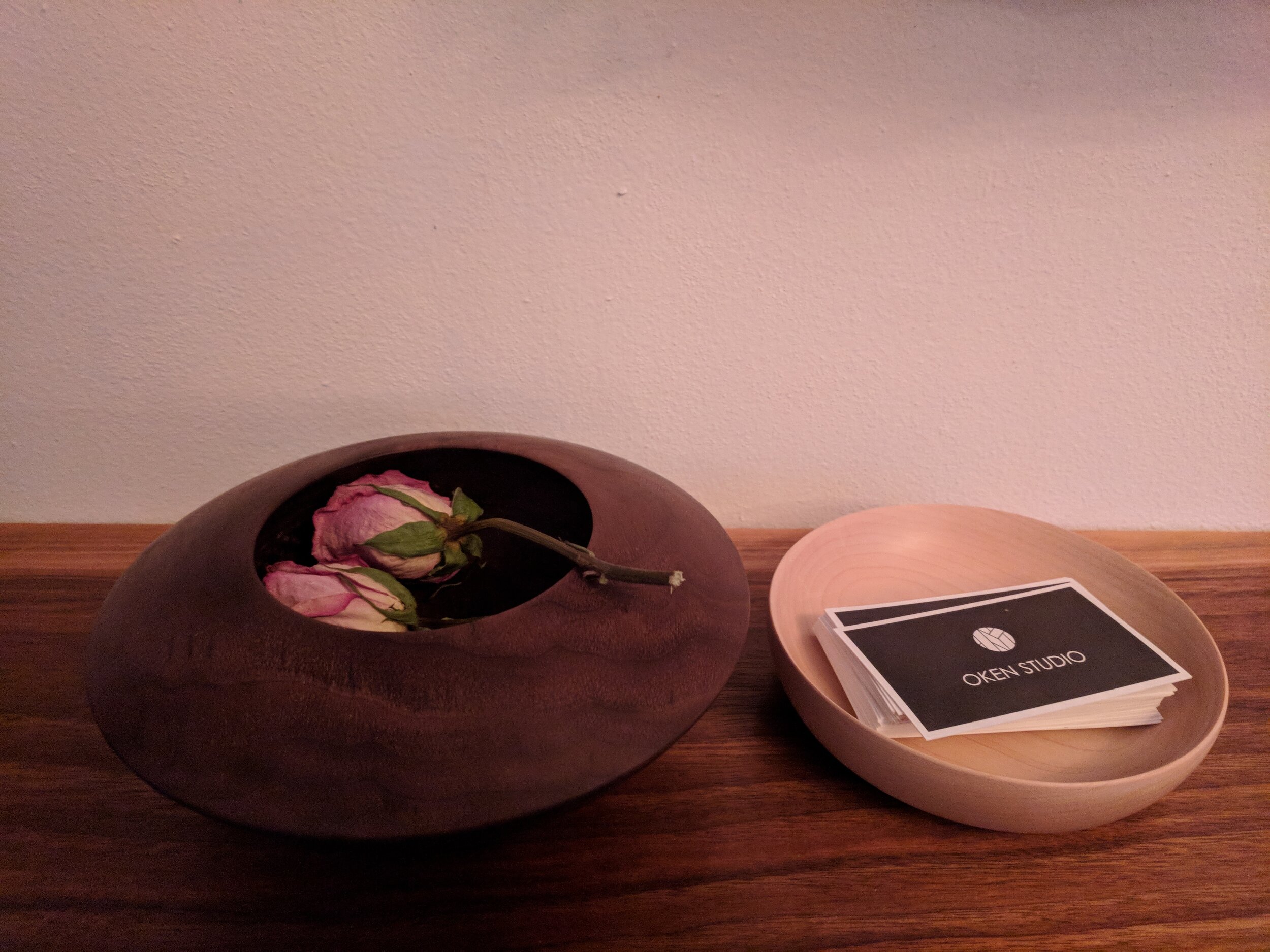
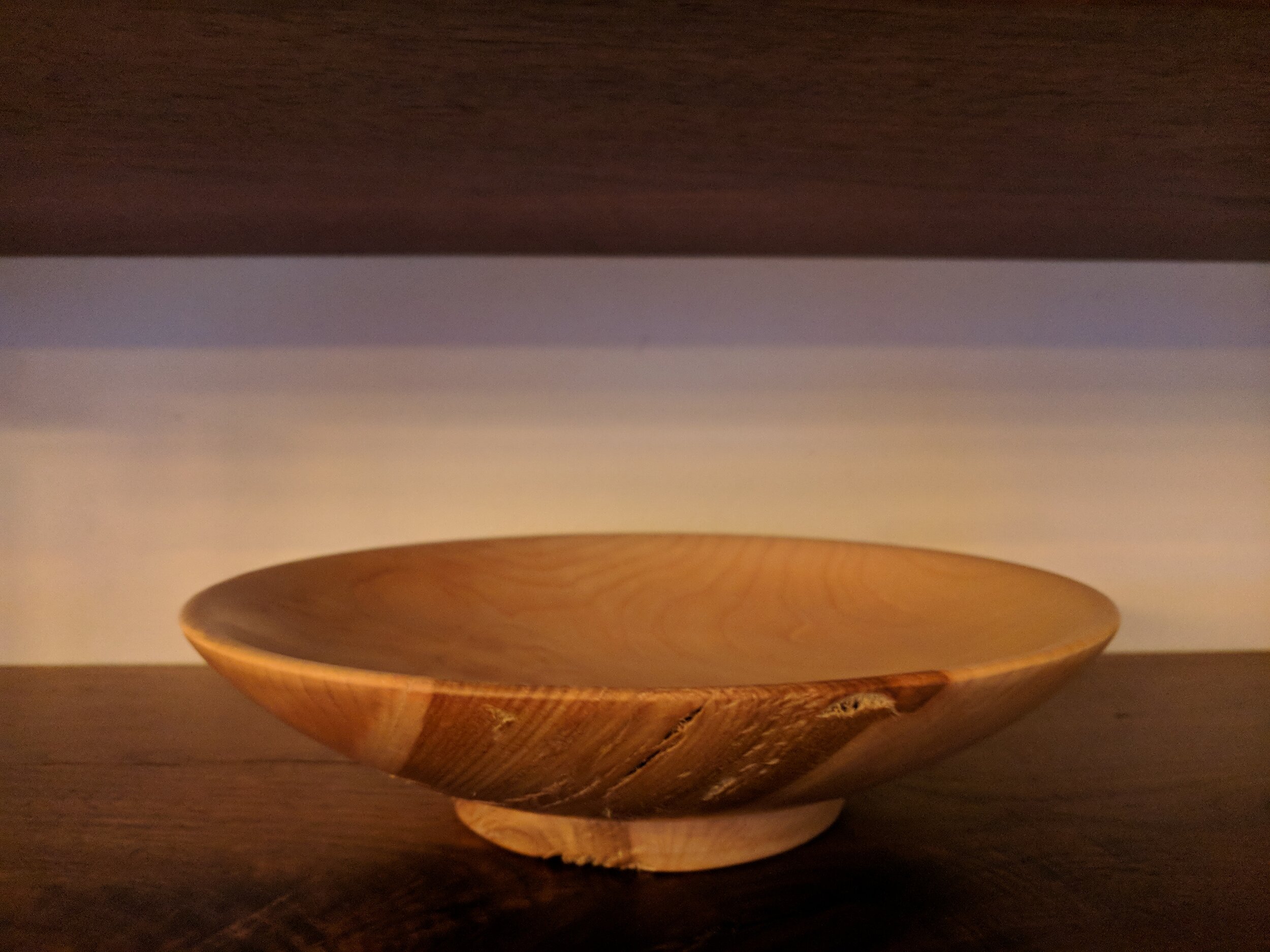
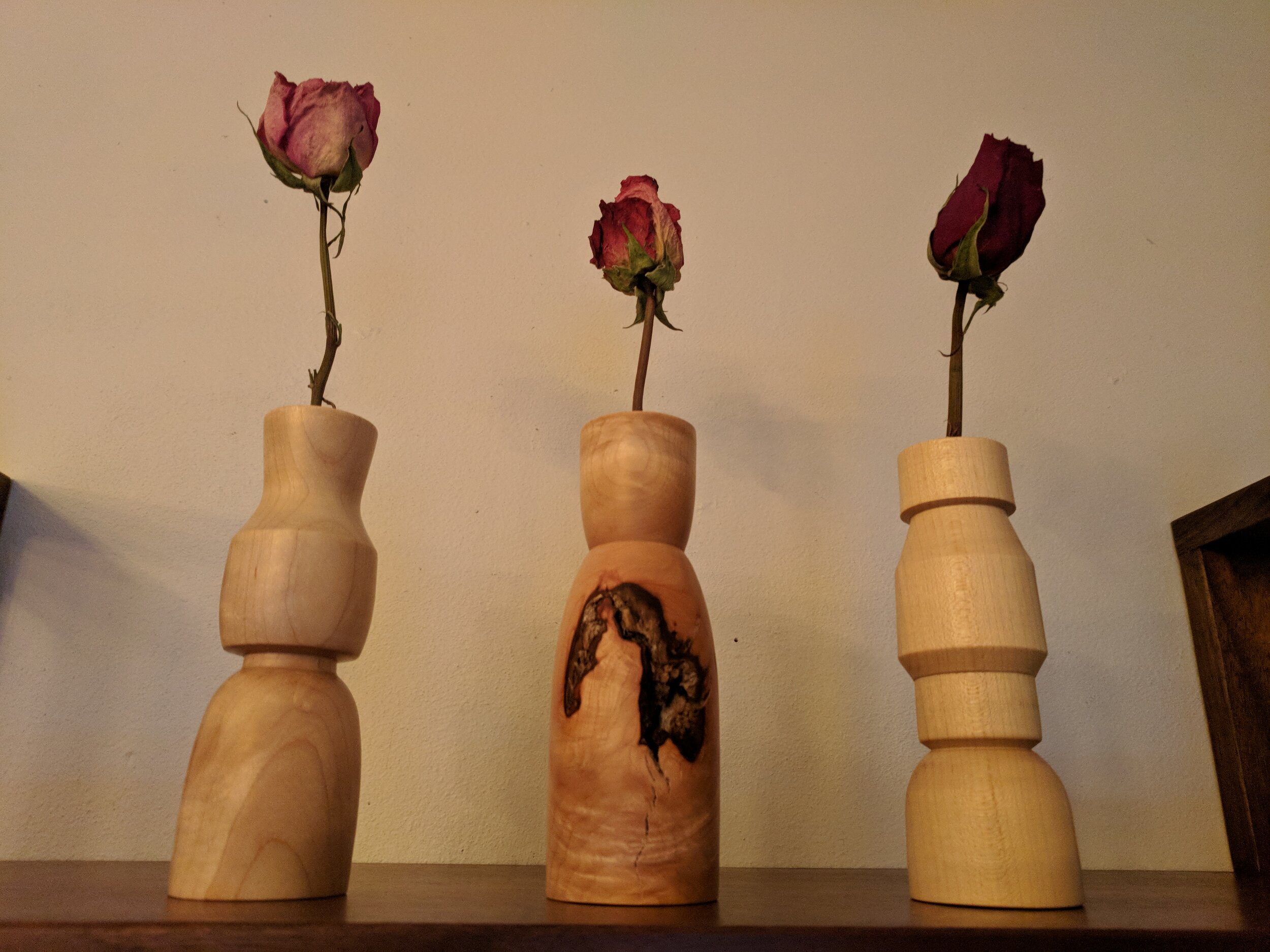

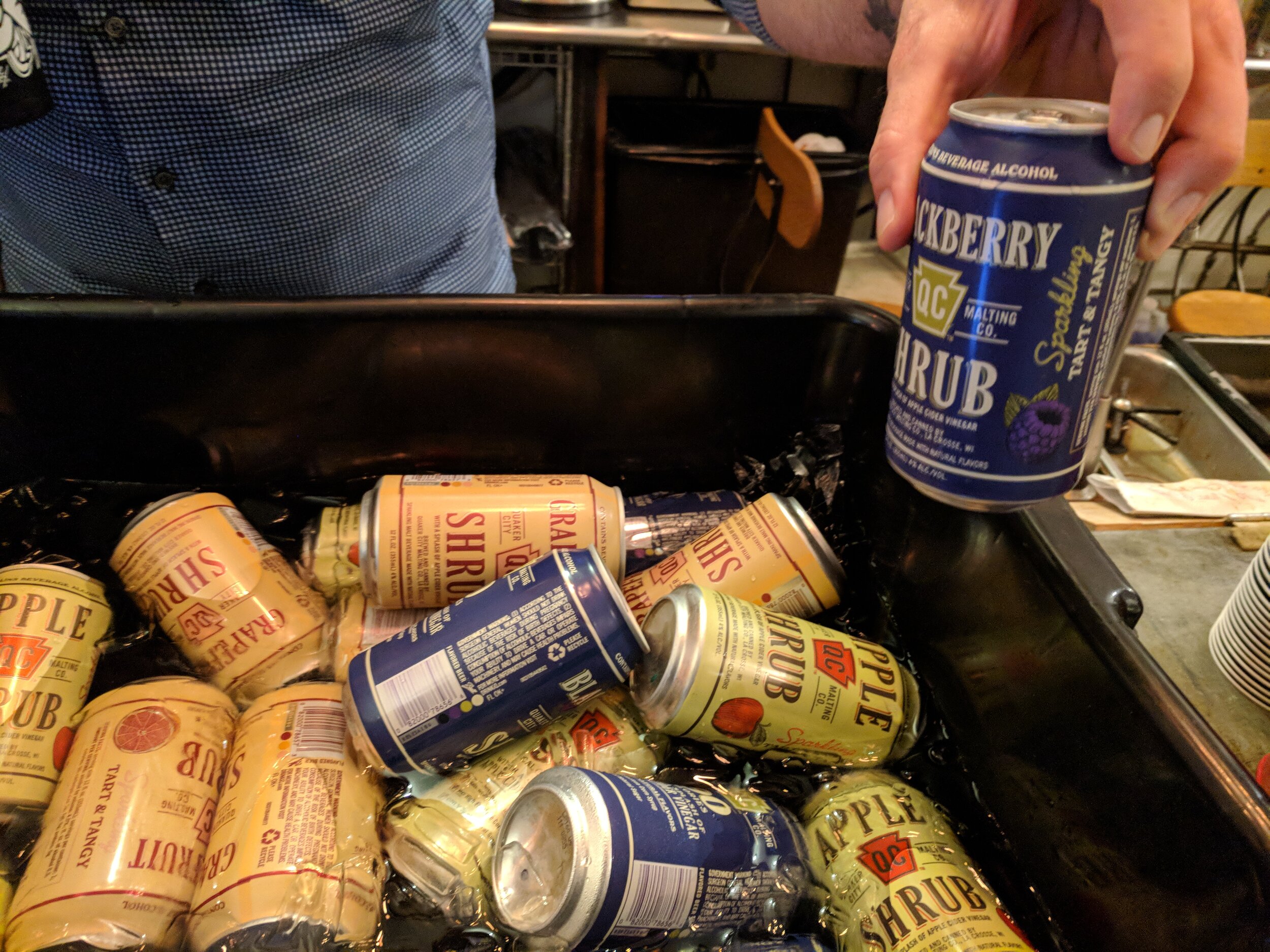
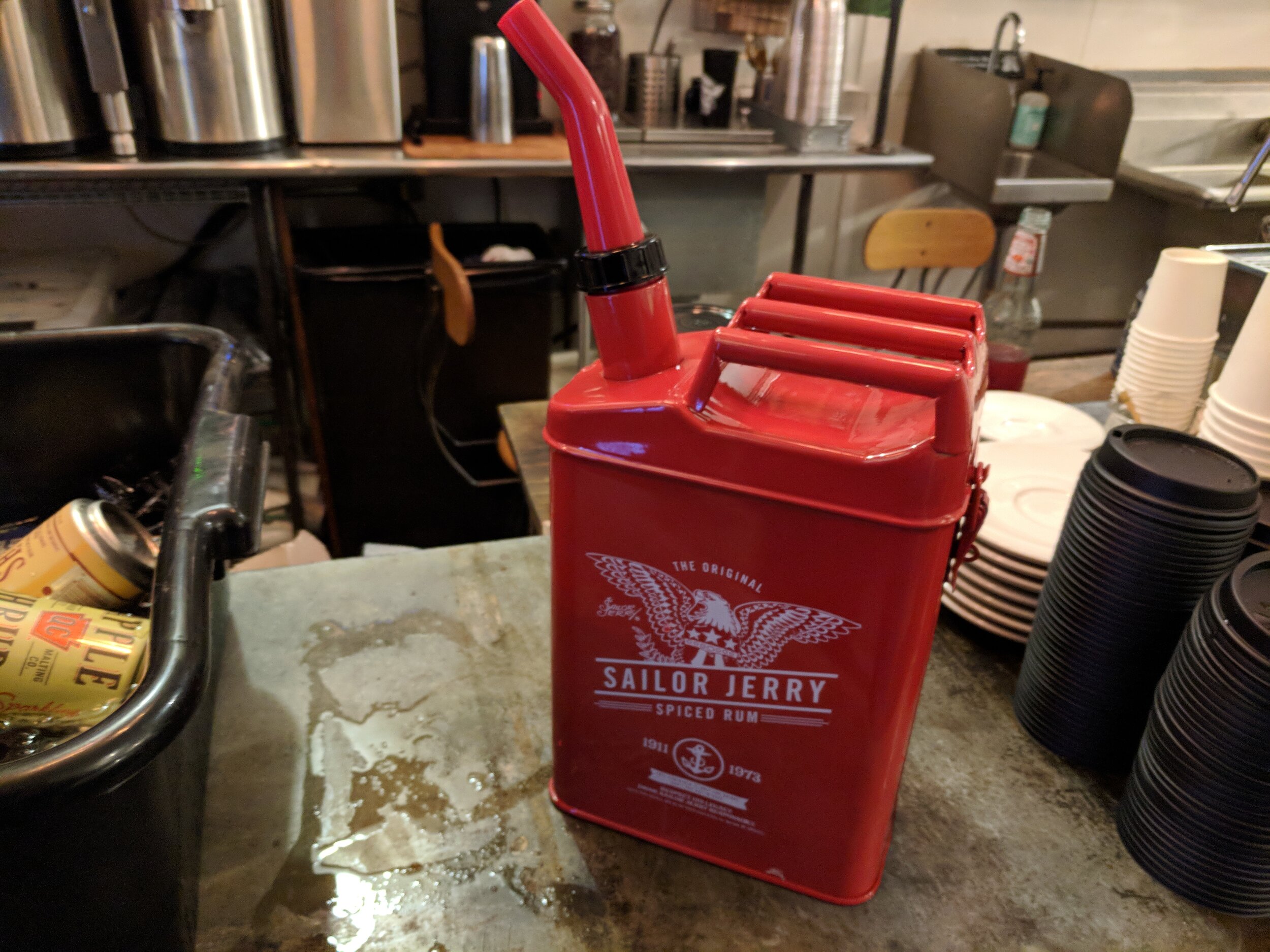
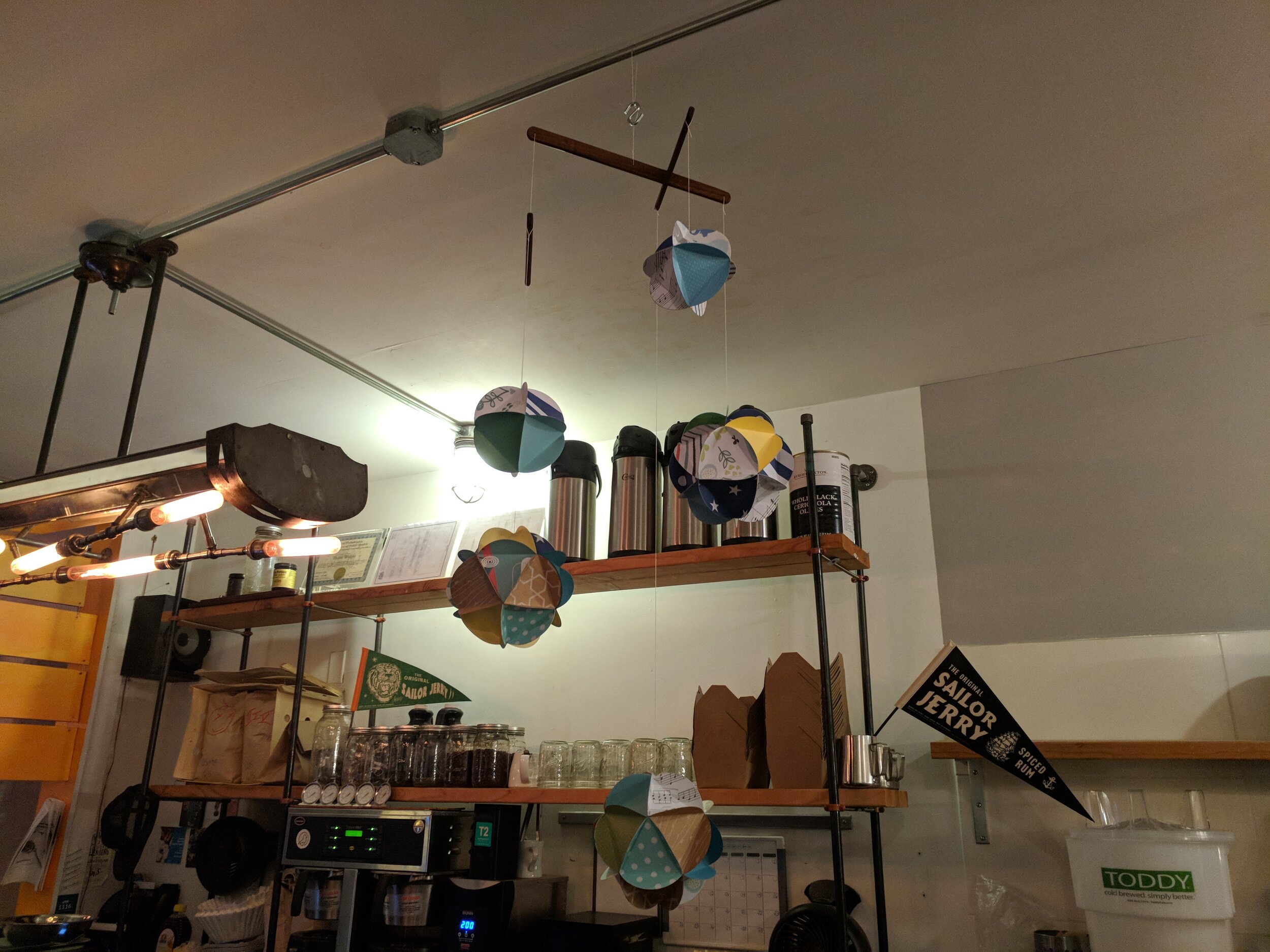
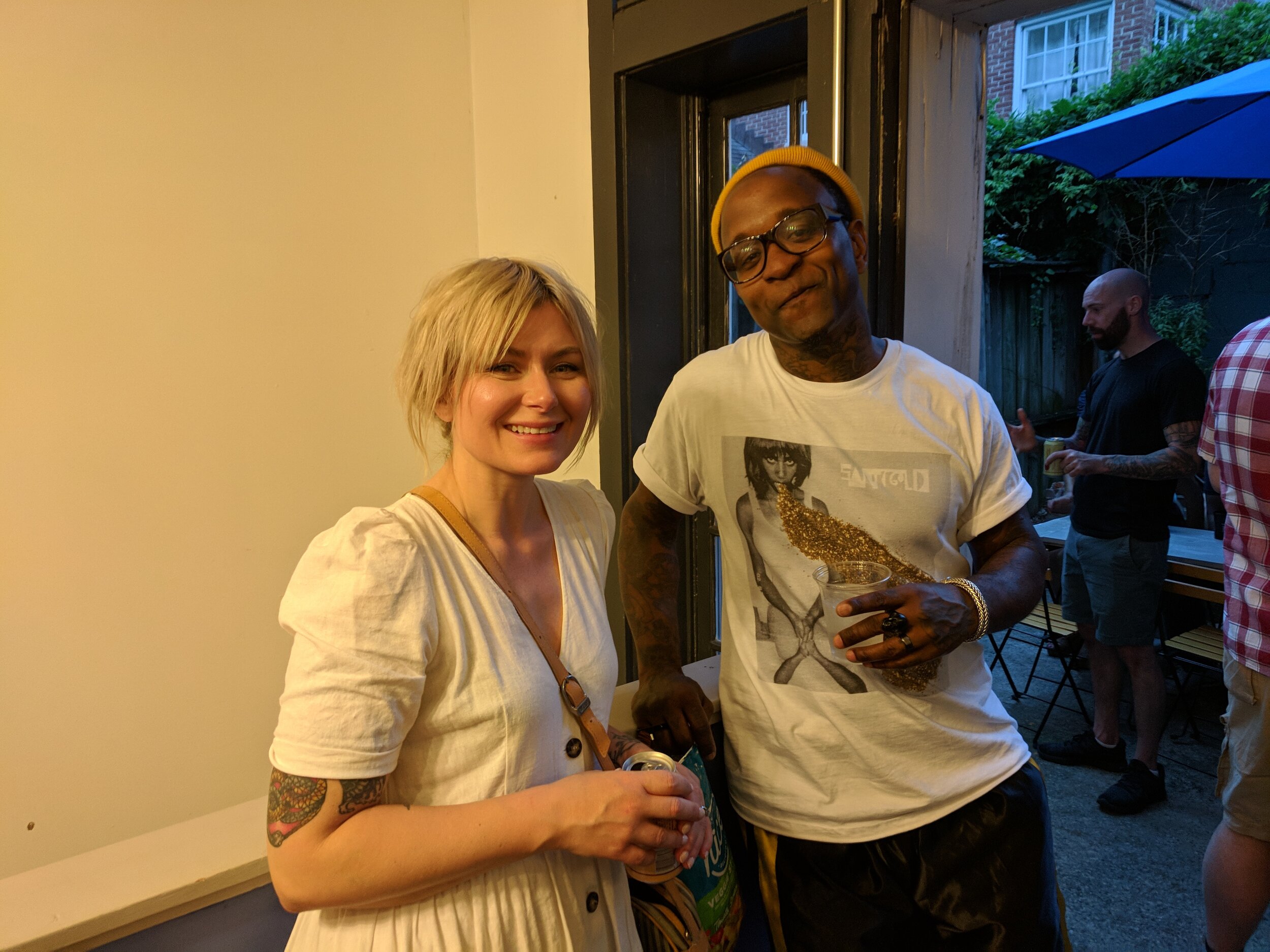
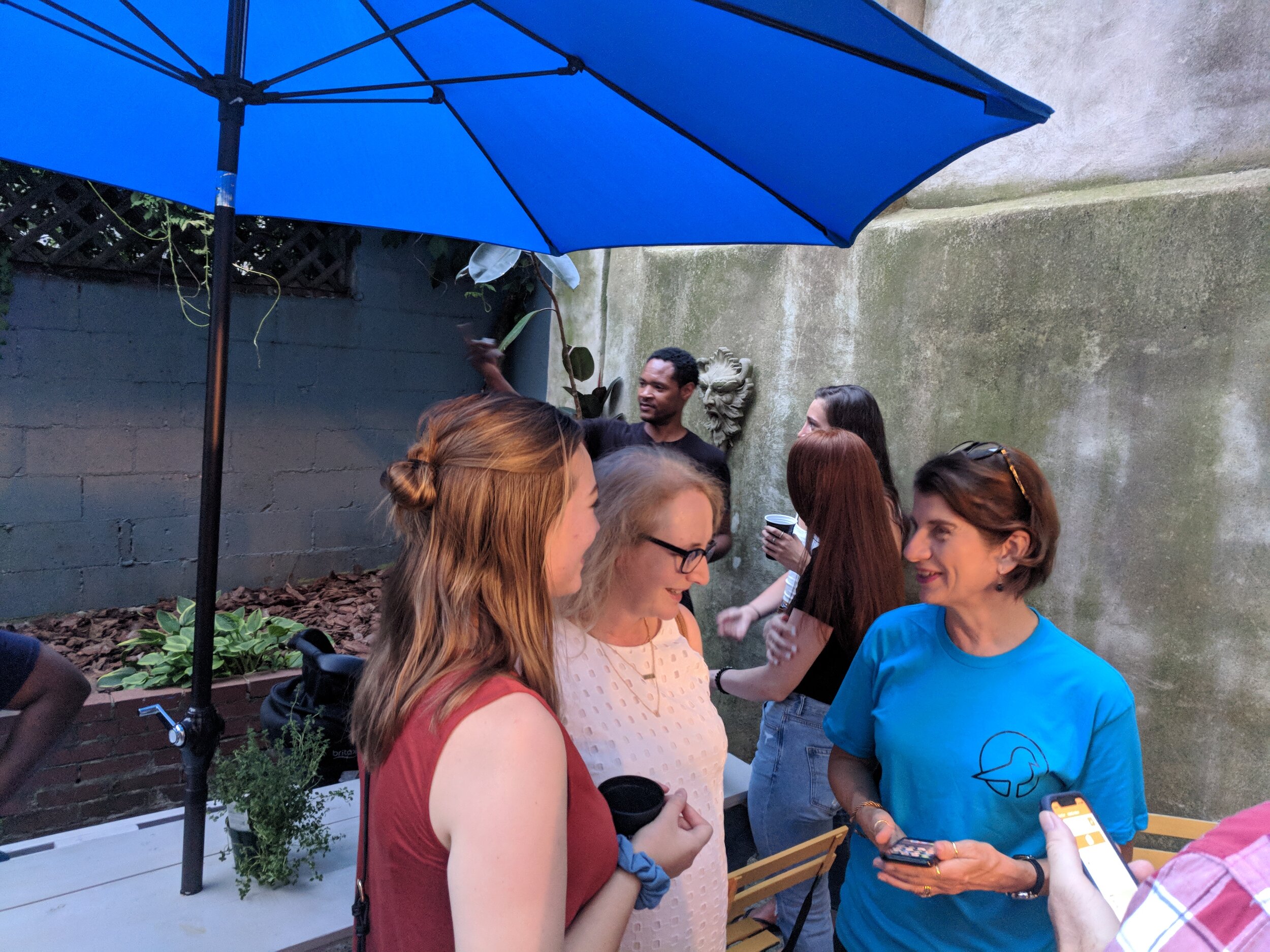
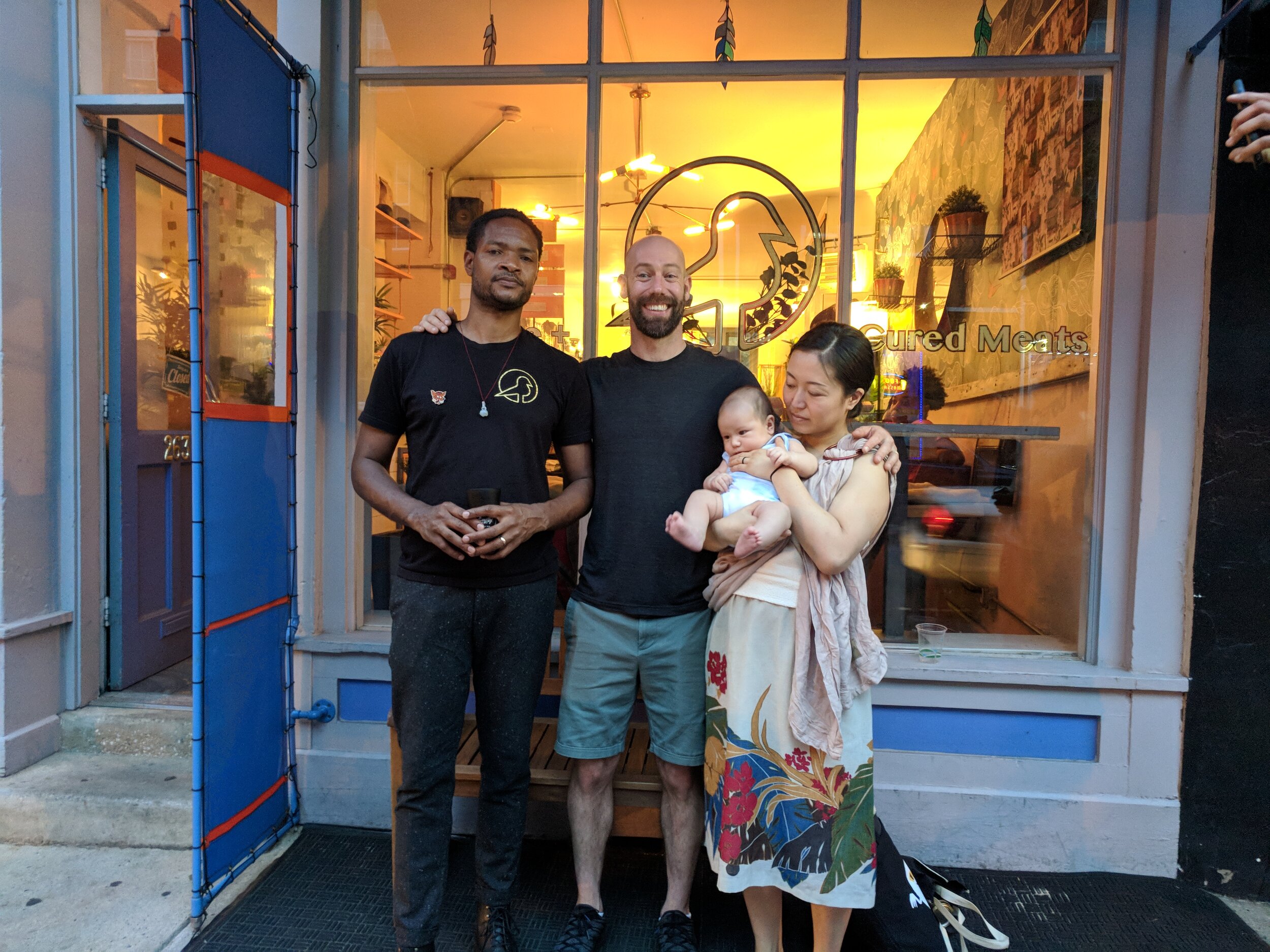
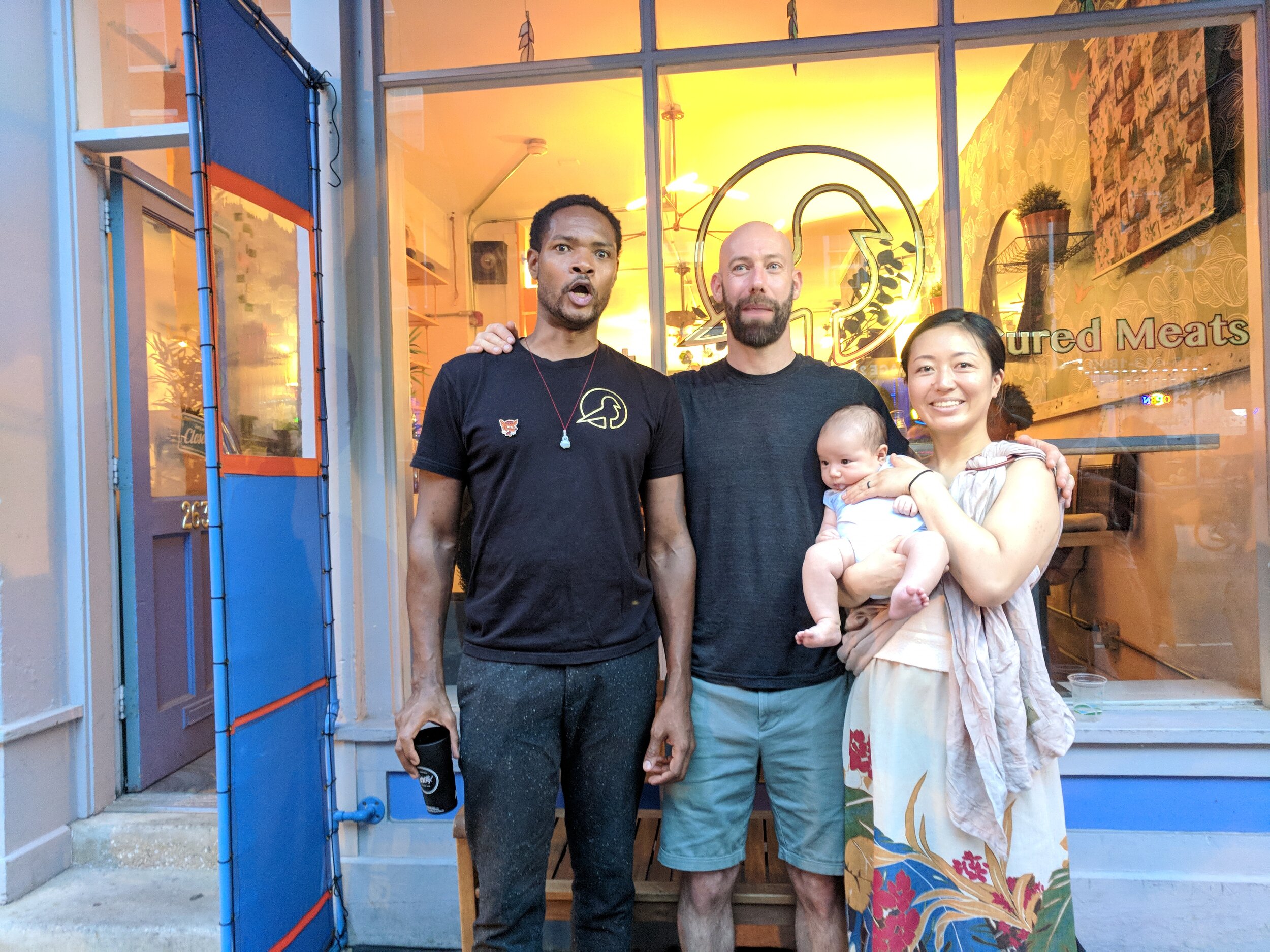
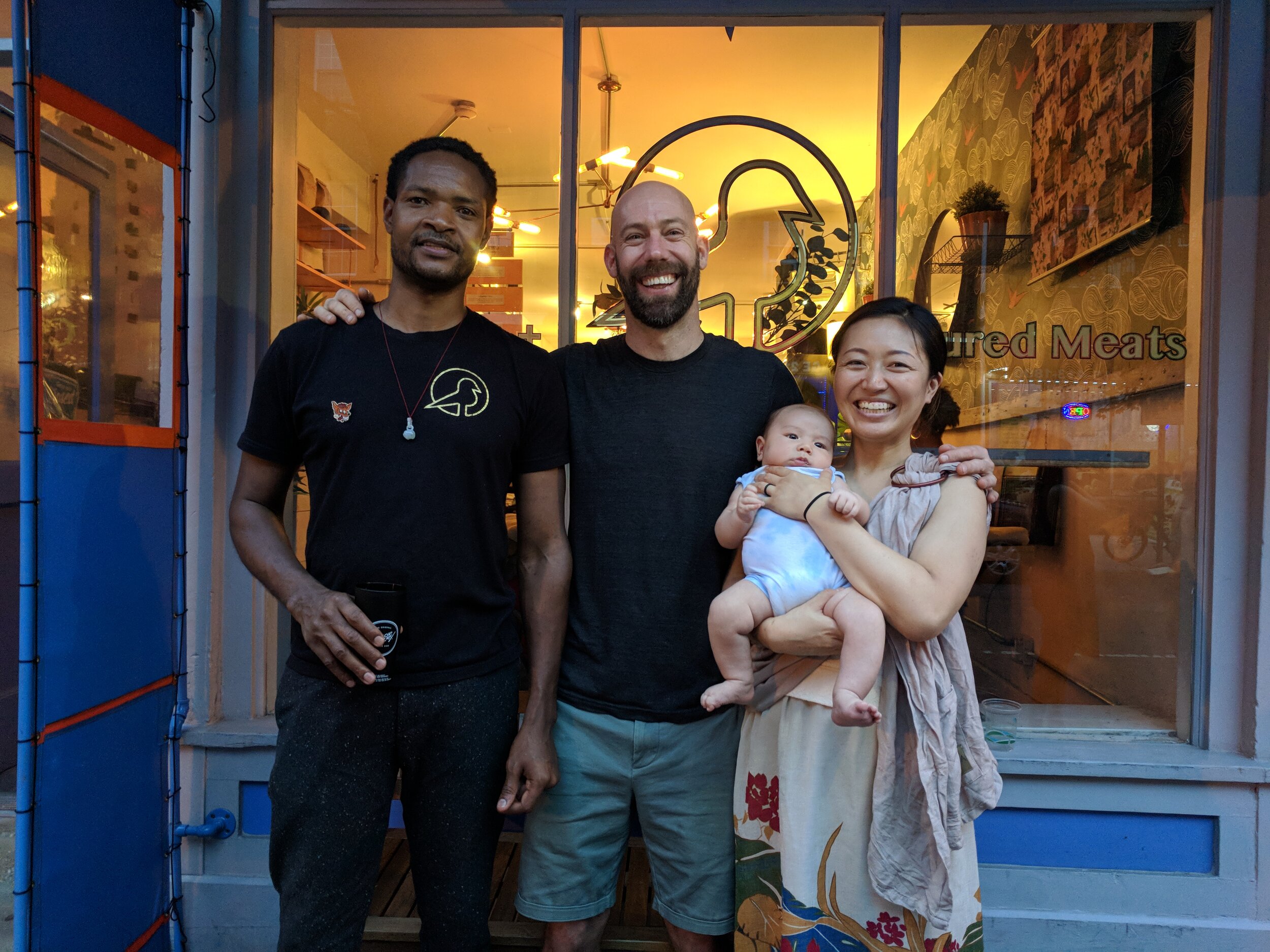
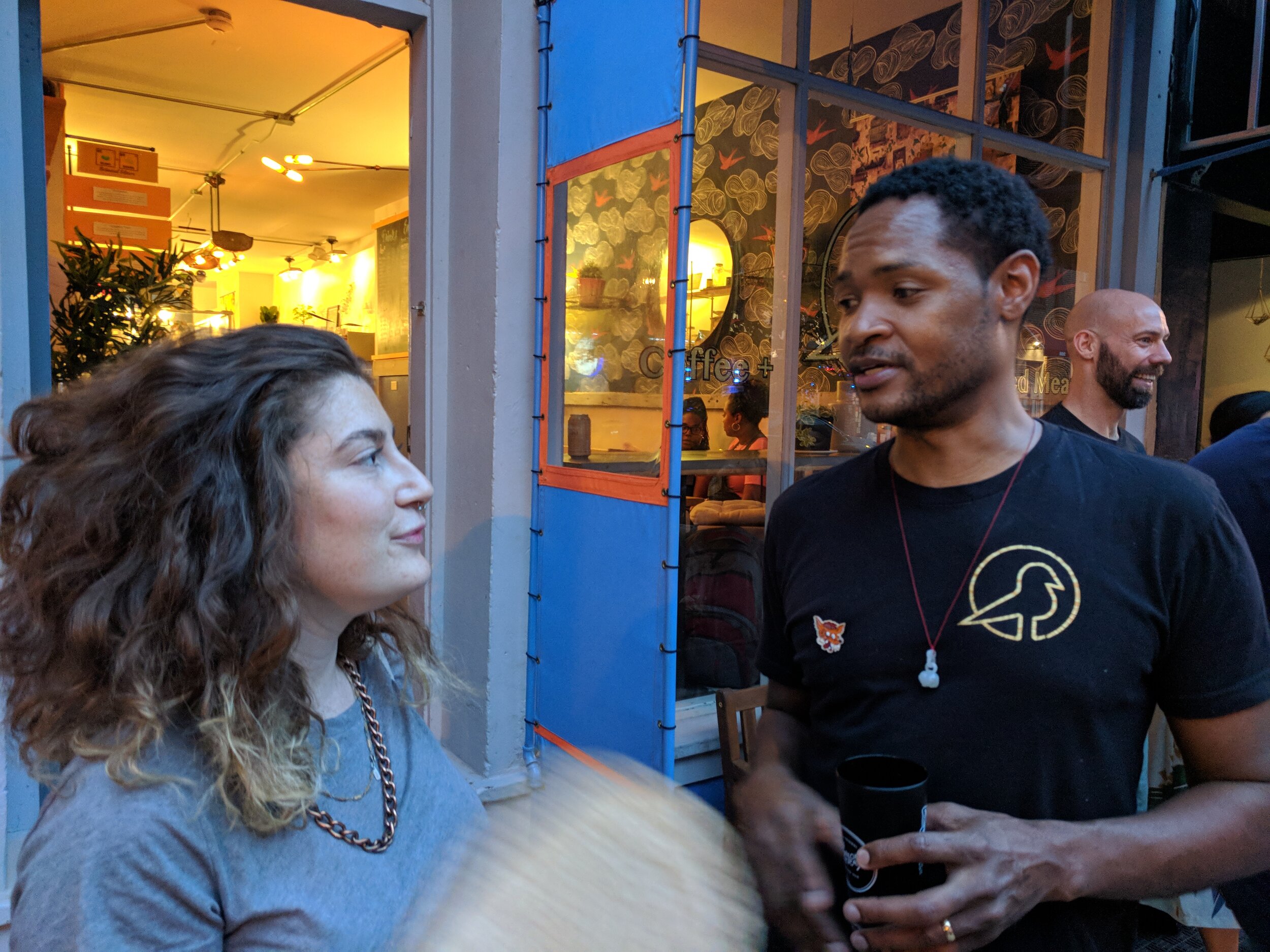
Credits
Creative Direction + Event Production by KUZU Creative
x Bower Cafe
Featured Artist Oken Studio
Music by DistantStarr
Concepting by Fredric Freeman, Sera Boeno, and
Thane Wright
KUZU x Bower Cafe
Heian Dreamin’ (Oken Studio)
Brain-child of Craig and Ayako Muir, Oken Studio is a concept furniture, art and design shop in located in South Philadelphia.
Craig’s passion for wood-working stems from his background as a guitarist, leading him to start making and repairing guitars and eventually to join Hog Eat Hog Woodshop in Florida as a builder. Ayako attended Temple University for Architecture and has worked in various disciplines such as design-build, graphic and landscape design and city-planning.
Craig and Ayako met through their individual Brazilian Jiu Jitsu practices, and quickly noticed that amongst other things, they share a passion for design and building. In 2017, they started creating furniture together in the basement of their row home.
Oken Studio currently custom produces work to order (via @oken_studio or info@okenstudio), with plans of expanding by the end of 2019 to offer small-medium sized products on their new website. Their designs can be found in and around Philadelphia.
Heian Dreamin’:
In “Heian Dreamin” Oken Studio re-explores Japanese influence in modern furniture by bringing unexpected light and form into play. The series on display is strongly influenced by Heian-kyo, the Japanese capital between 8th to 12th centuries(current-day Kyoto), where the airy yet balanced Shinden-zukuri —a style of domestic architecture for Heian period palaces and mansions— emerged and took hold.
Heian Dreamin’ emphasizes subtle detailing, careful curves and clean angles. Allowing unique wood-grains dictate their designs and using both traditional hand tools and contemporary techniques, the Muirs balance nature and human intervention, tradition and modernity, functionality and elegance.
